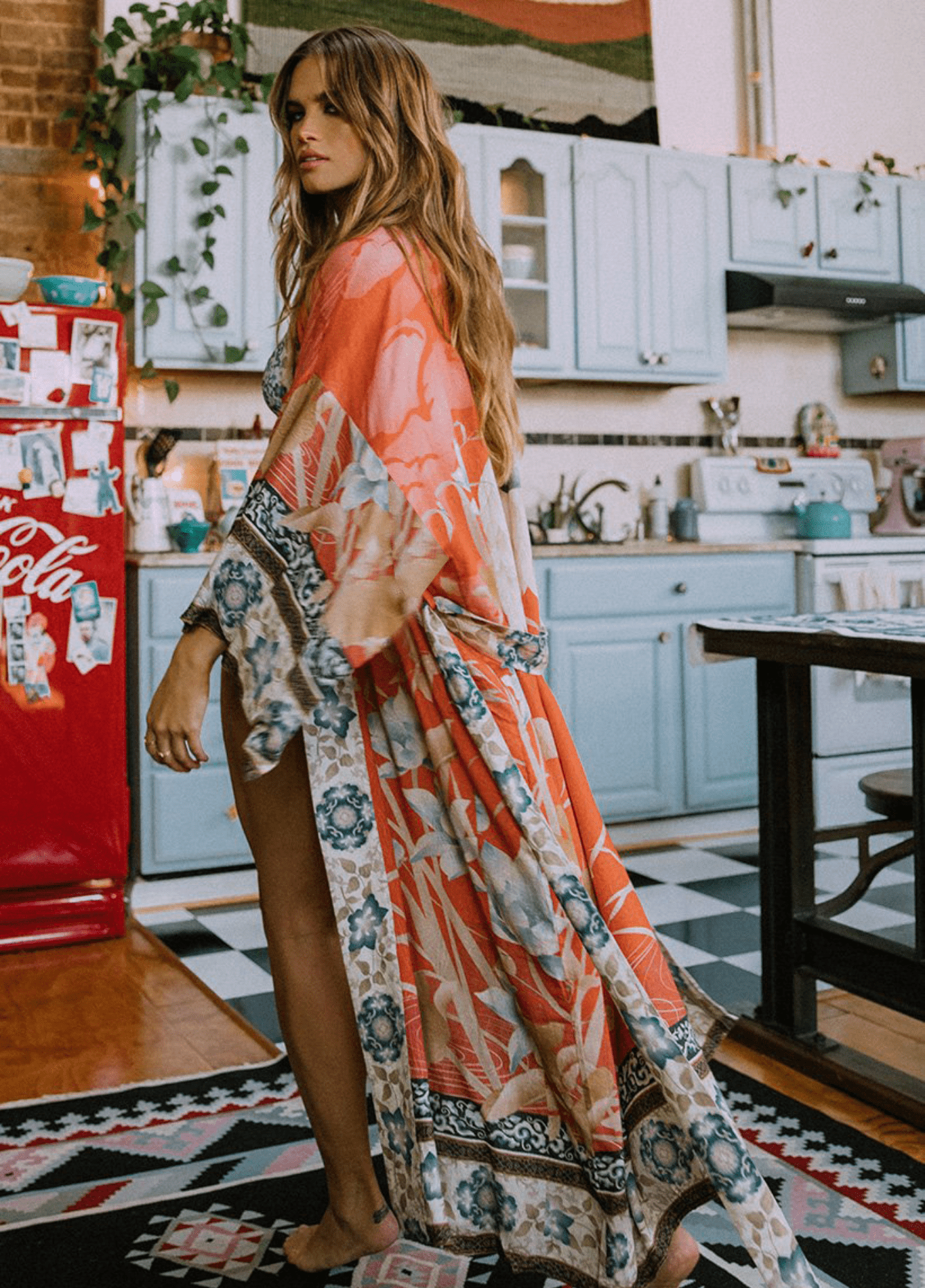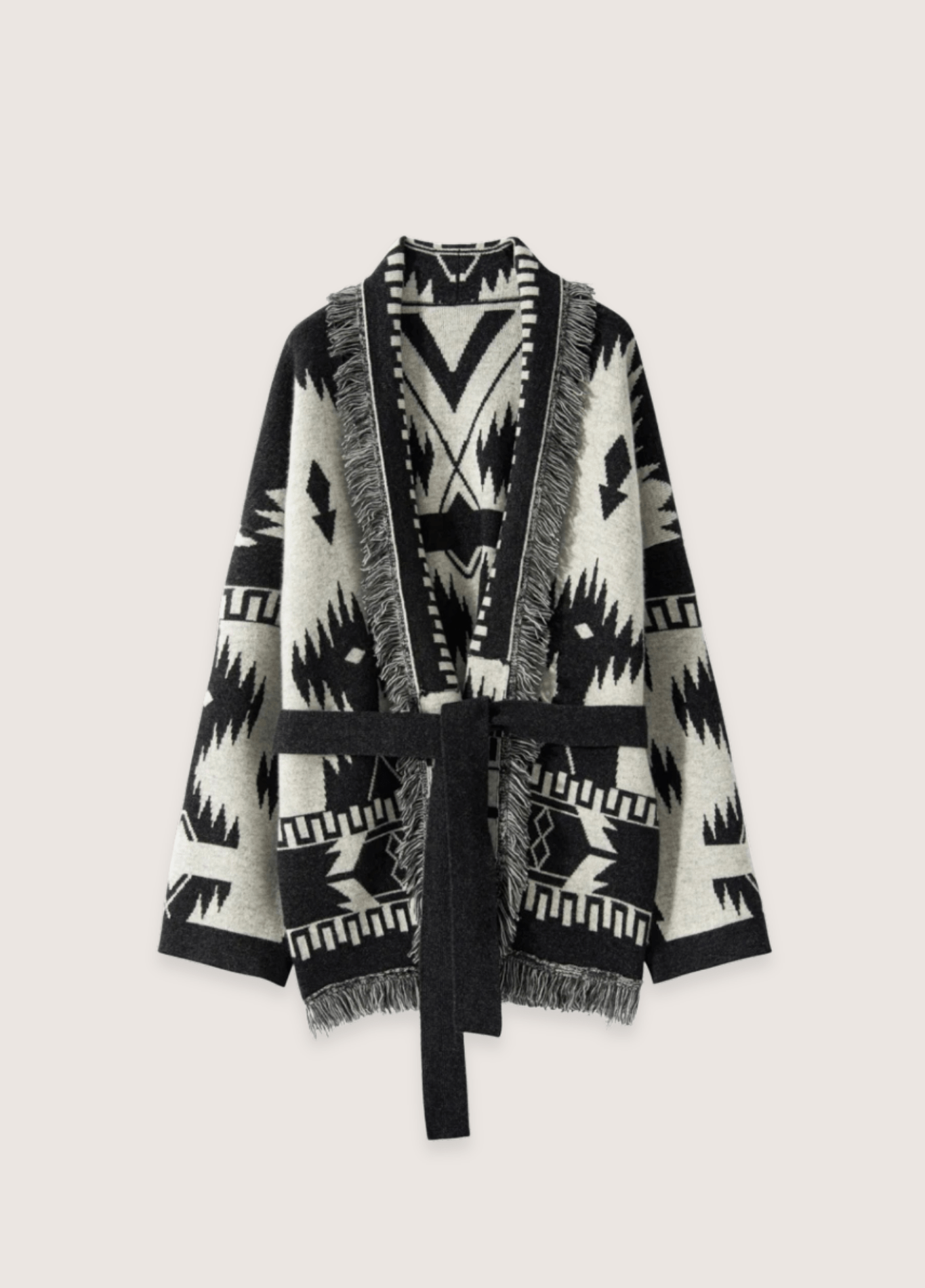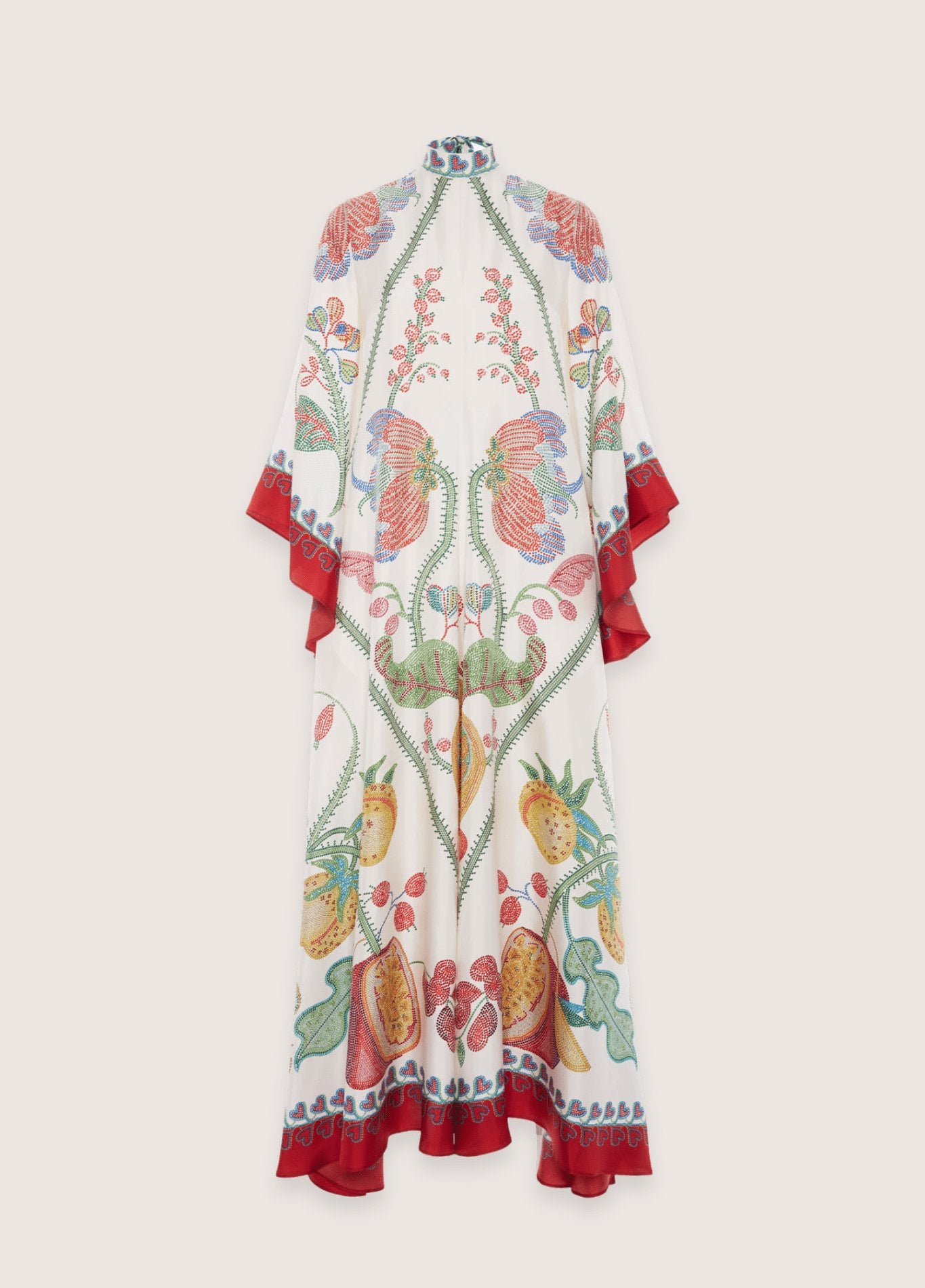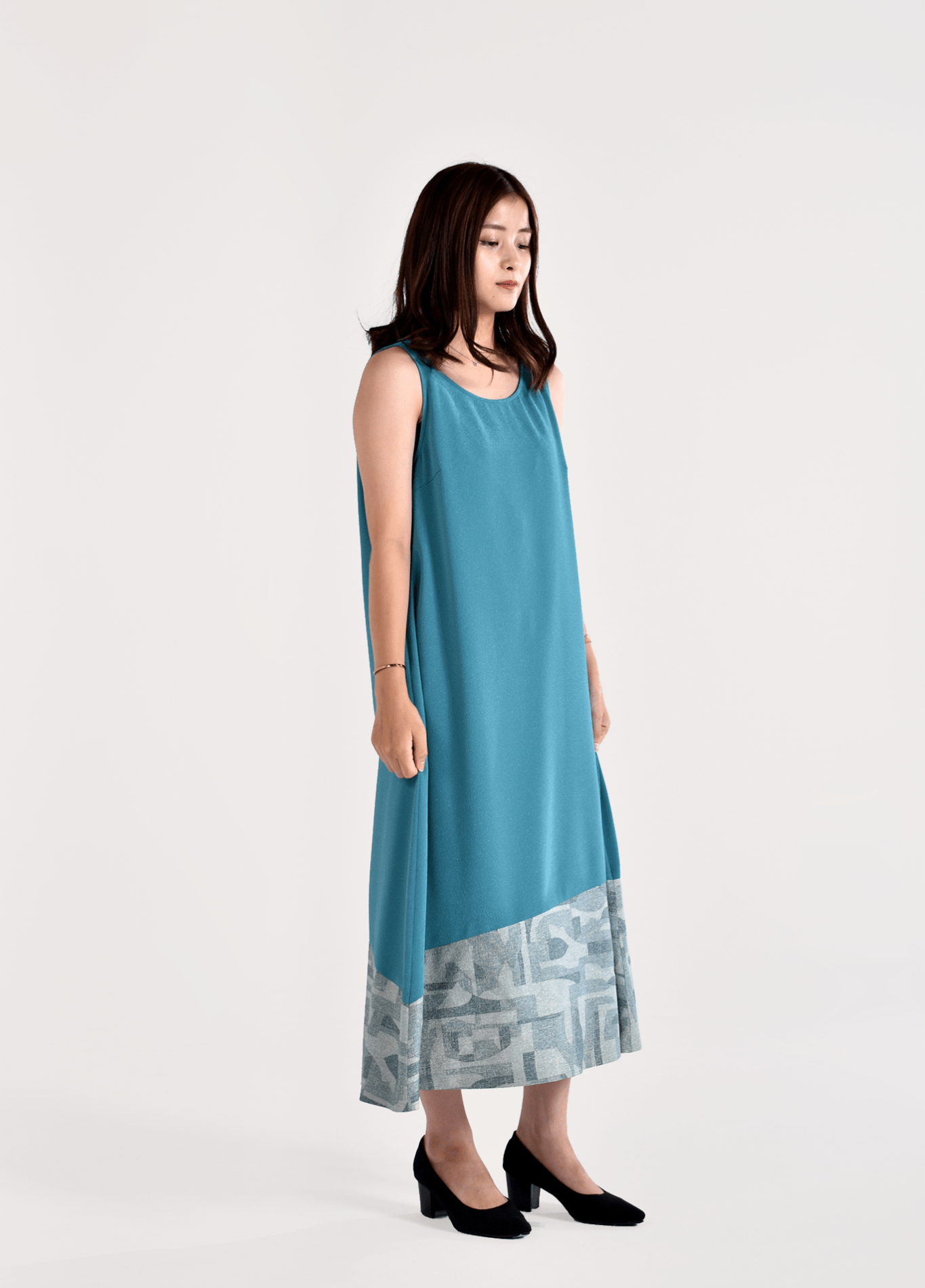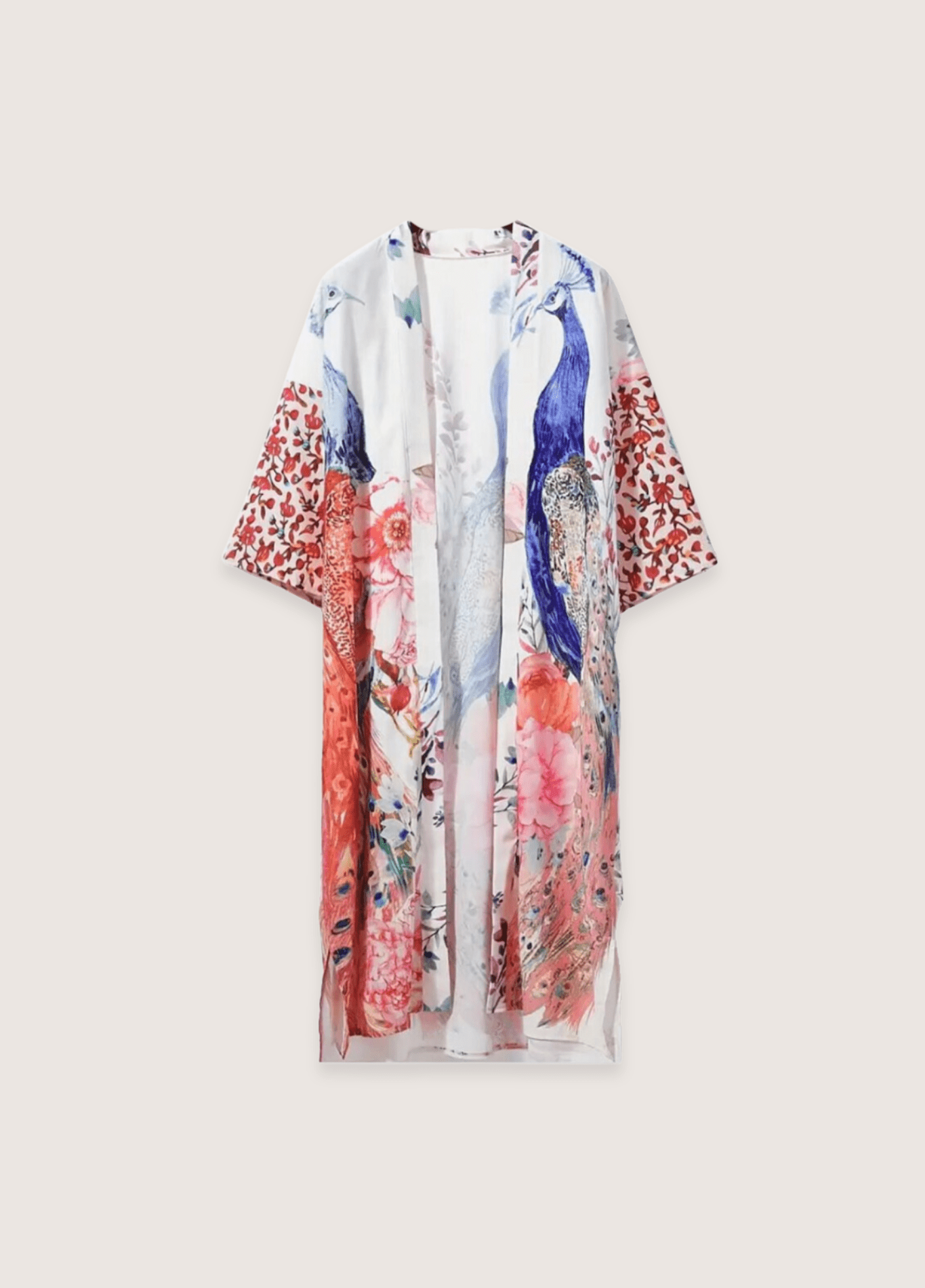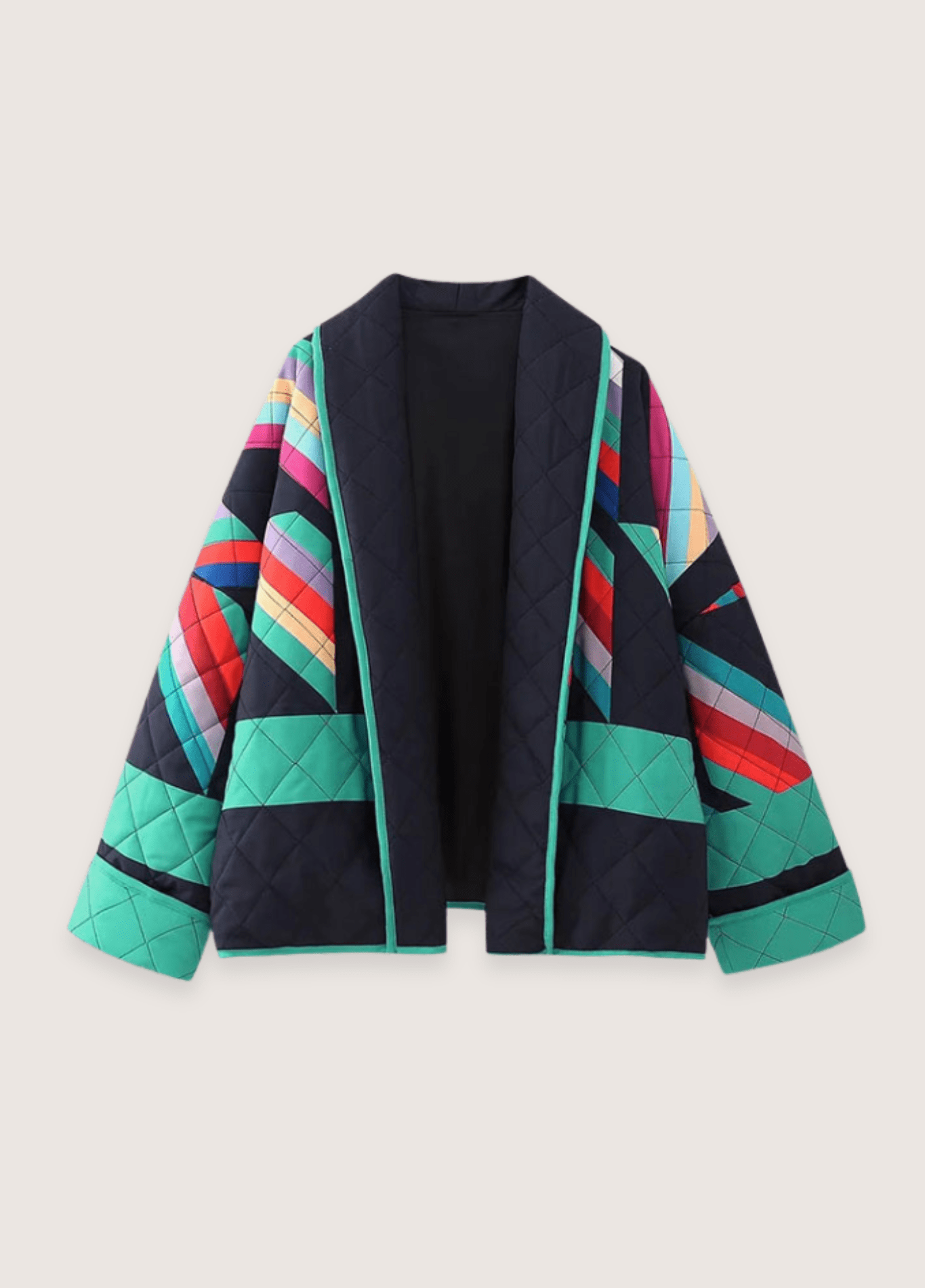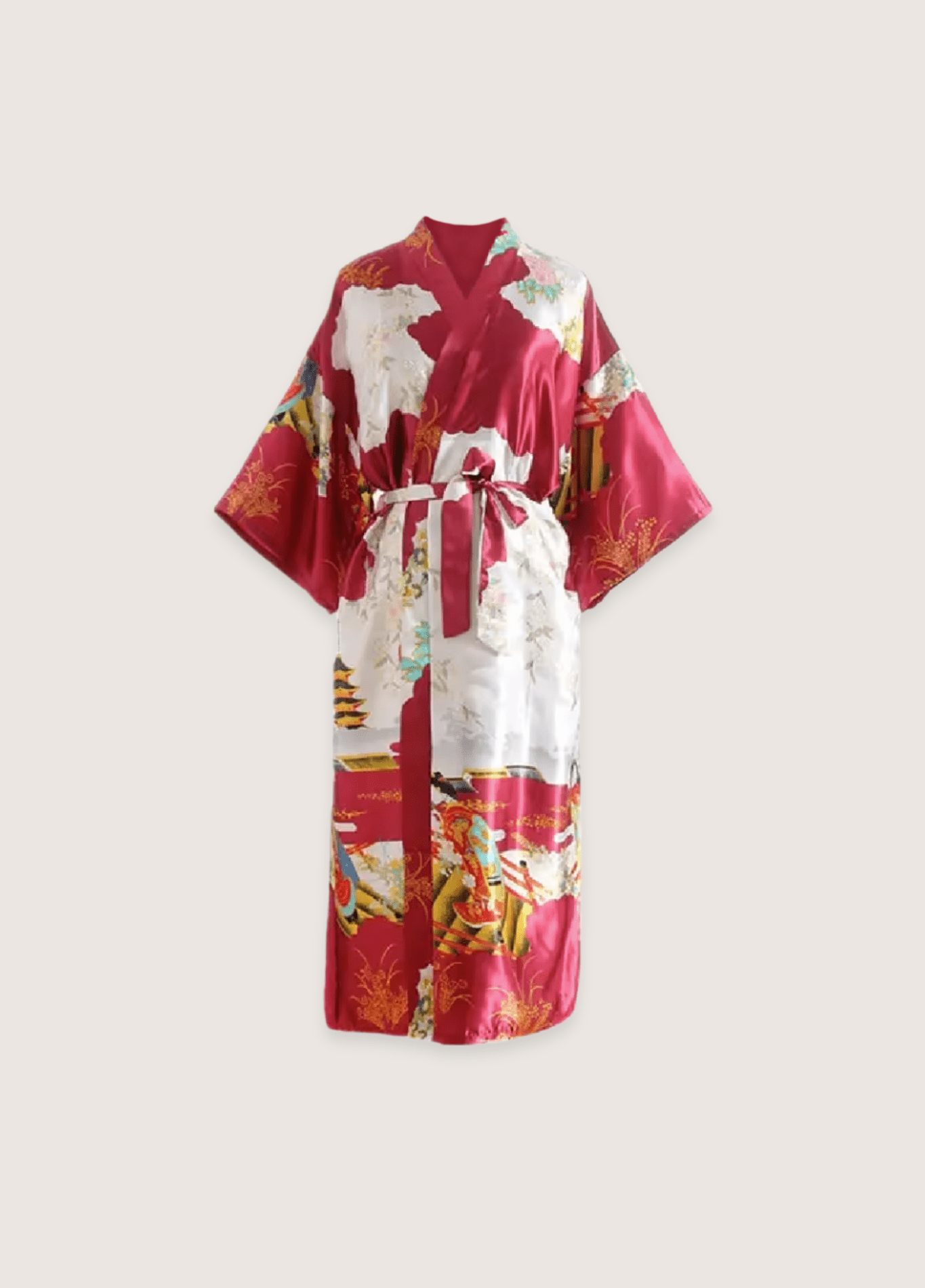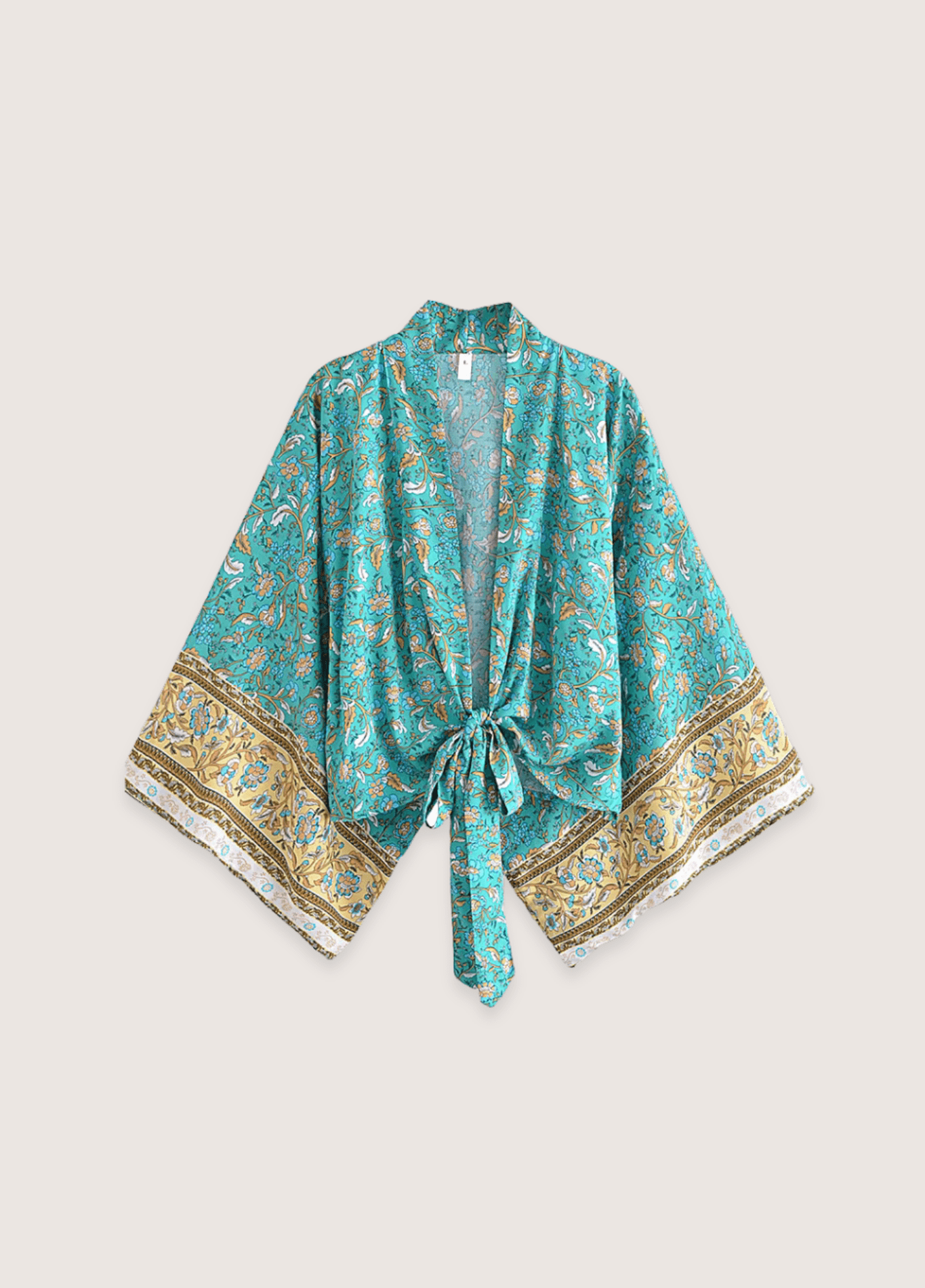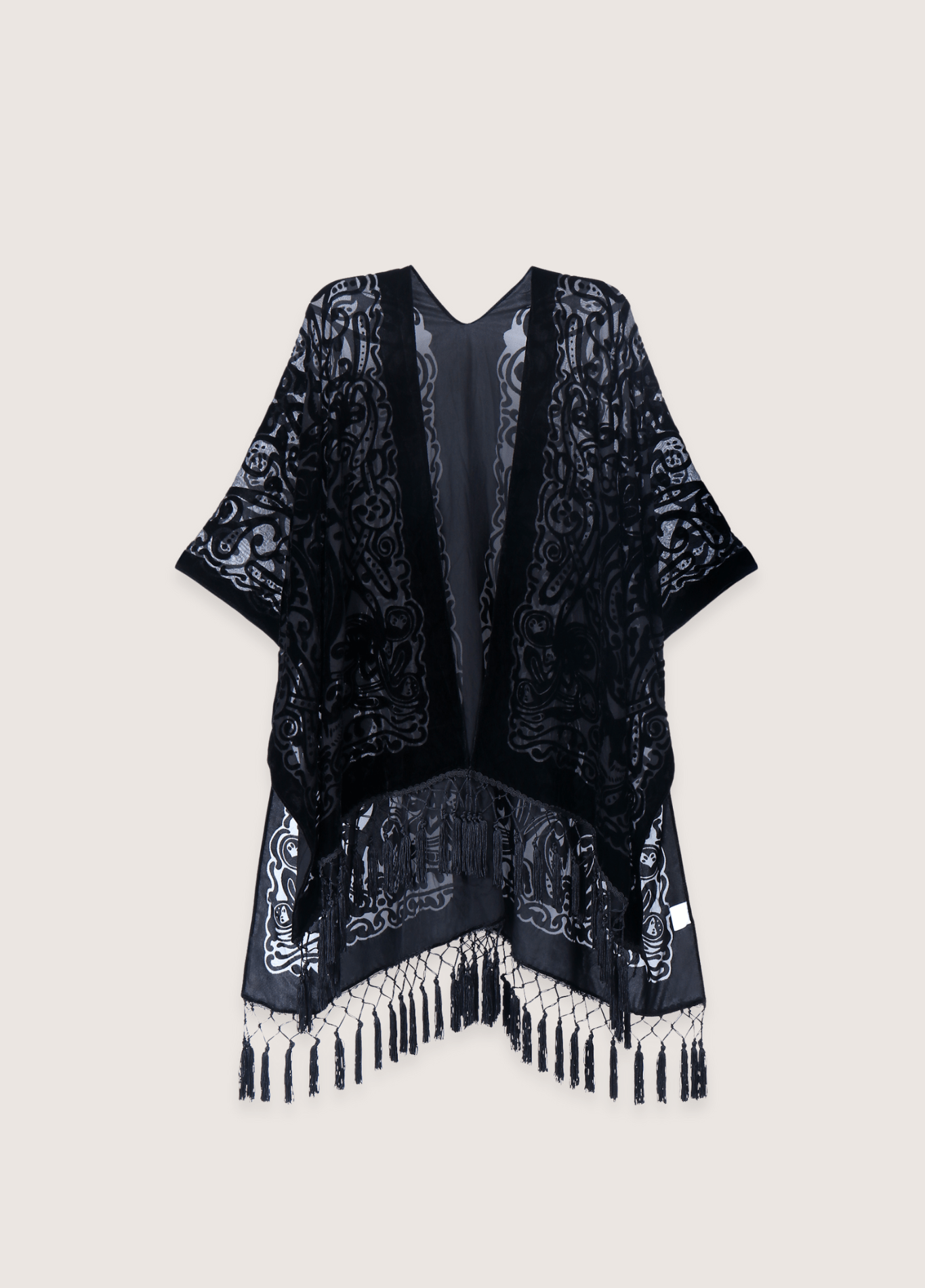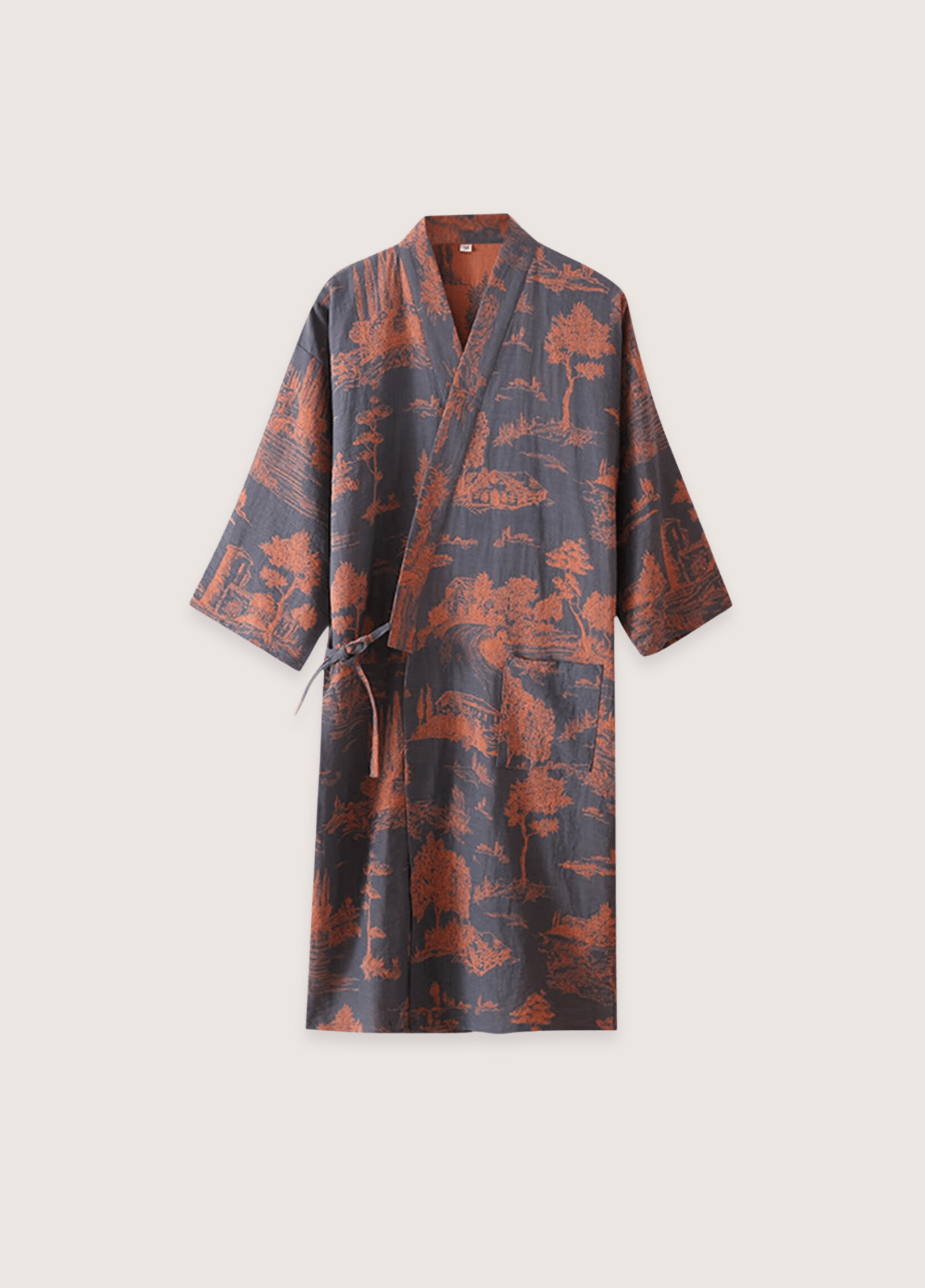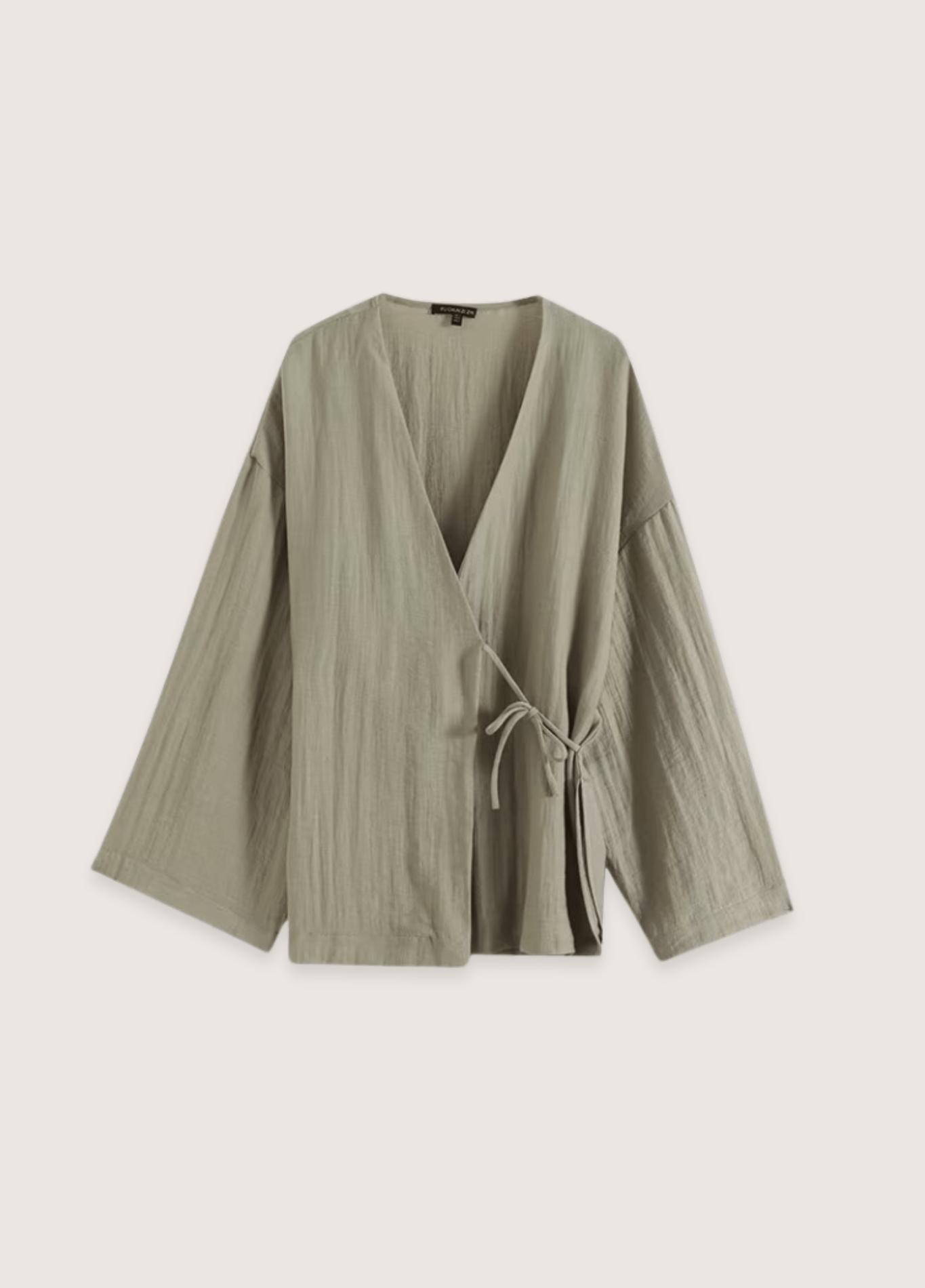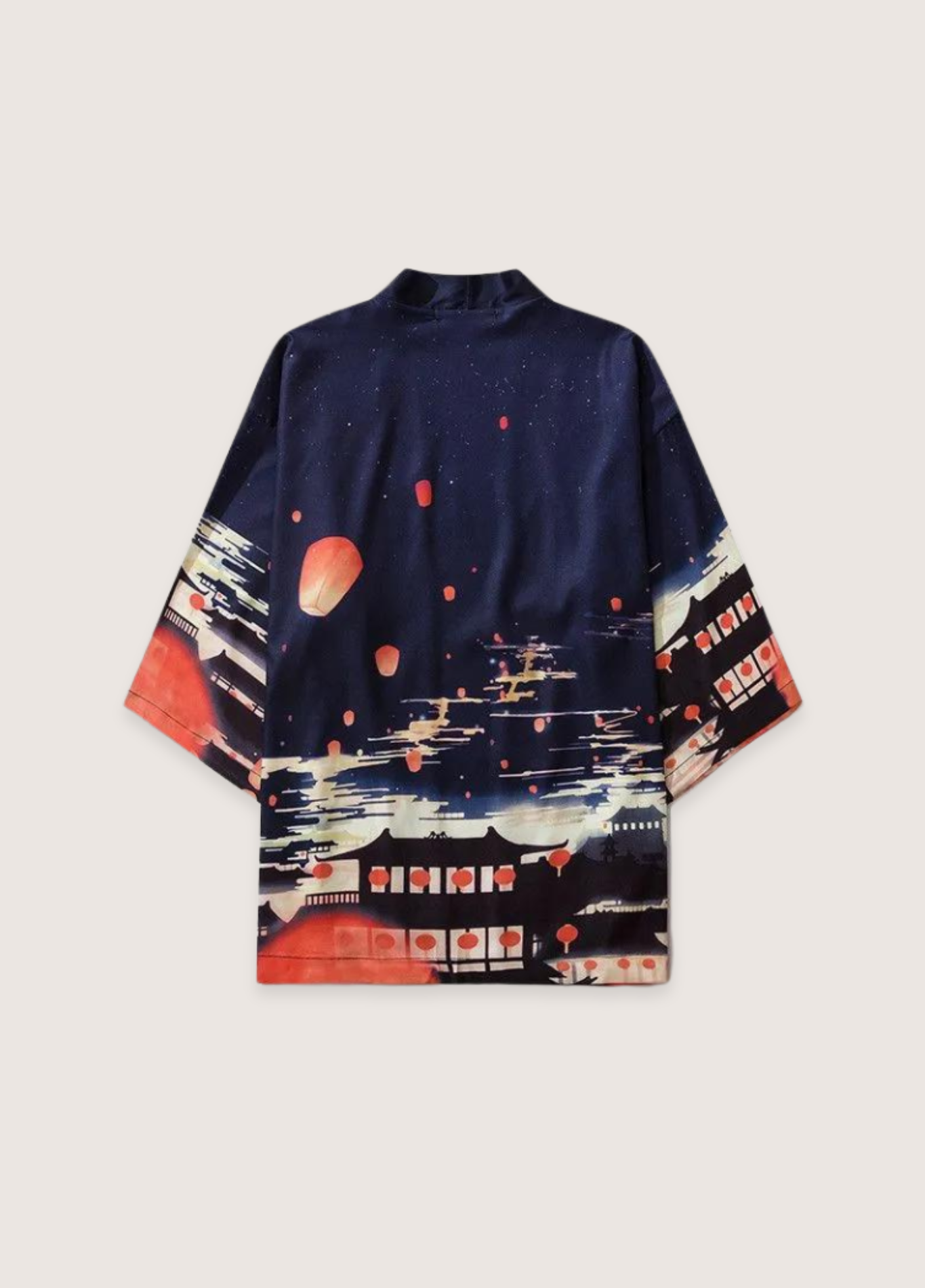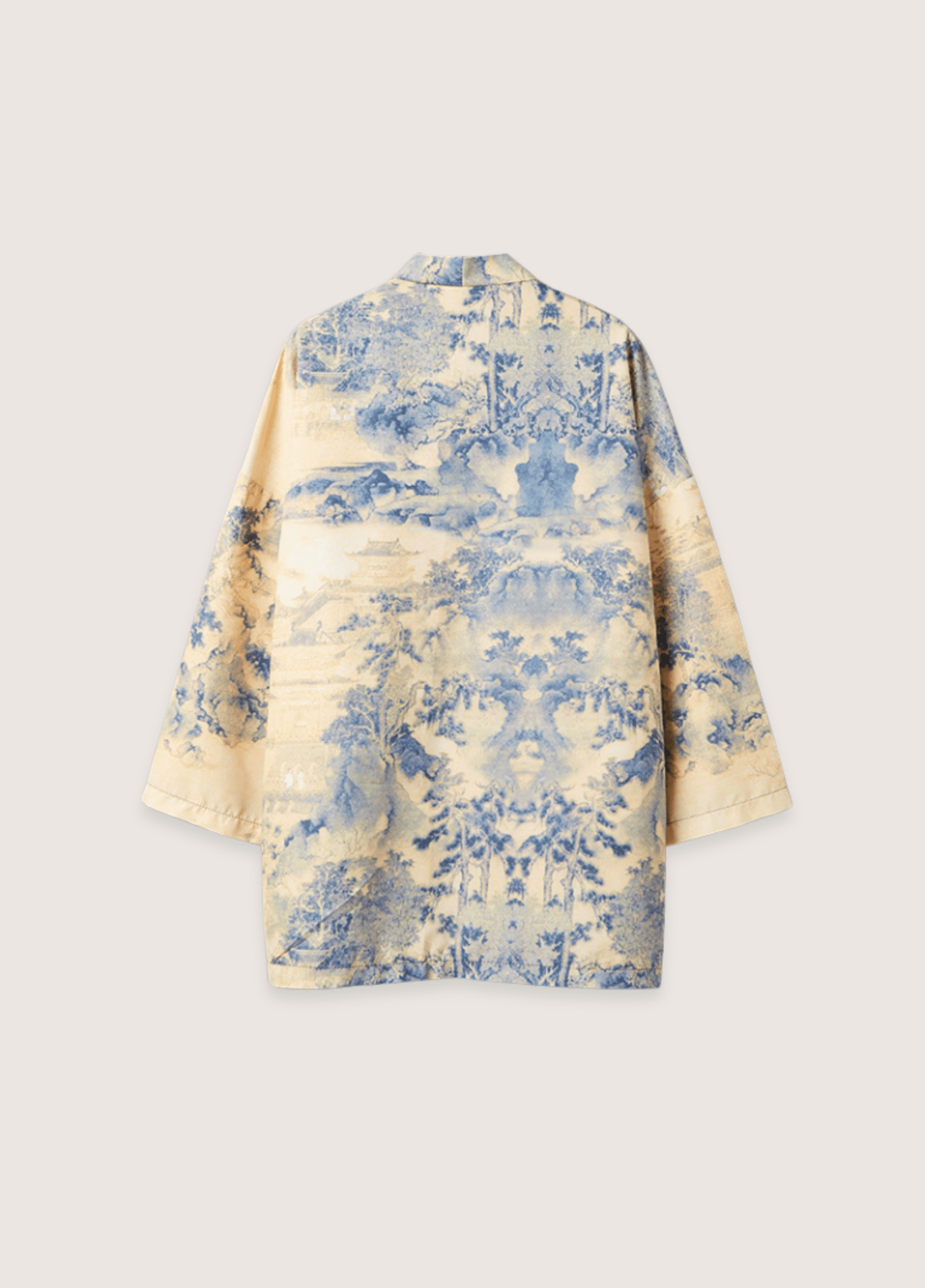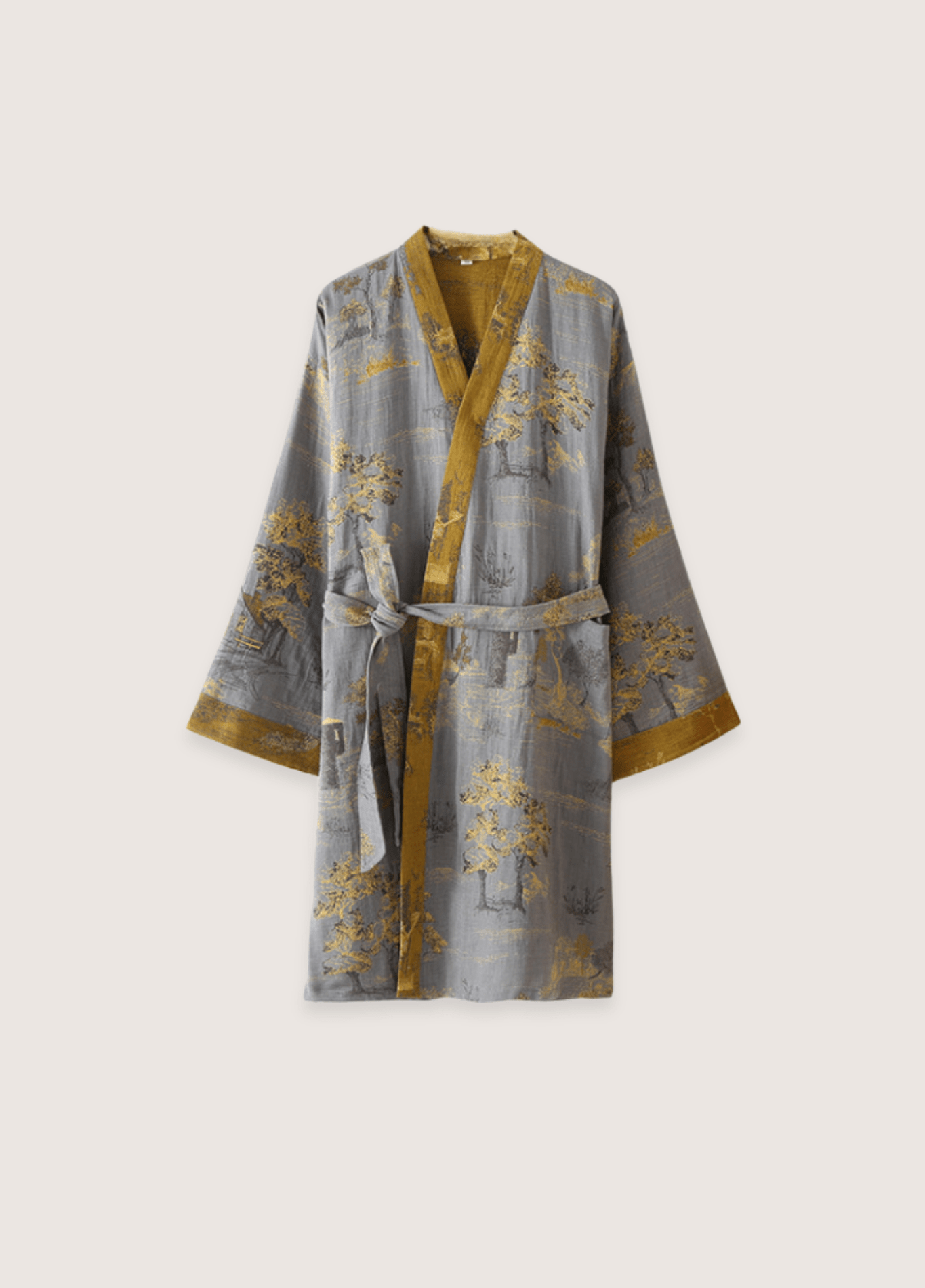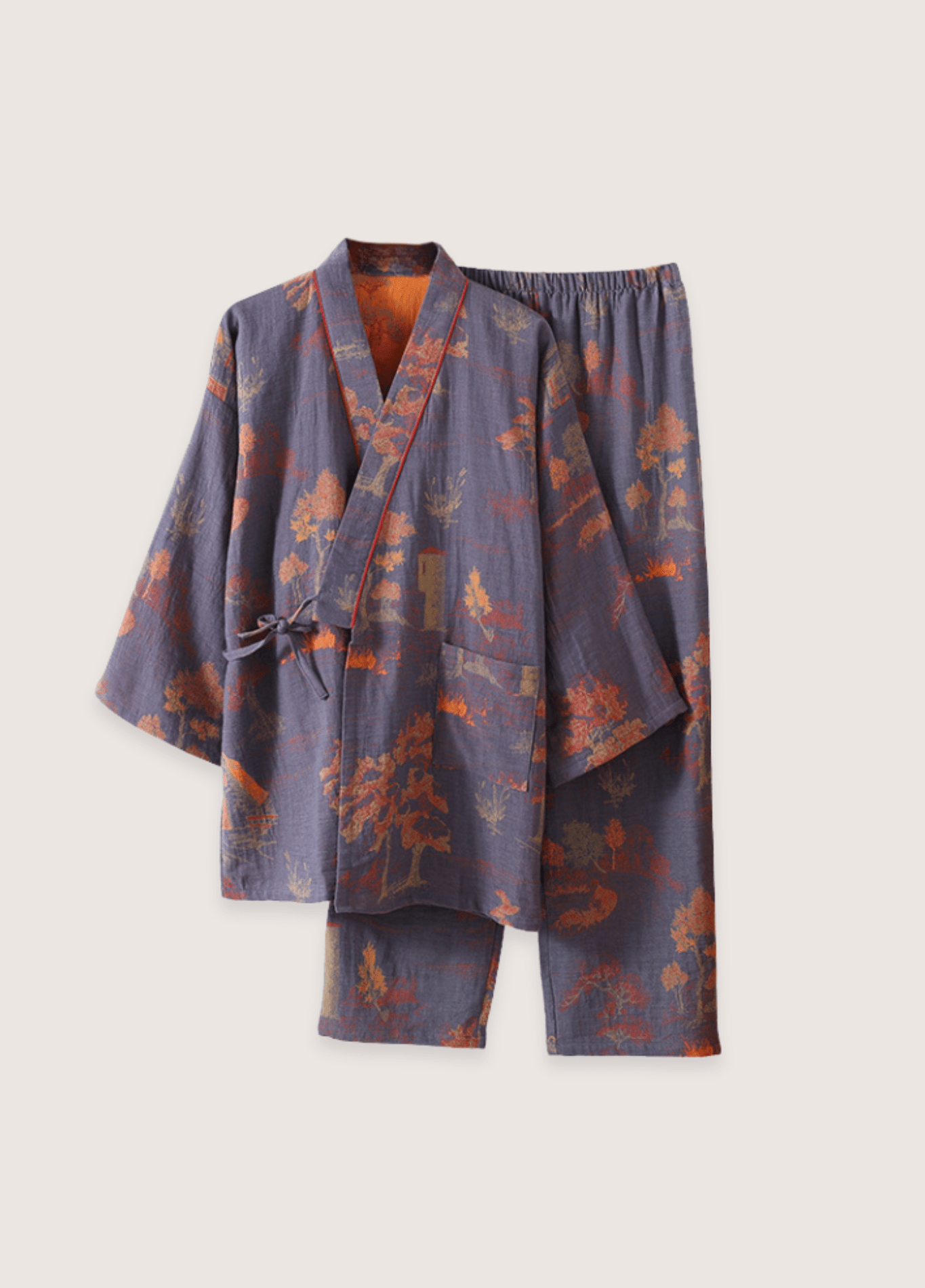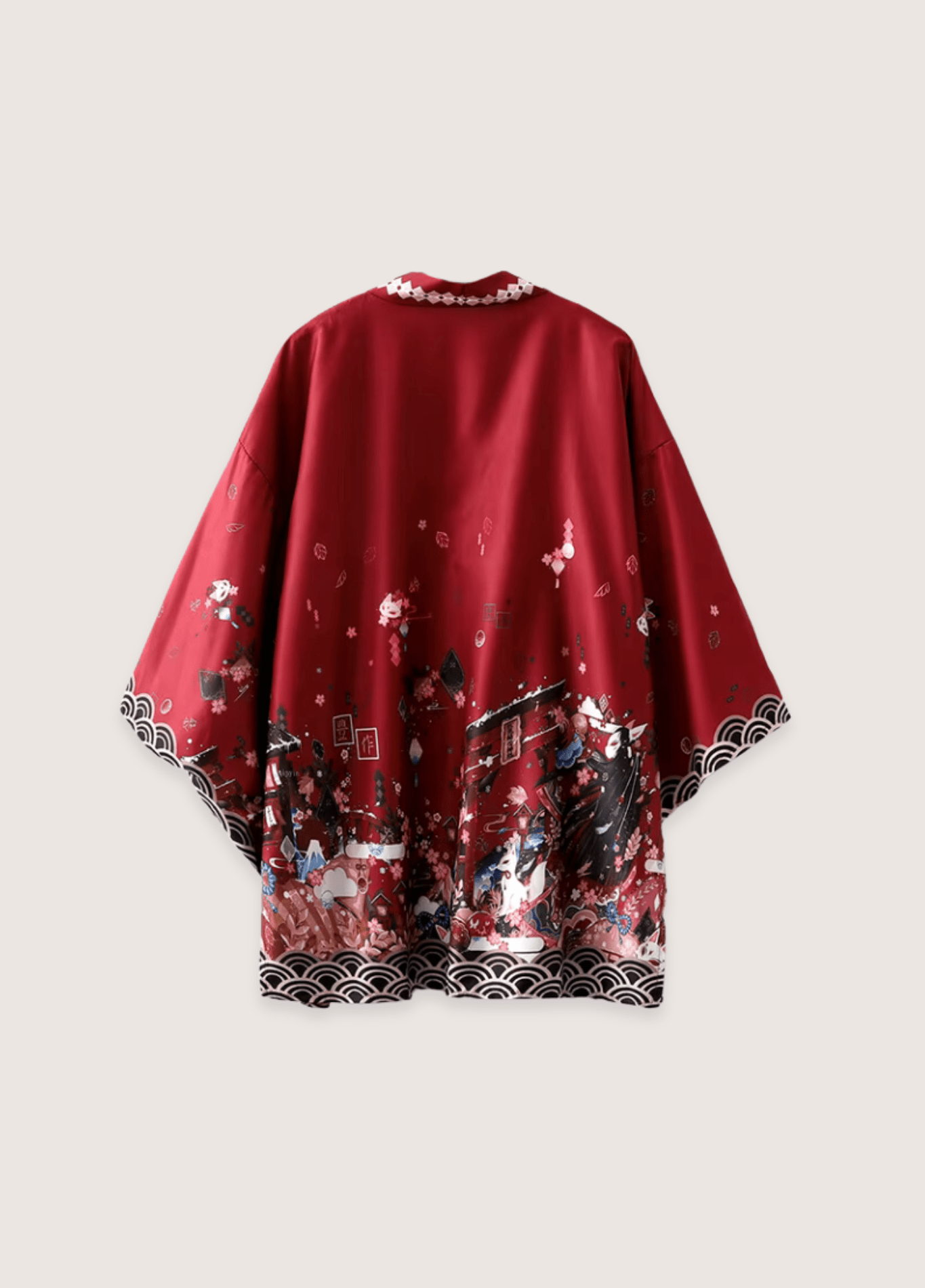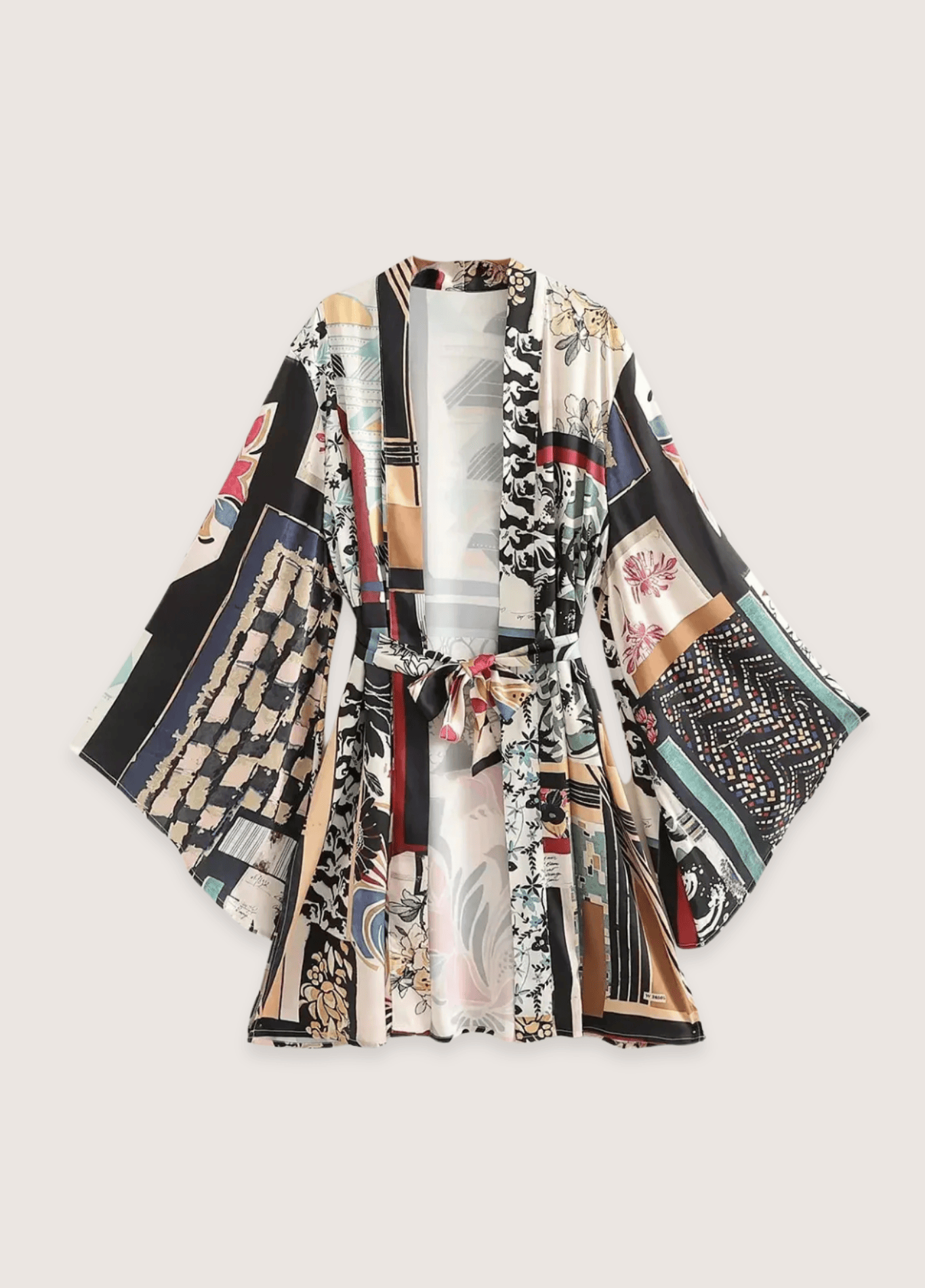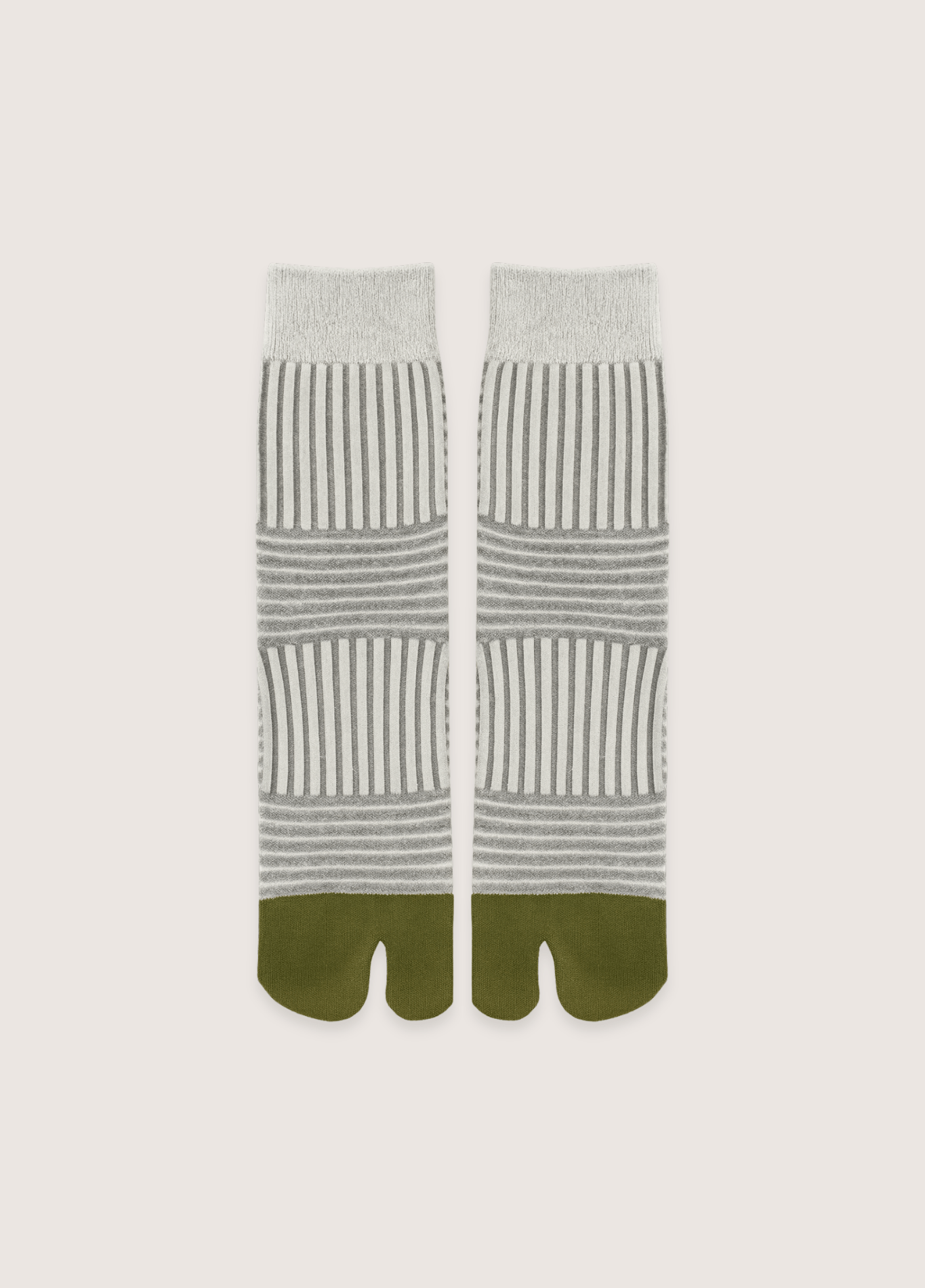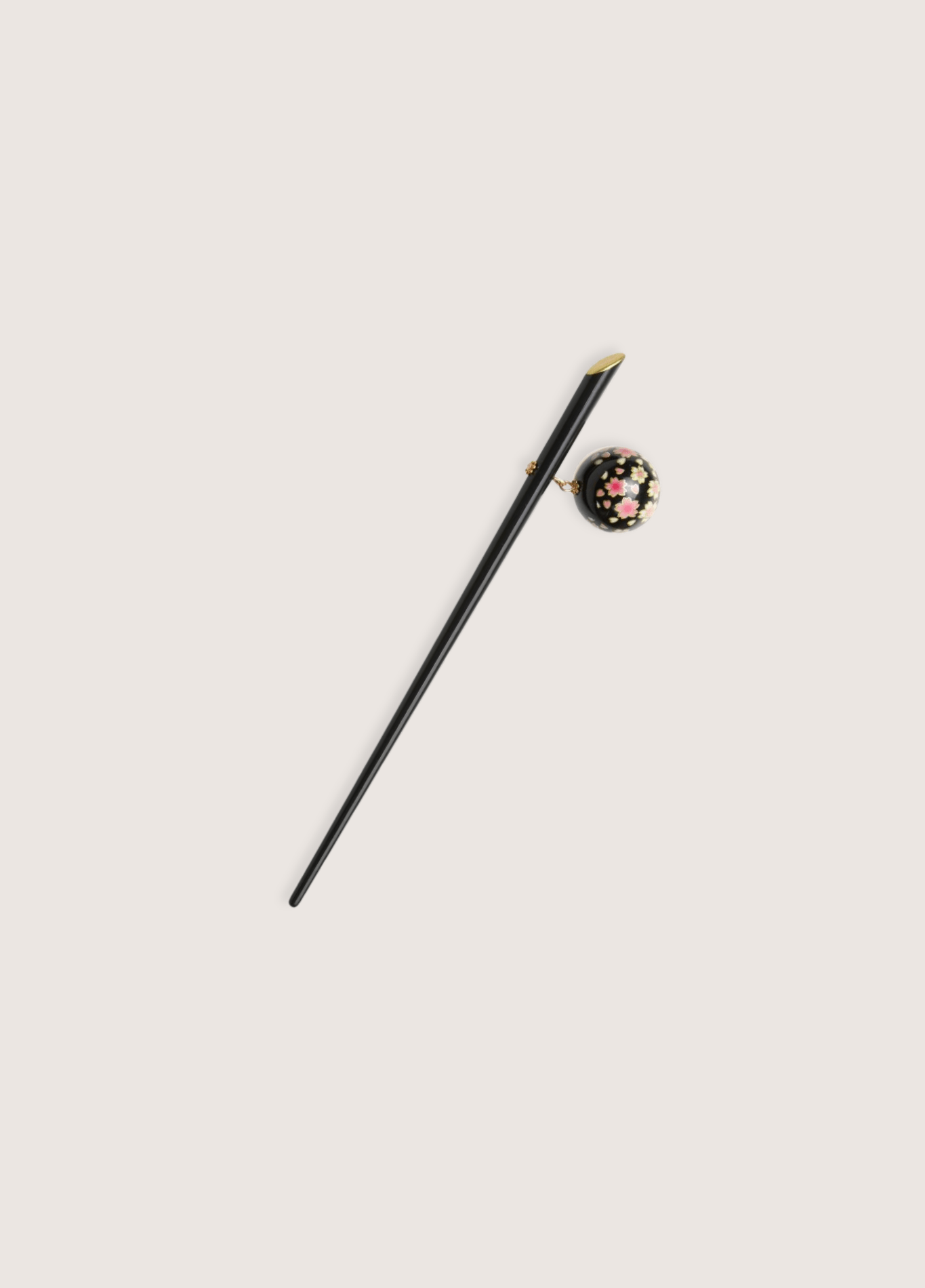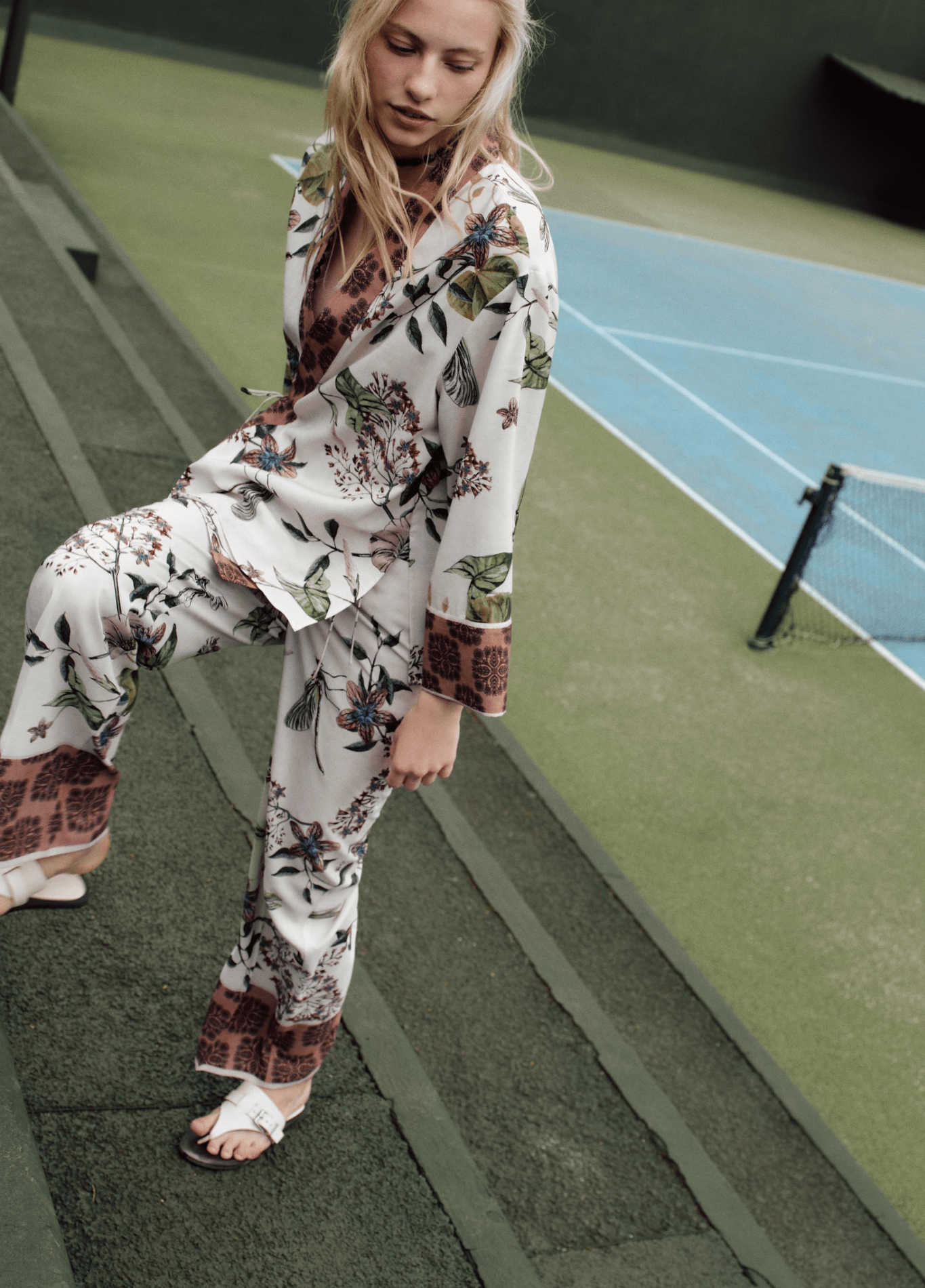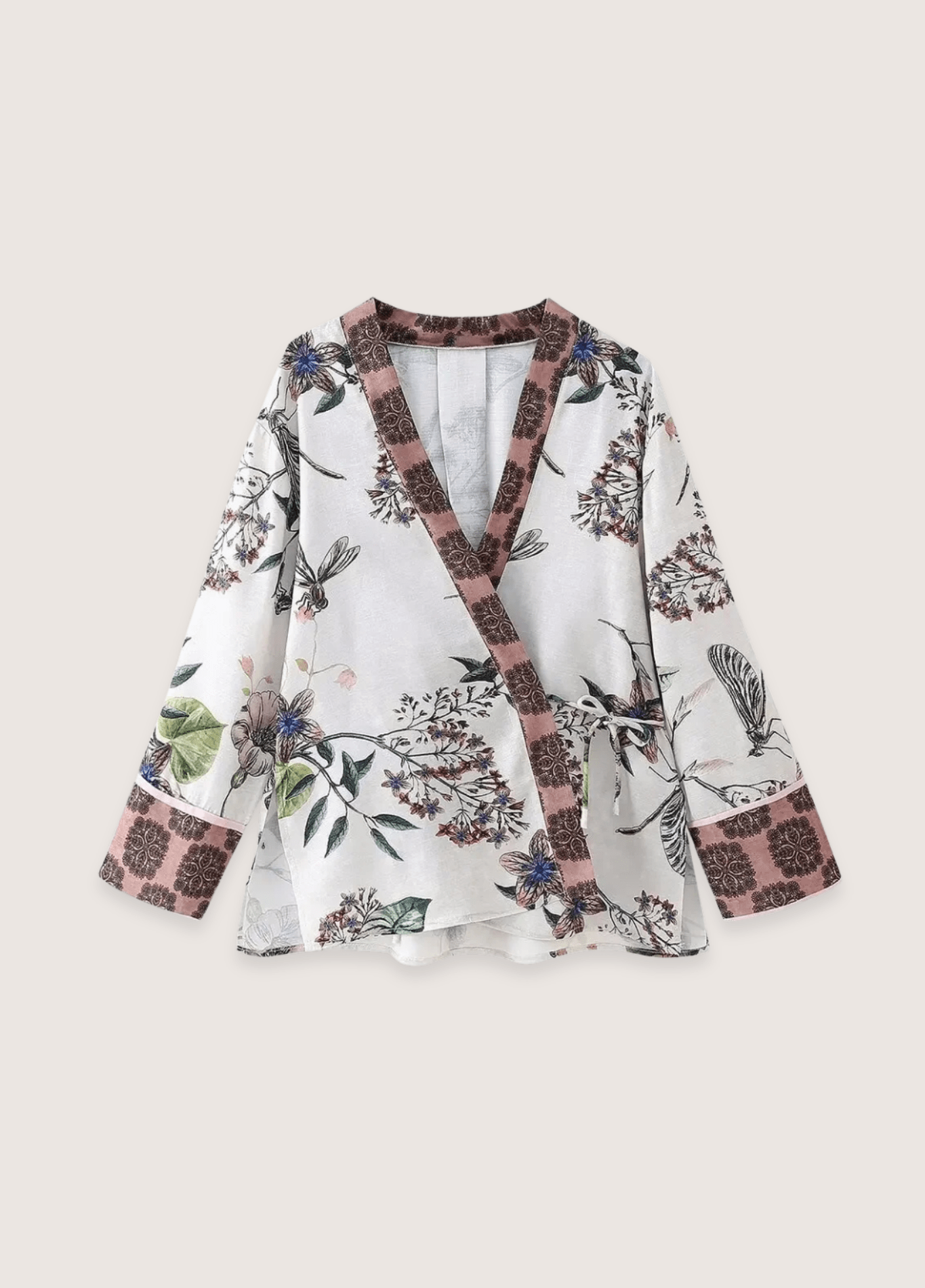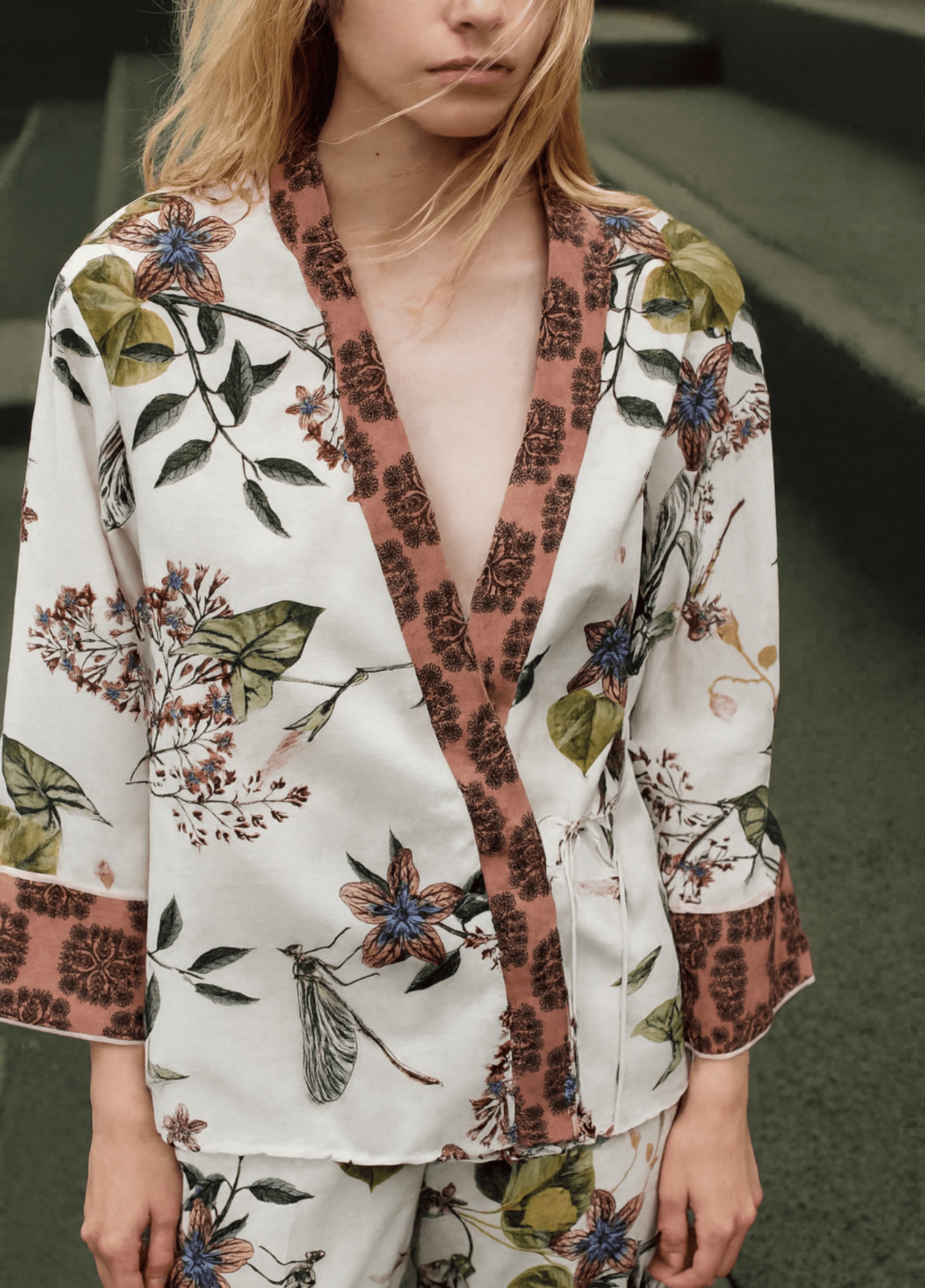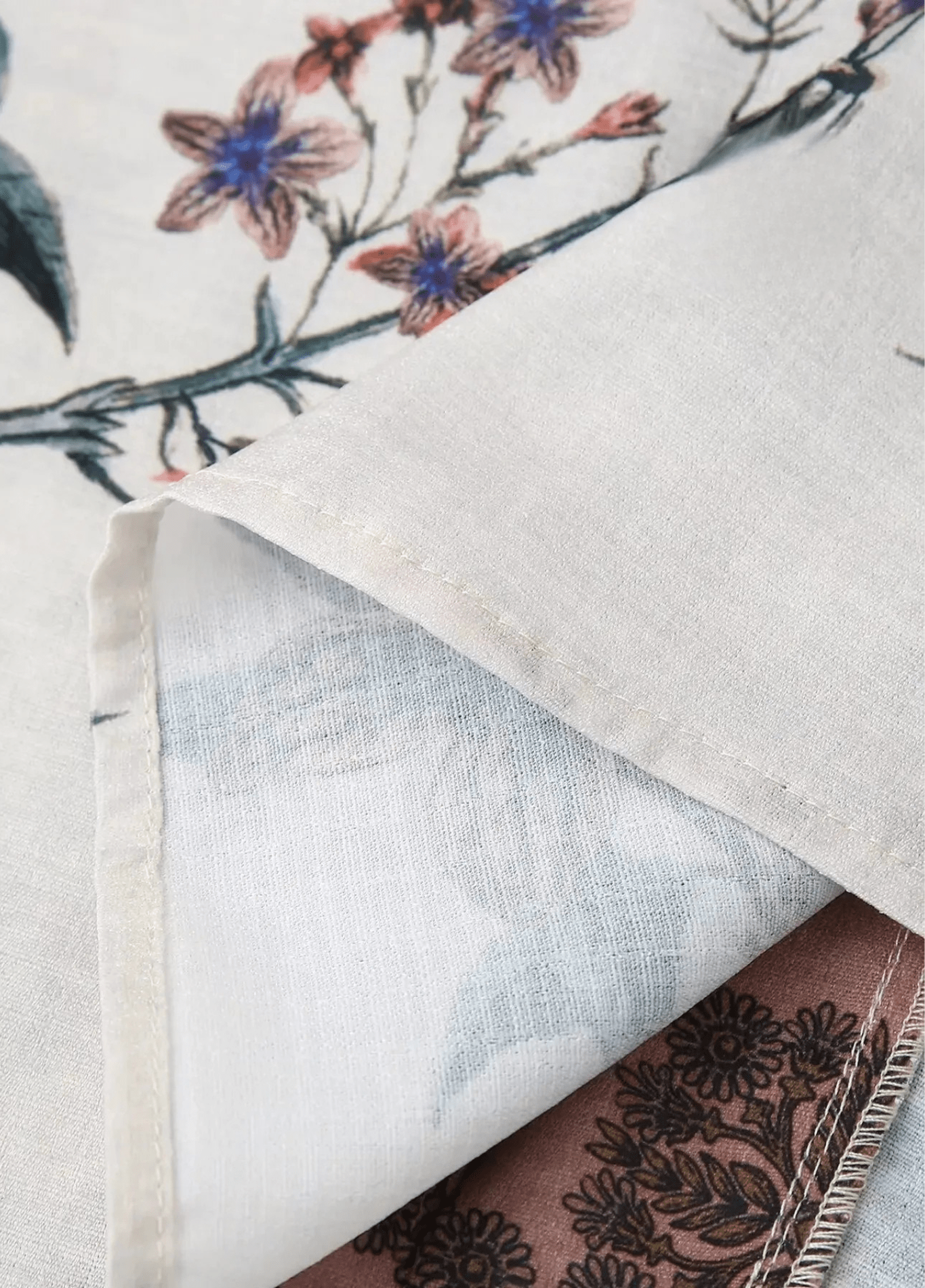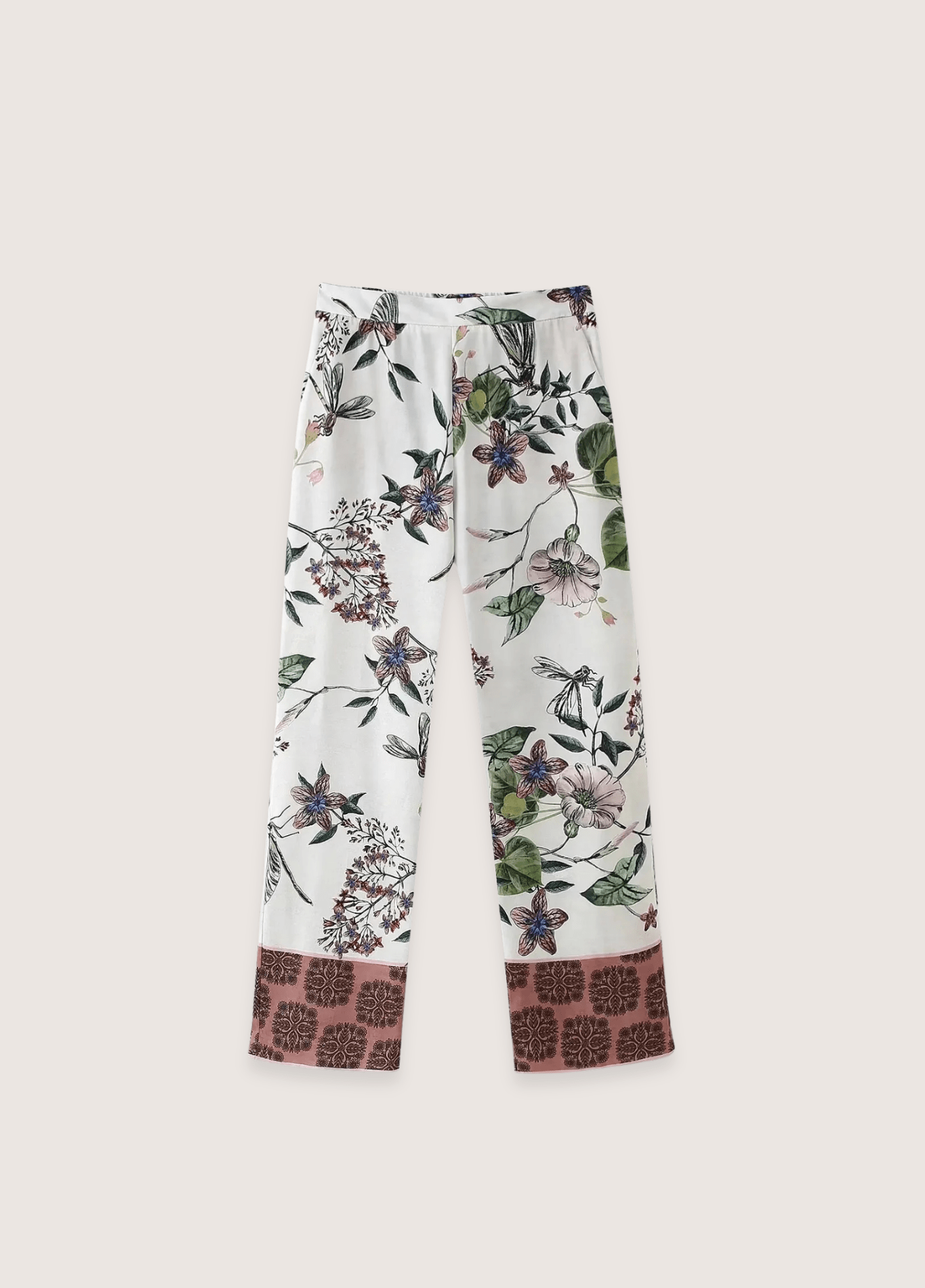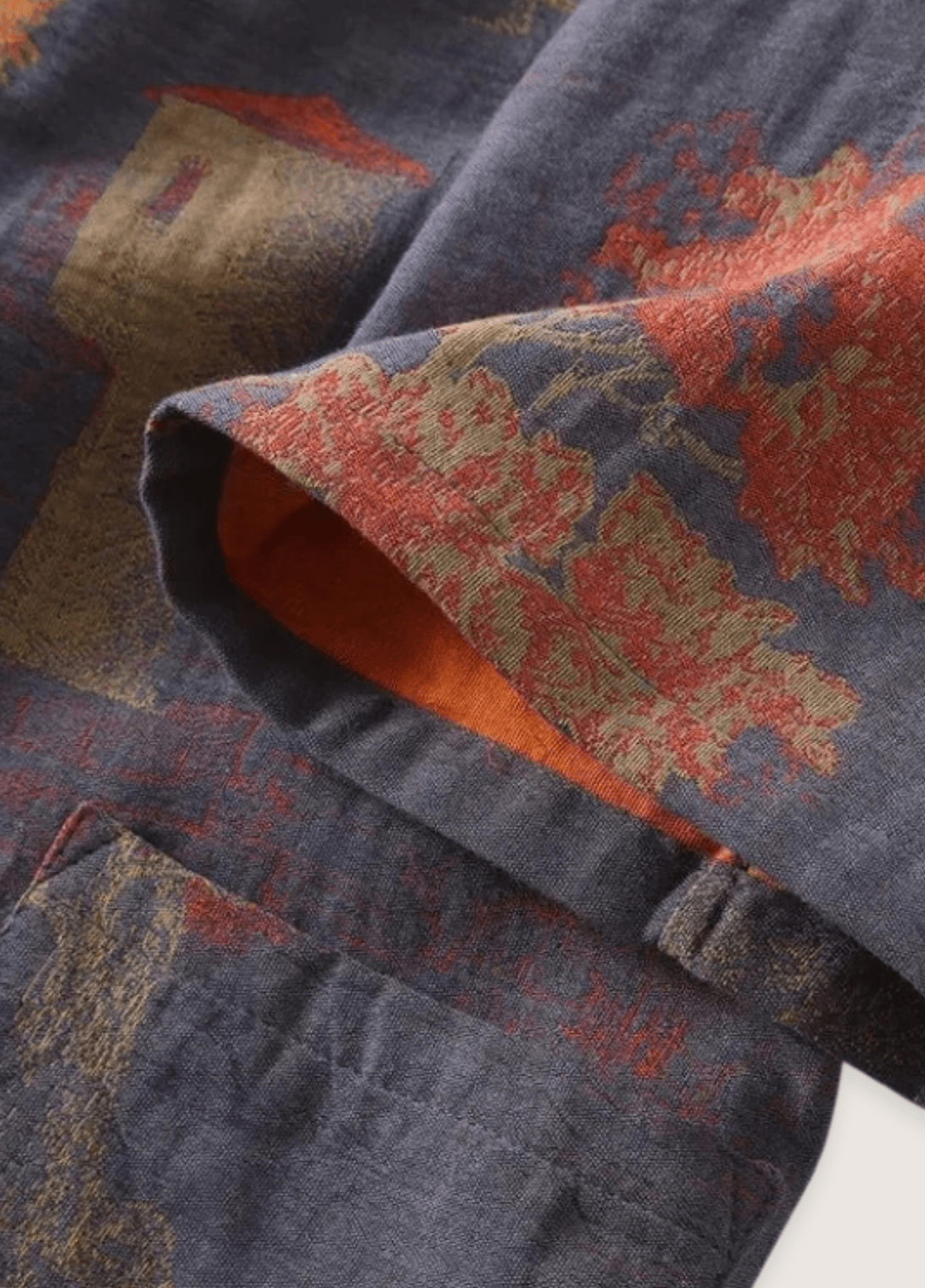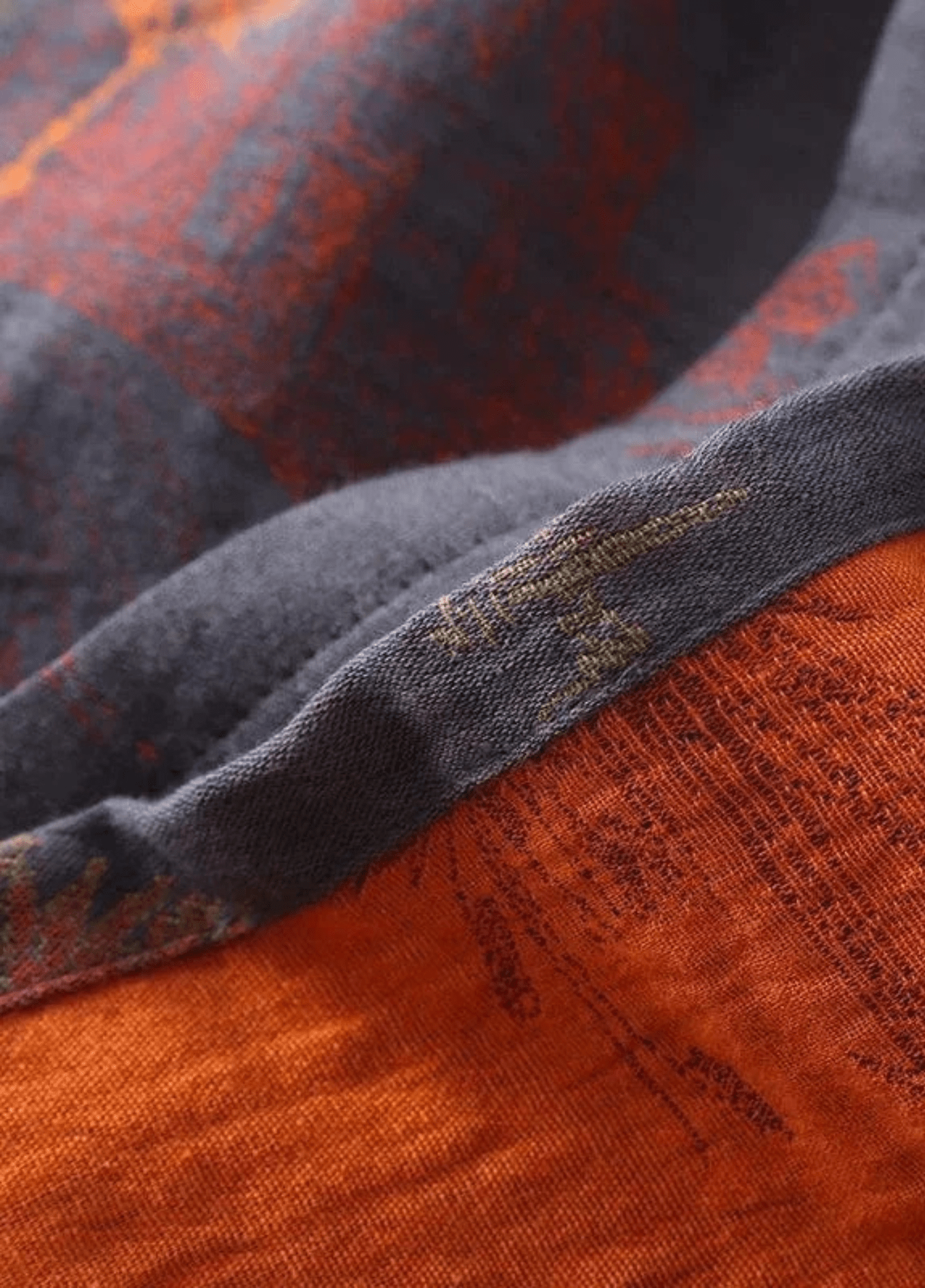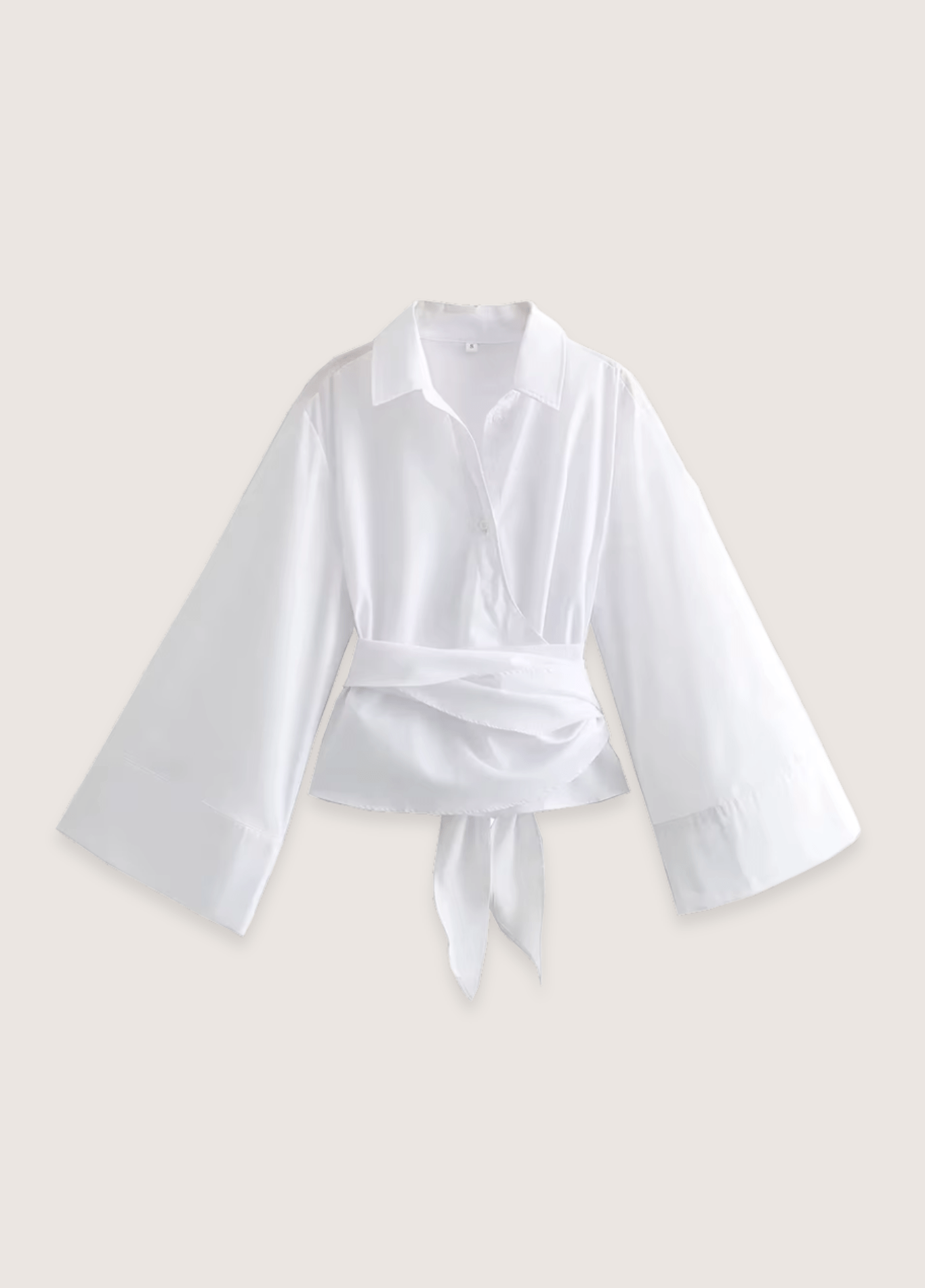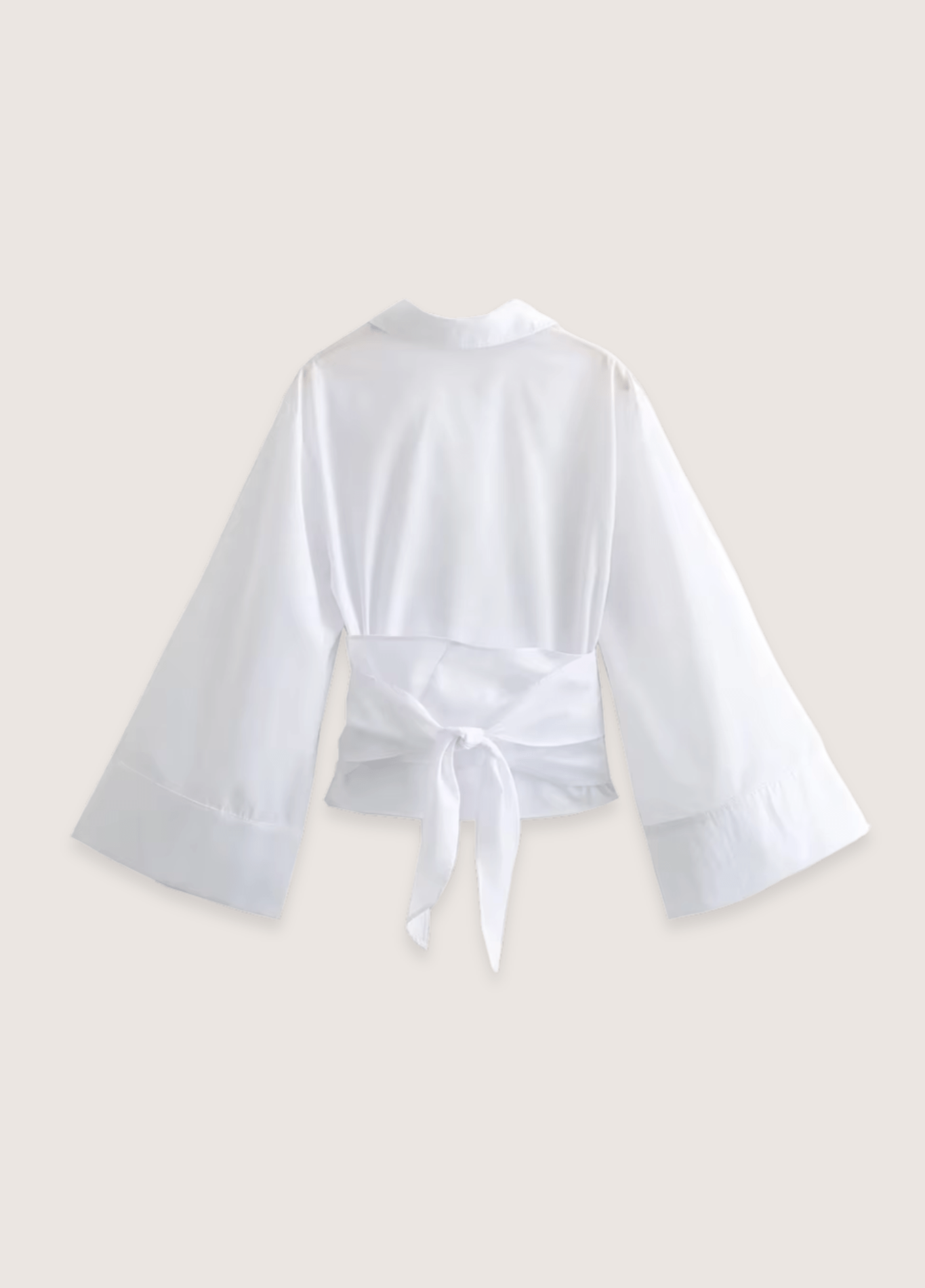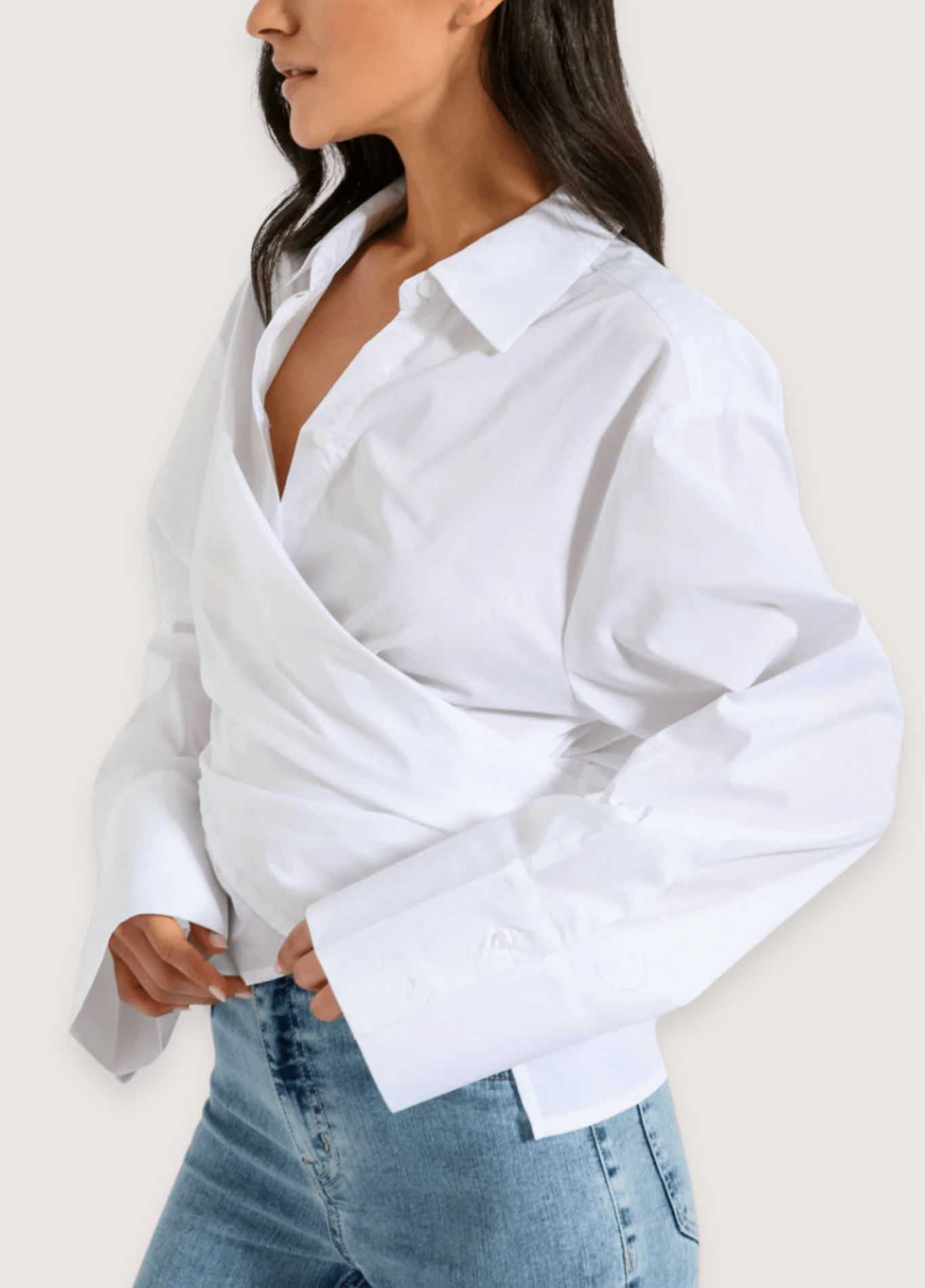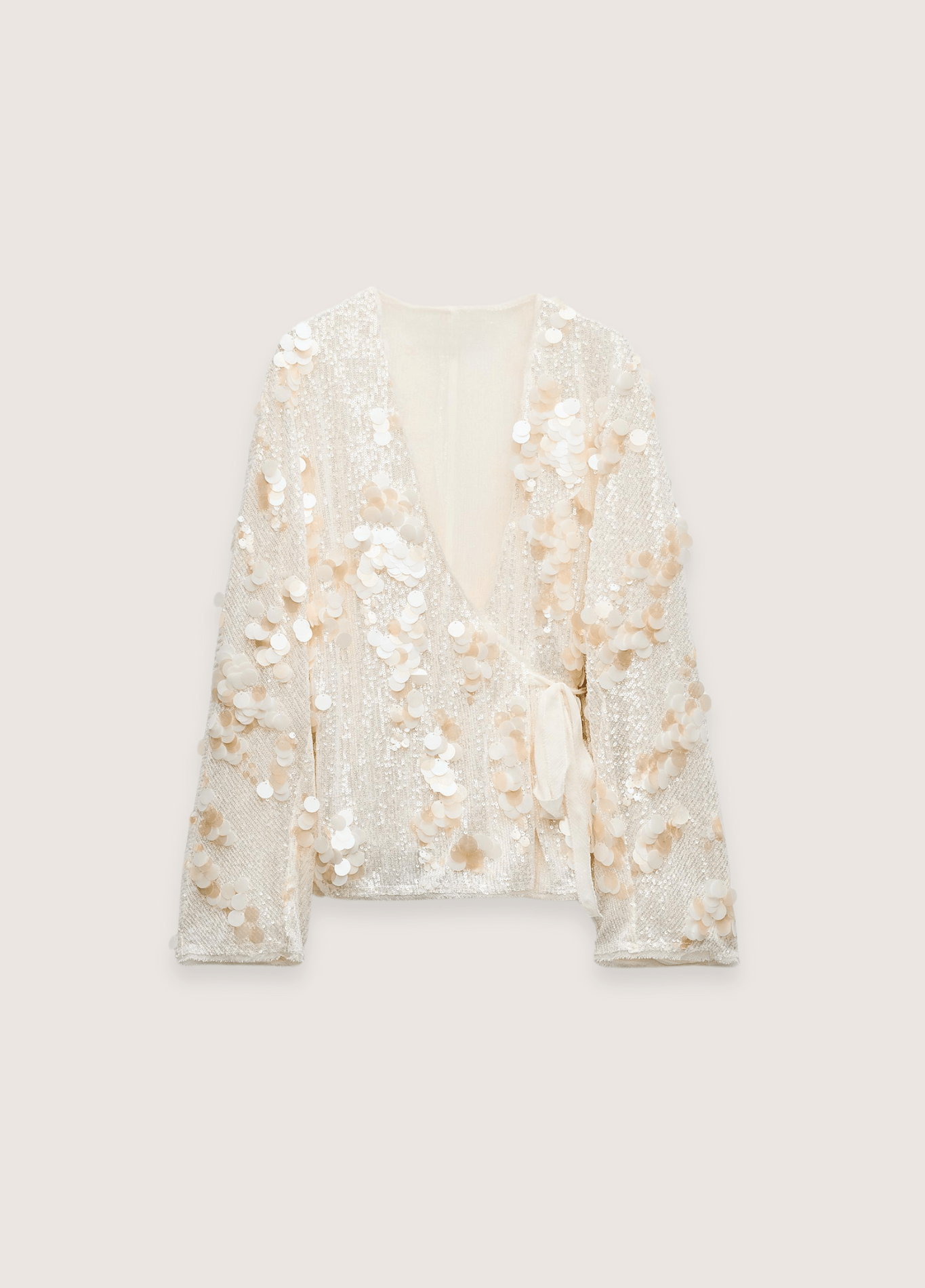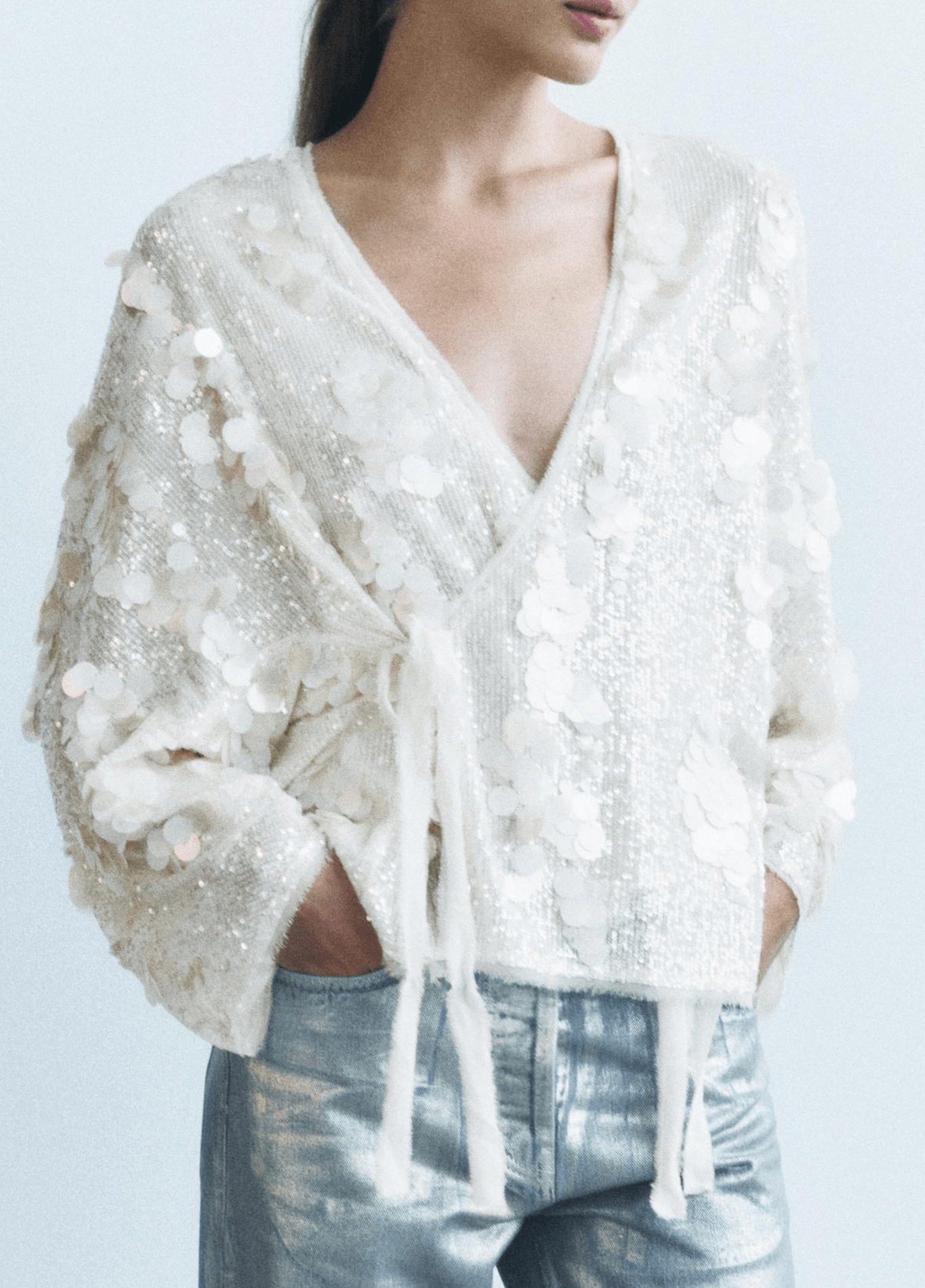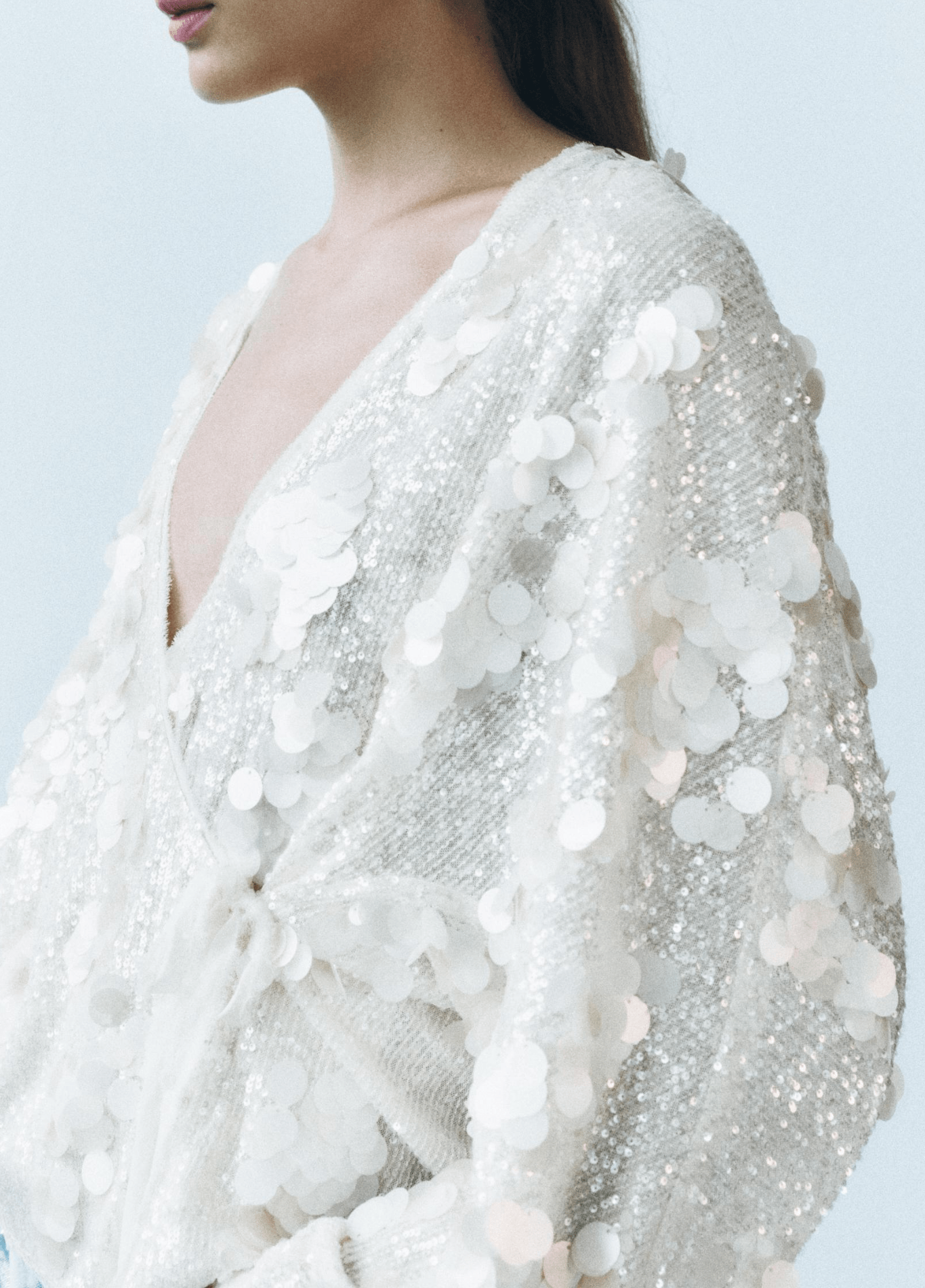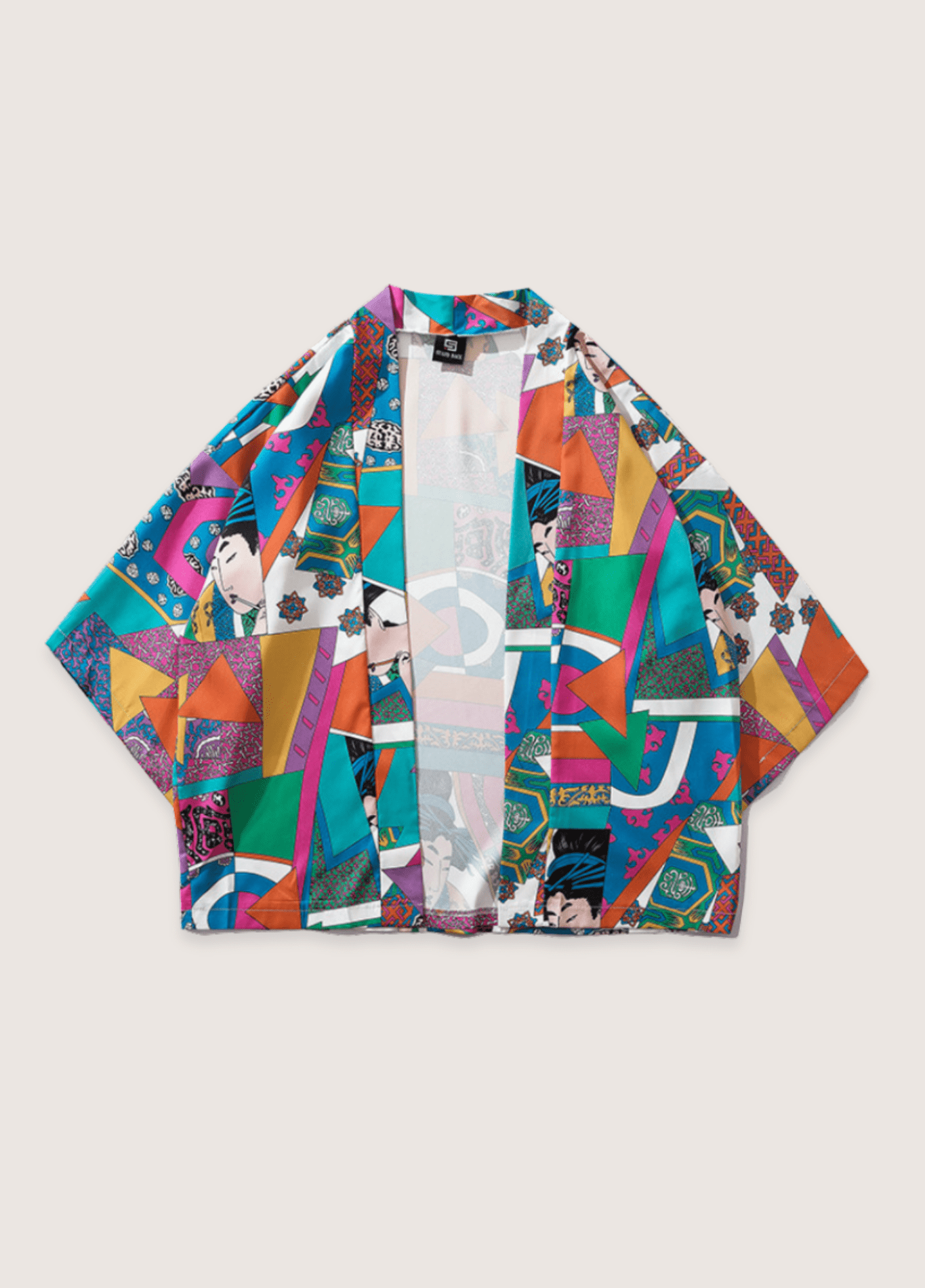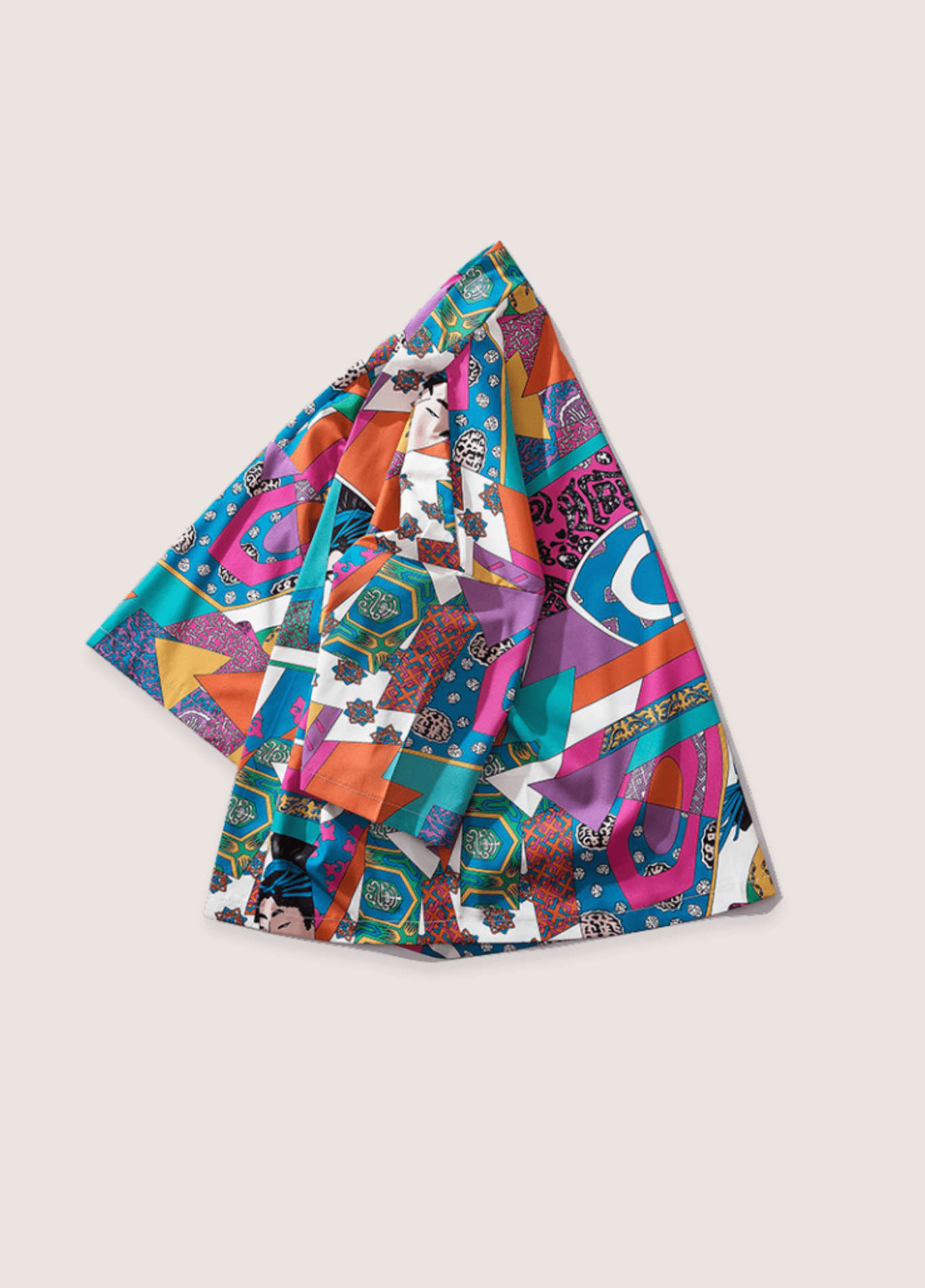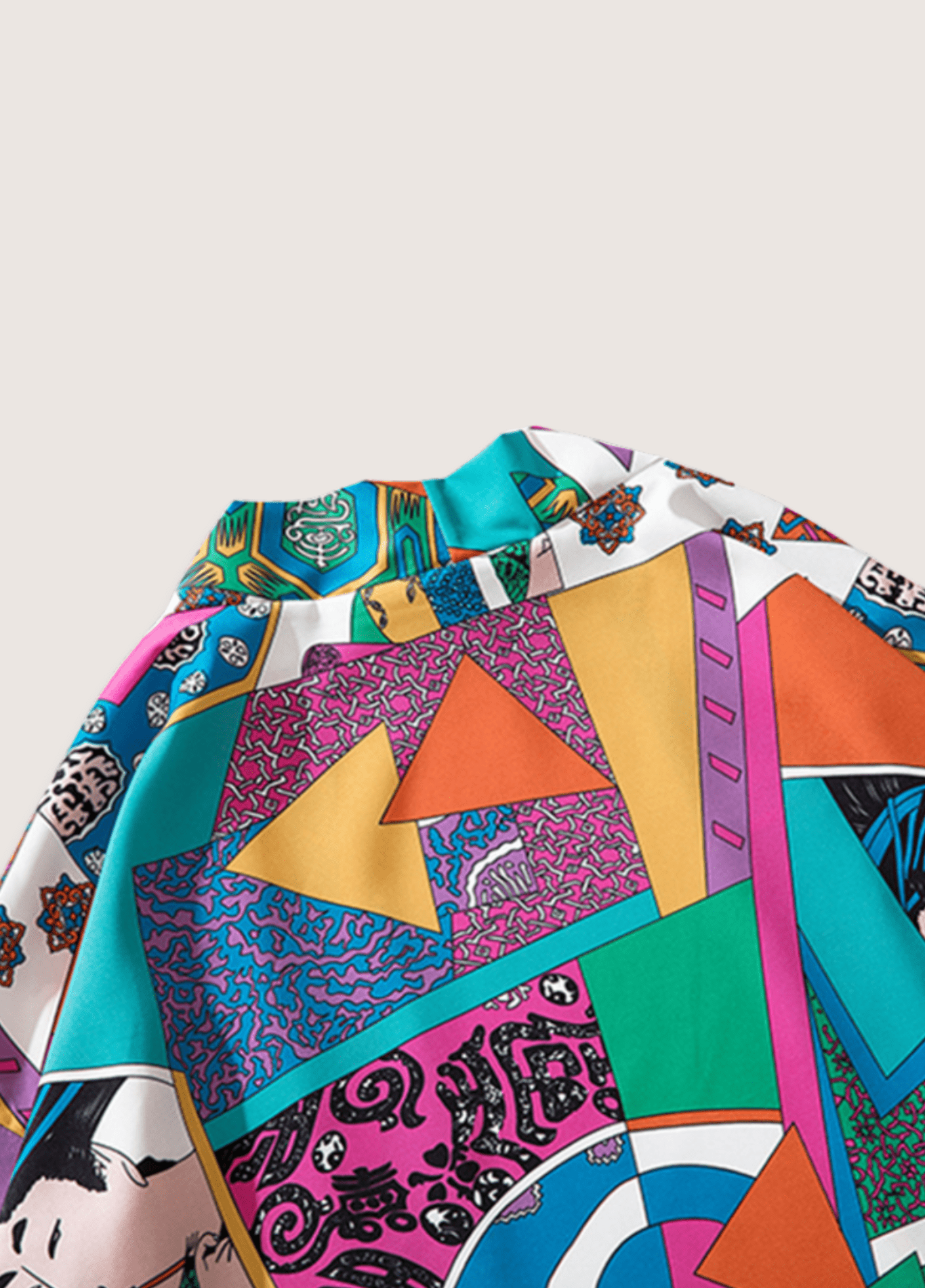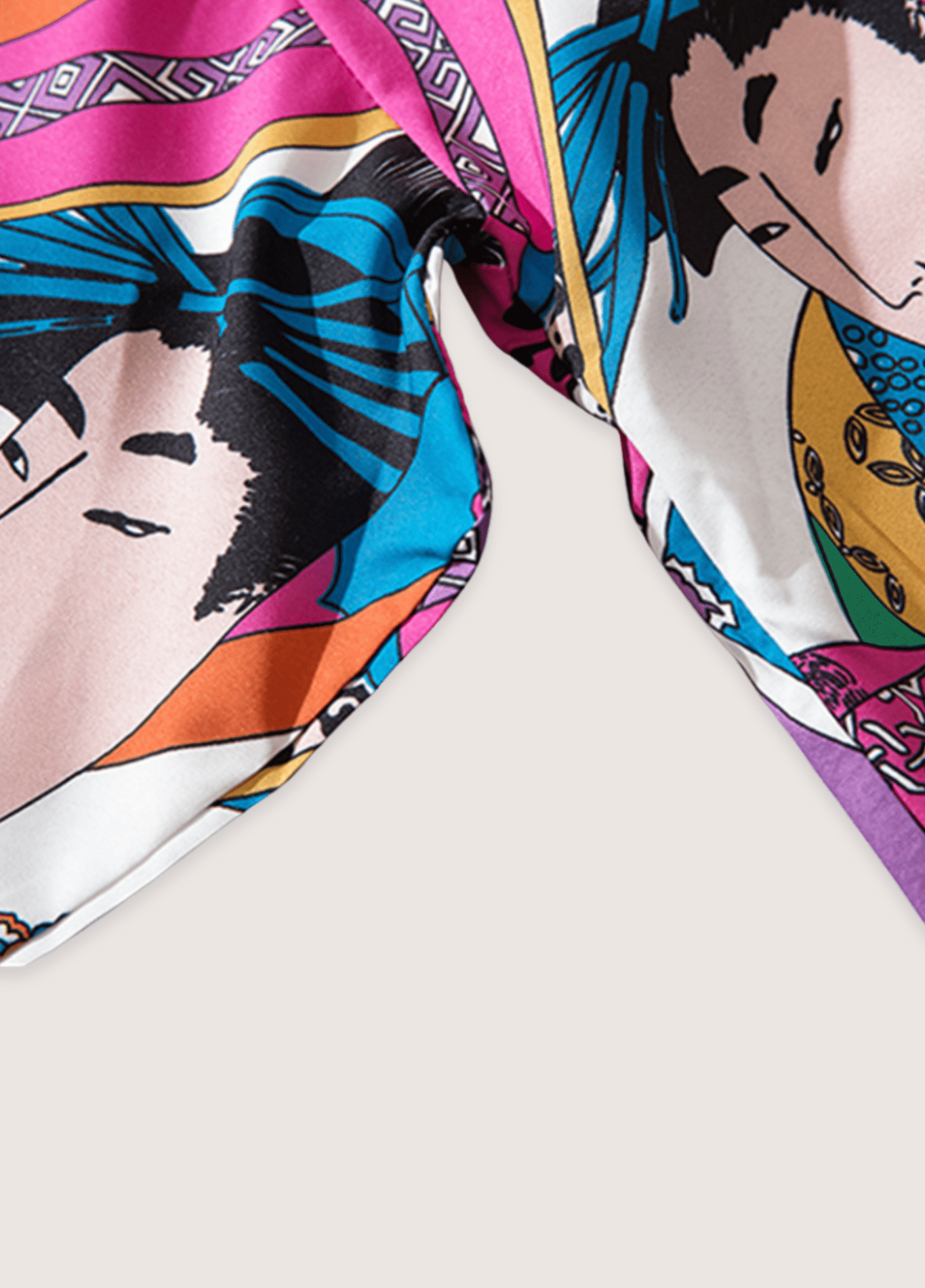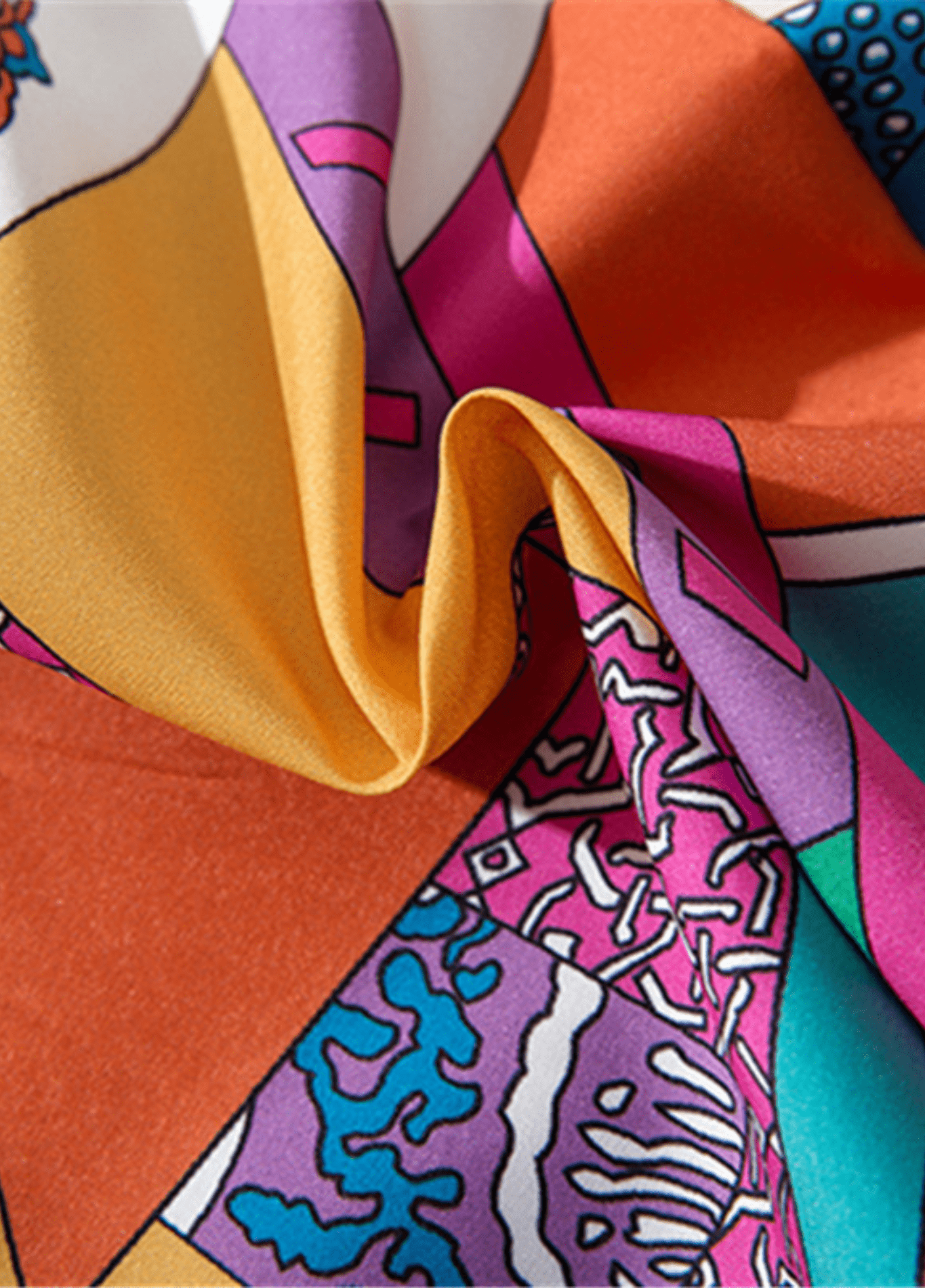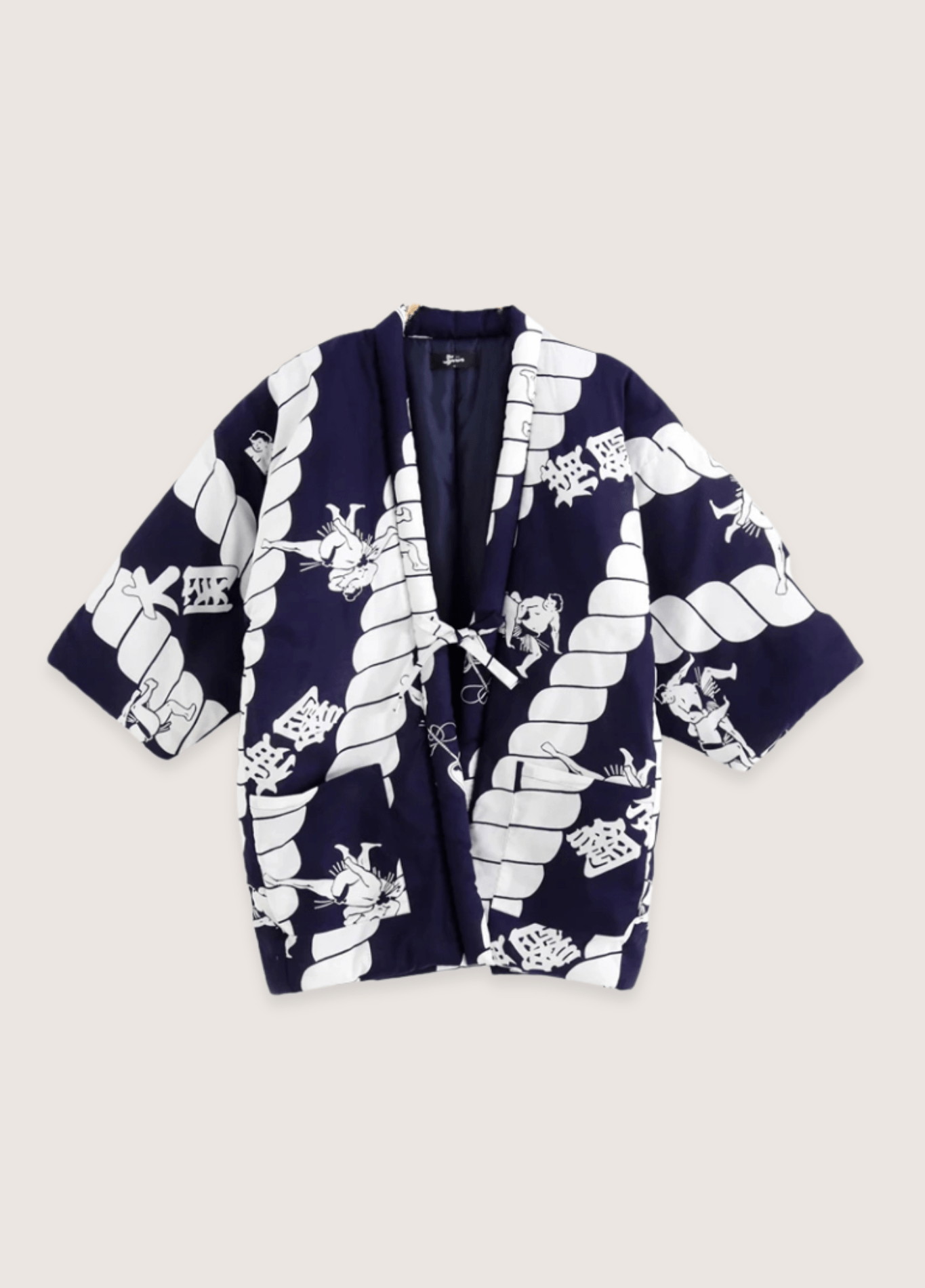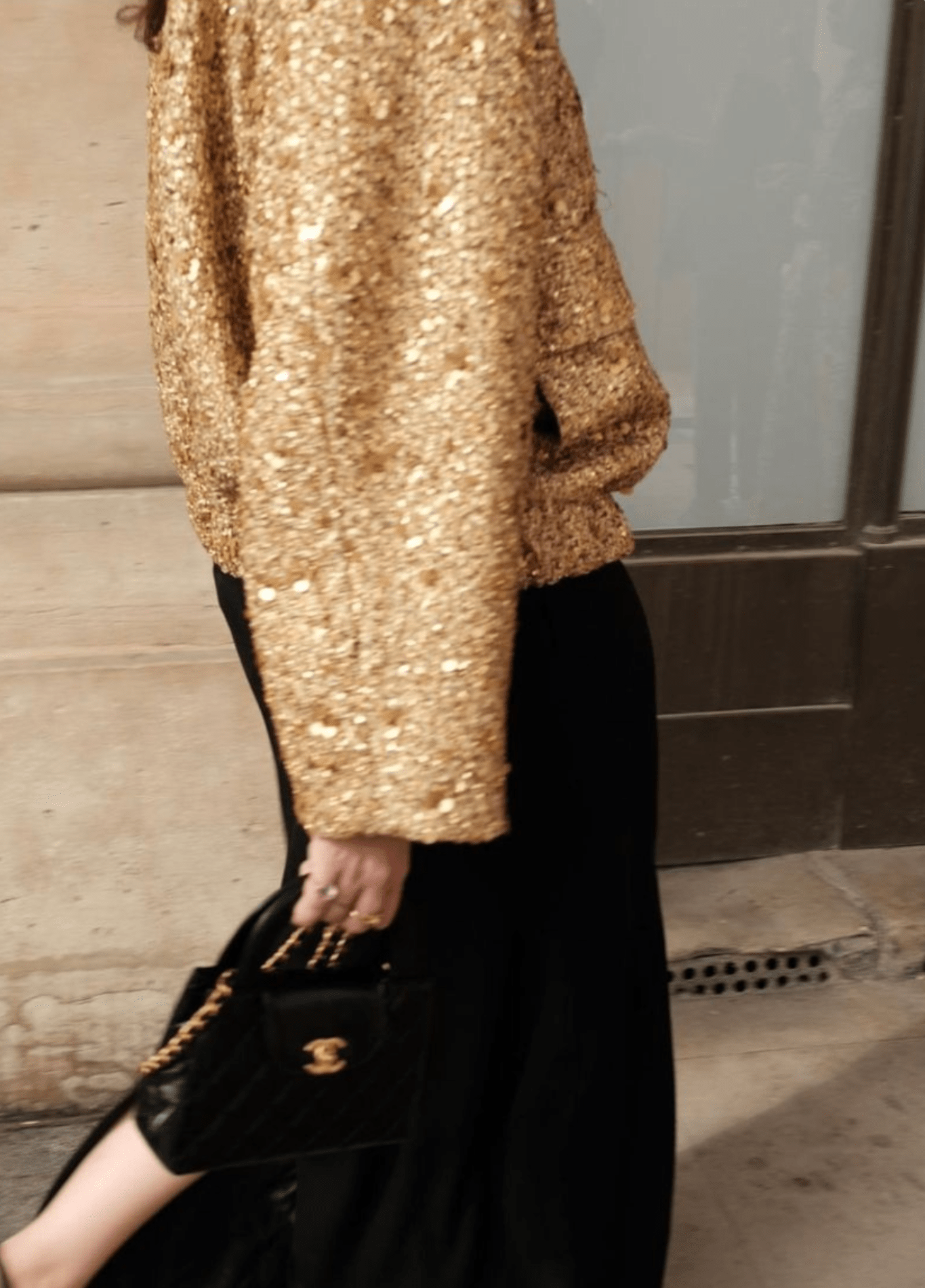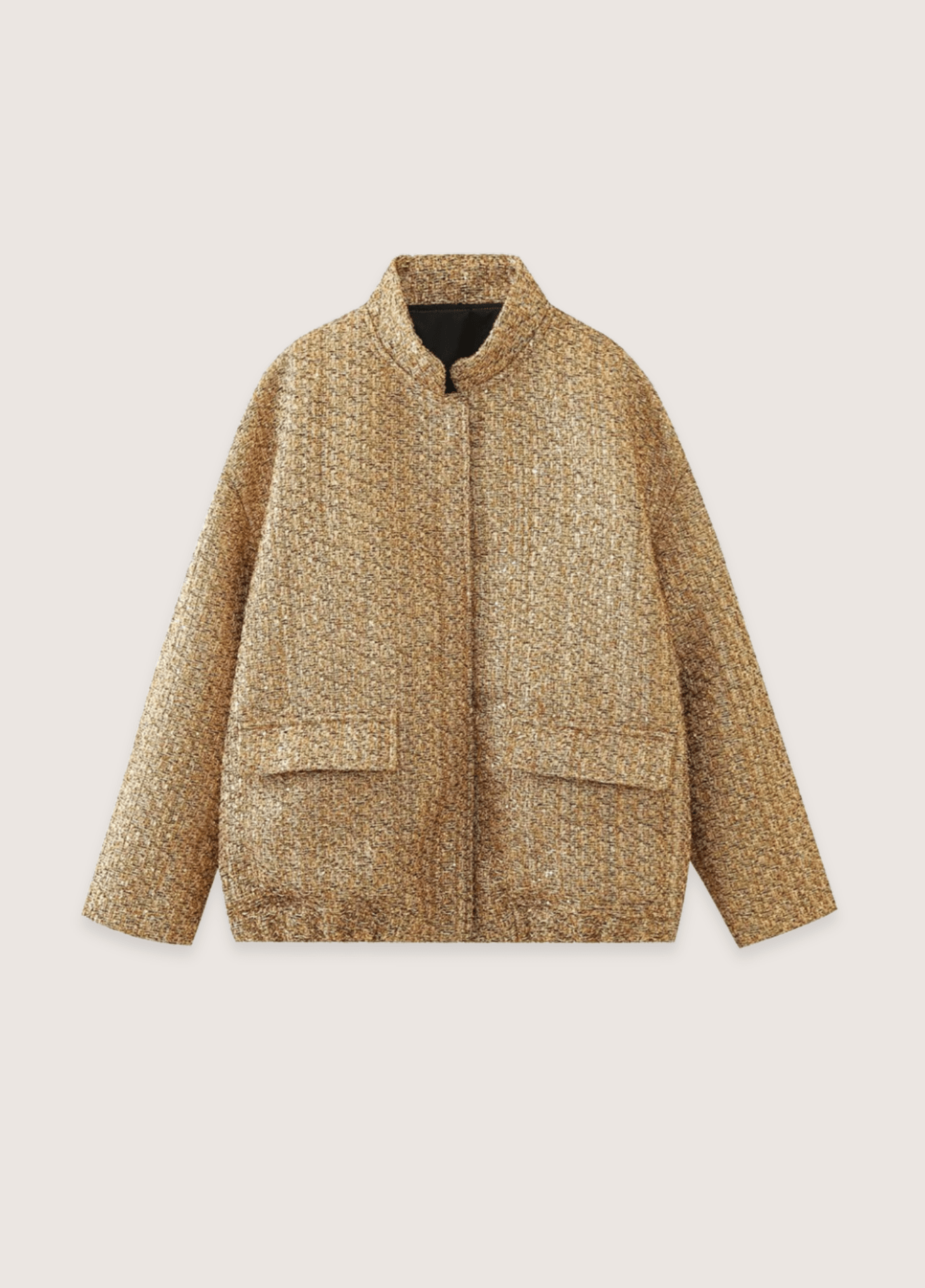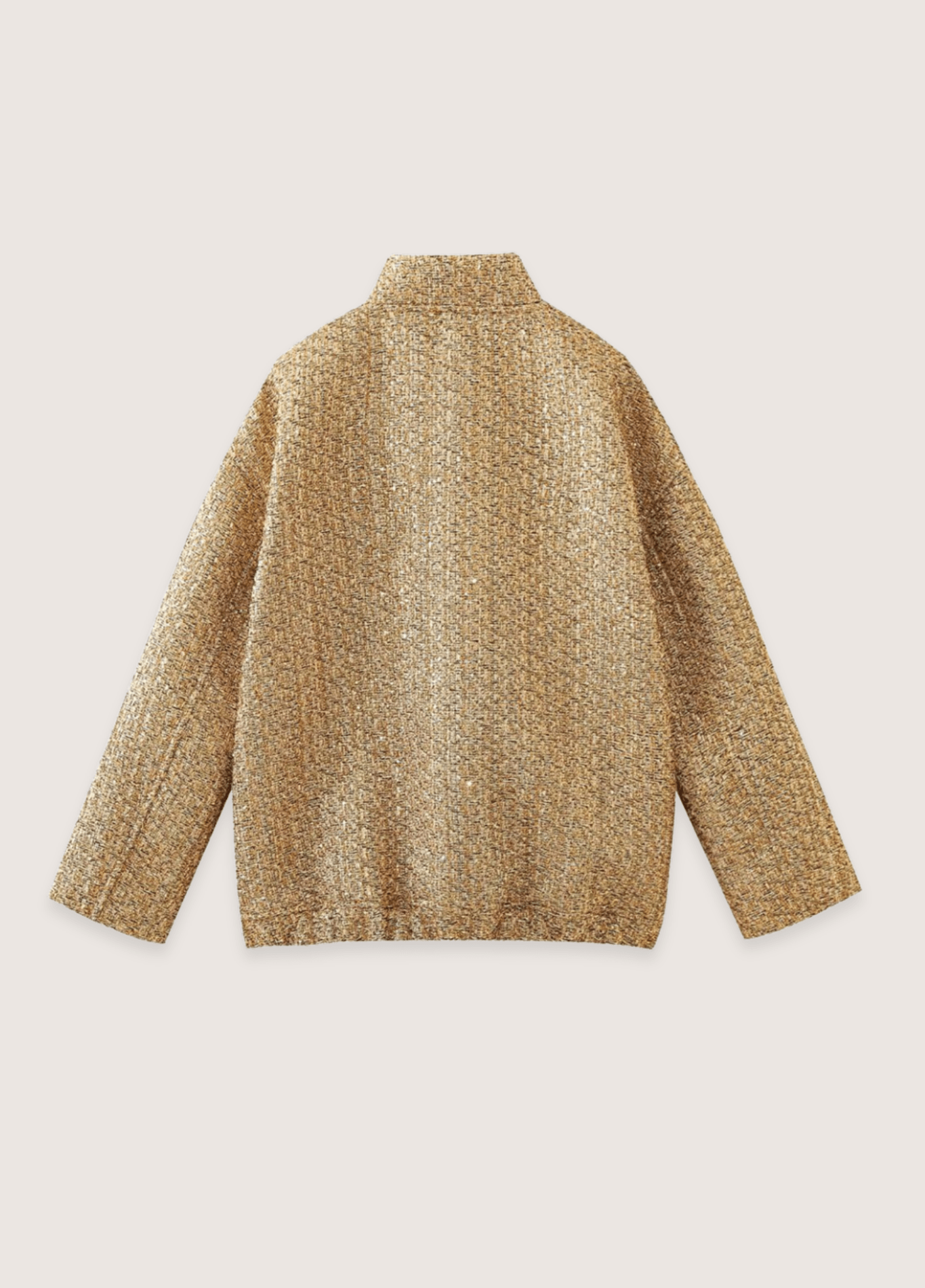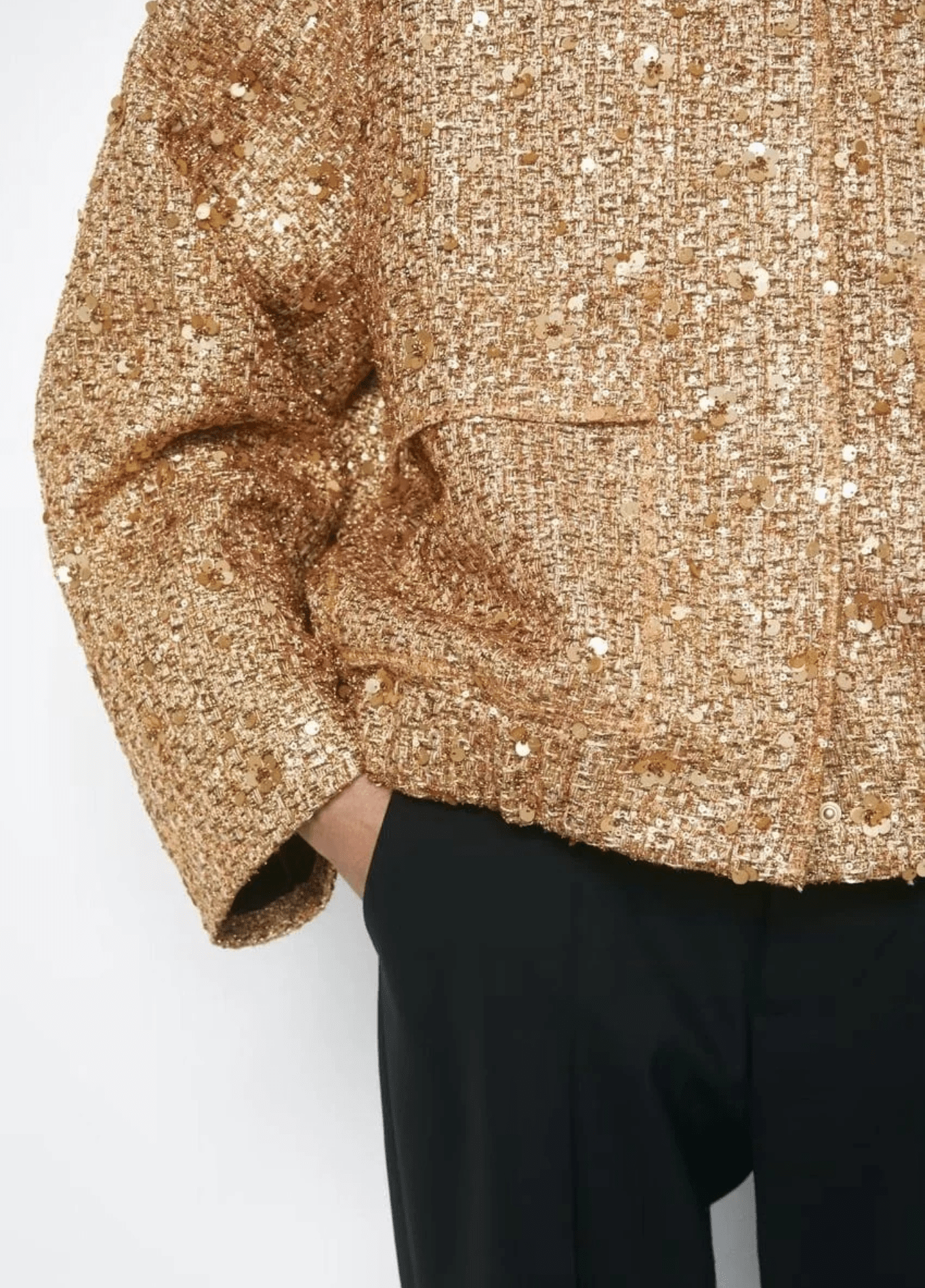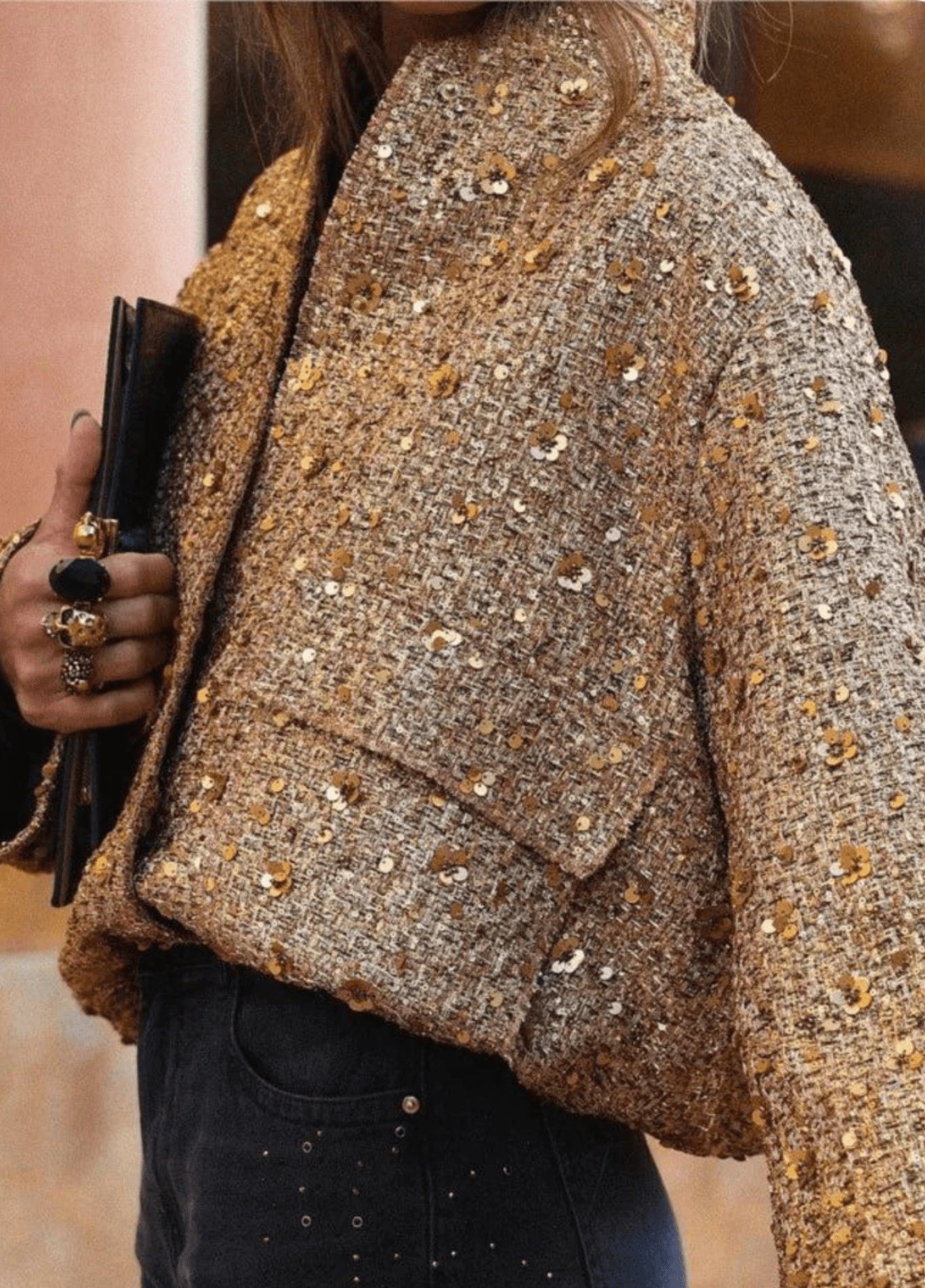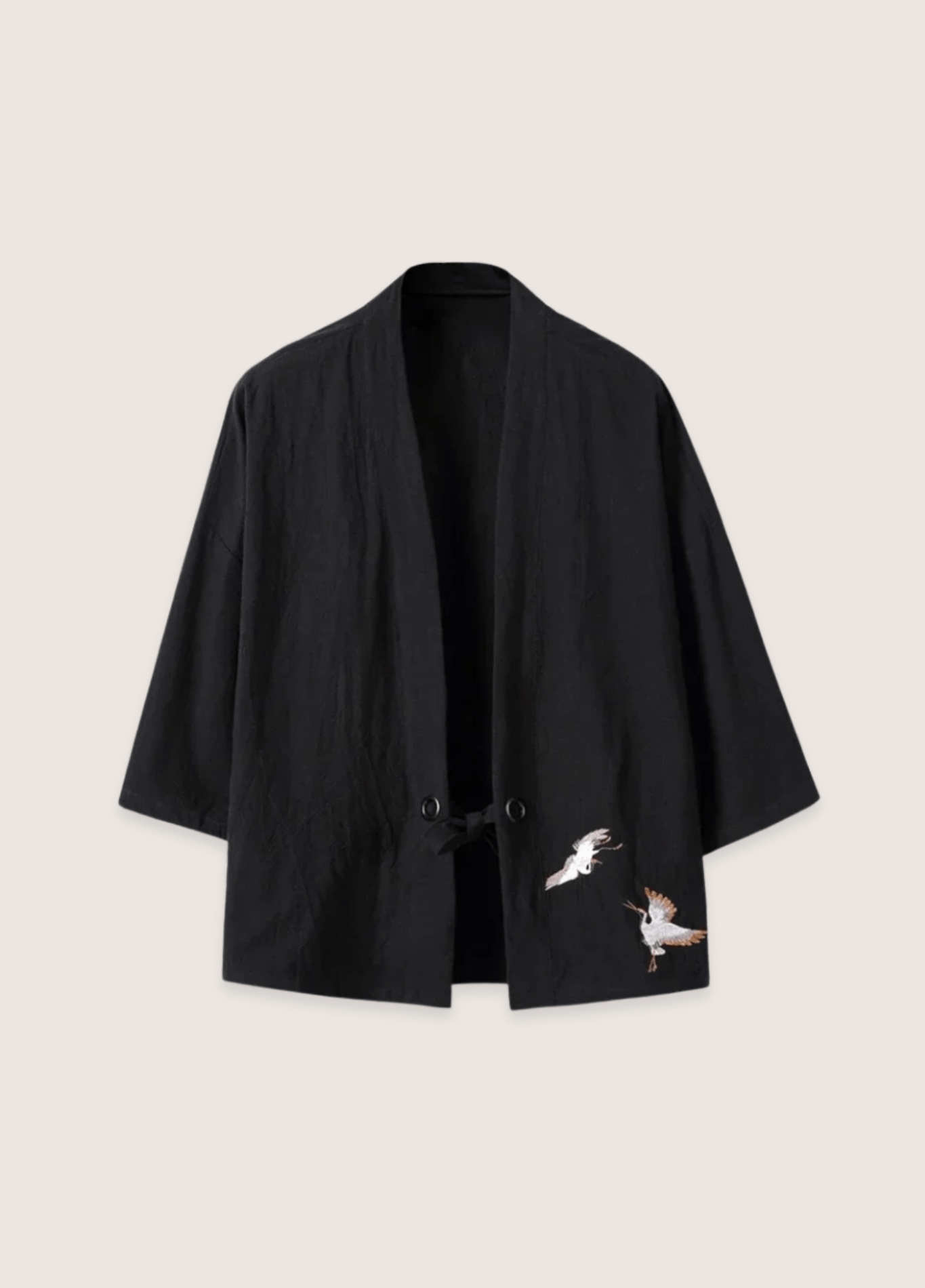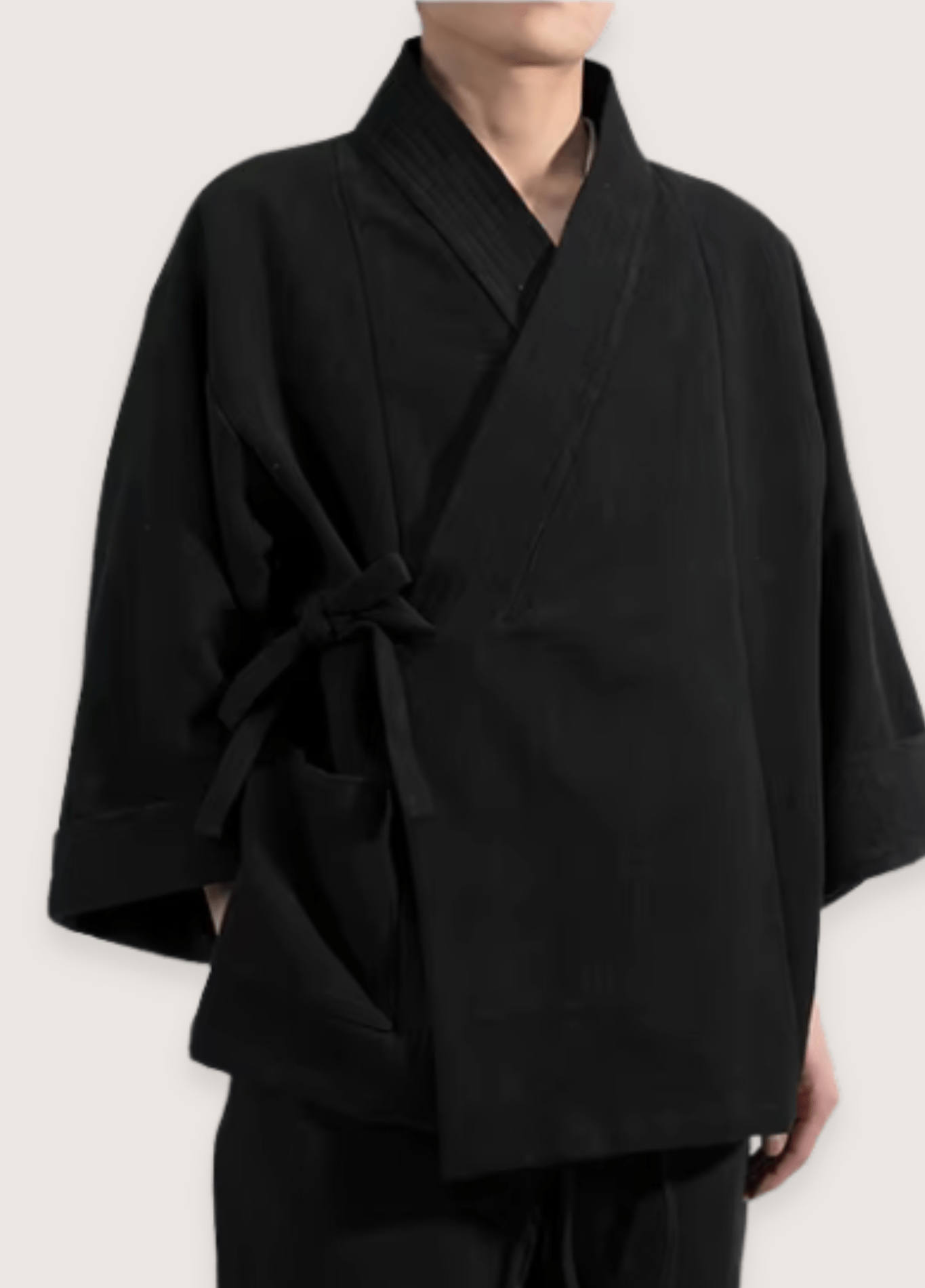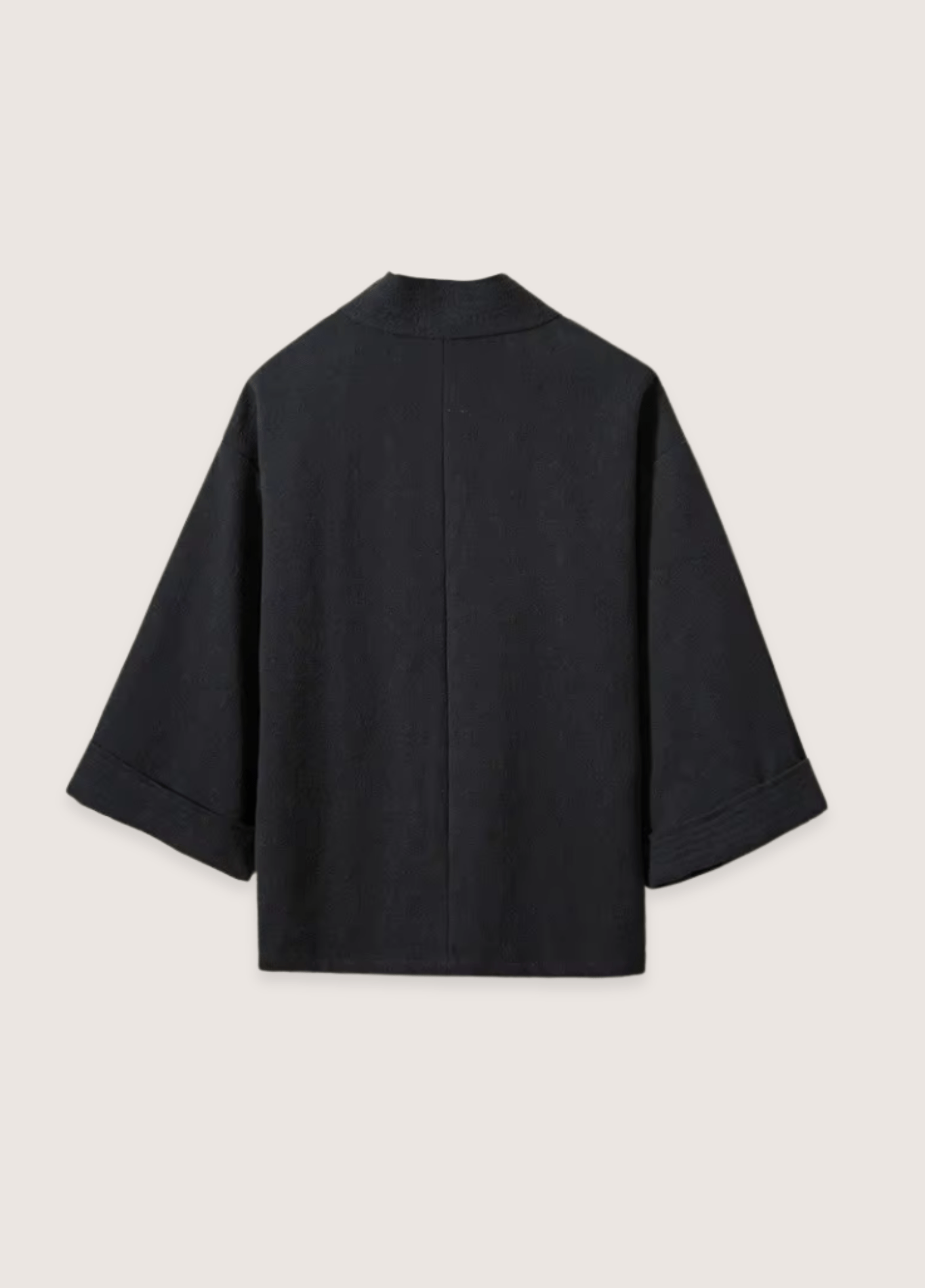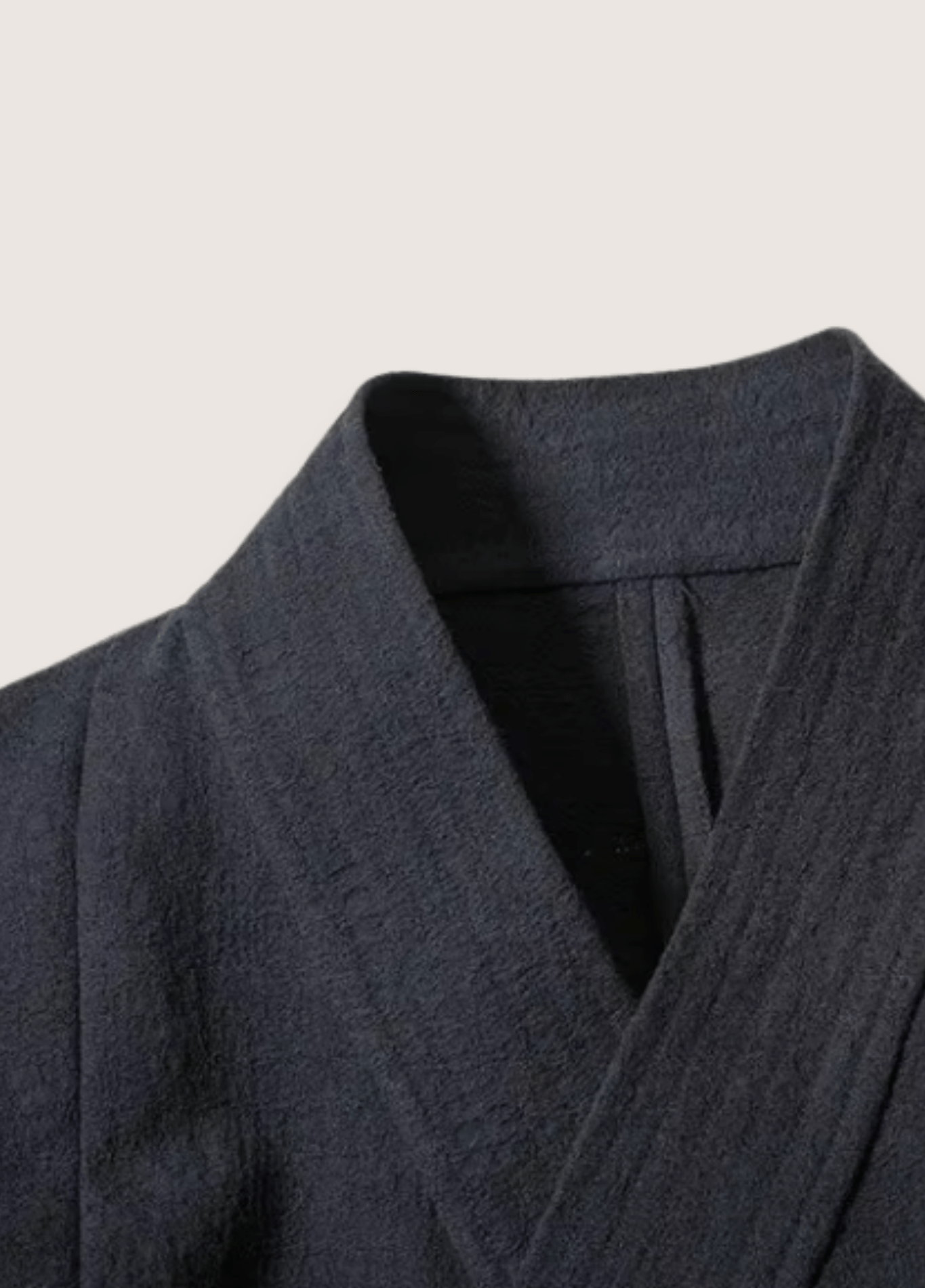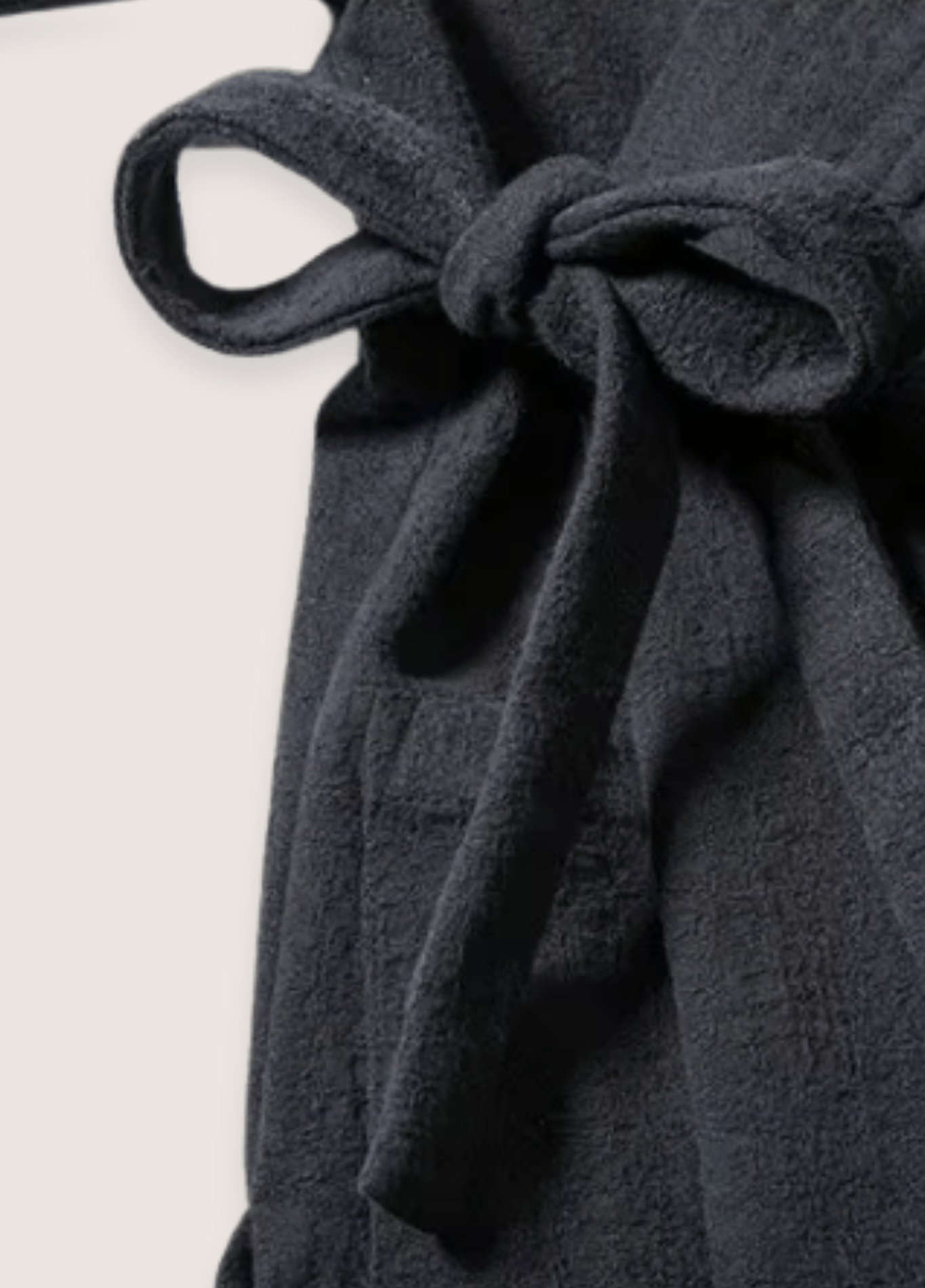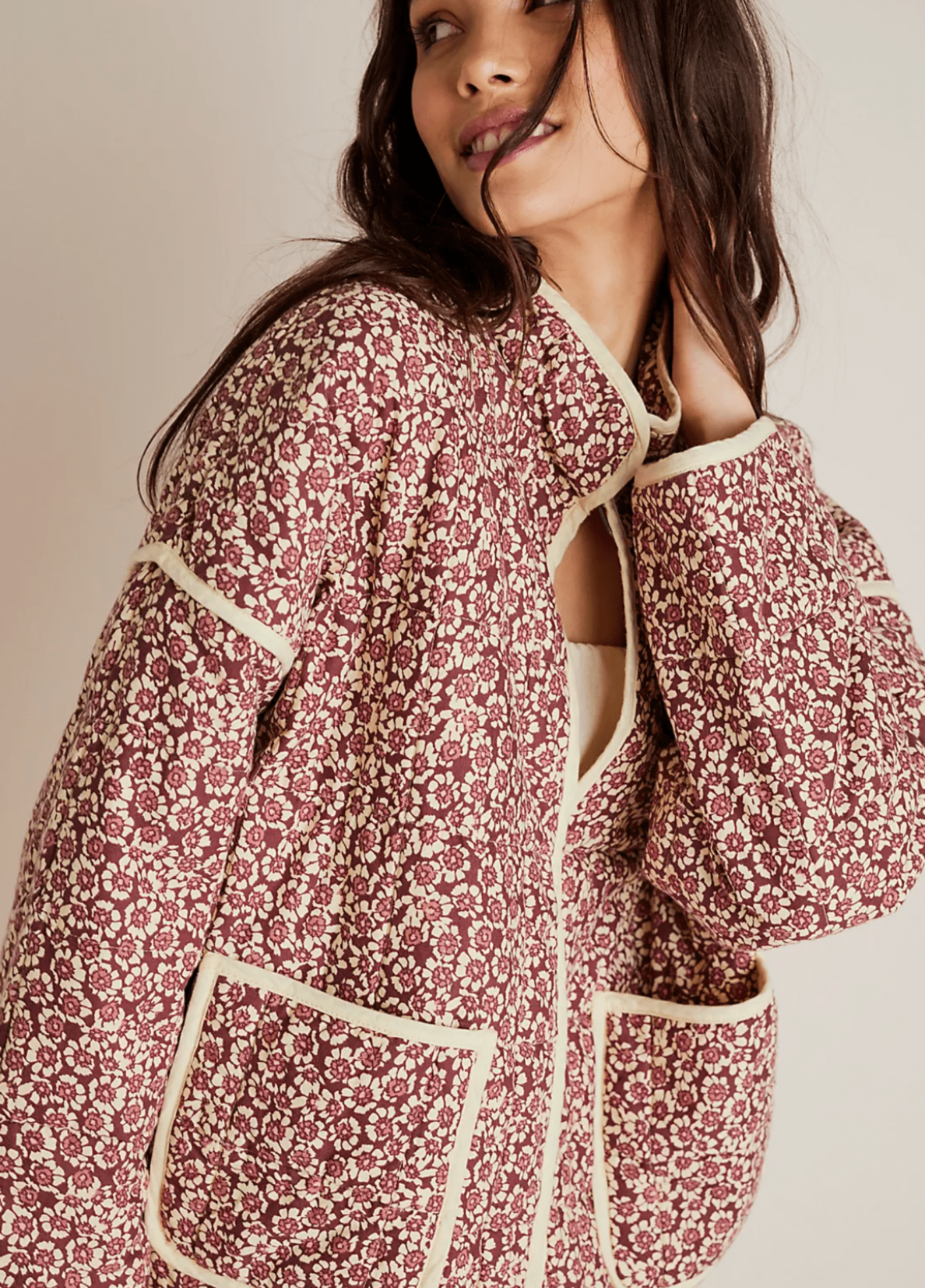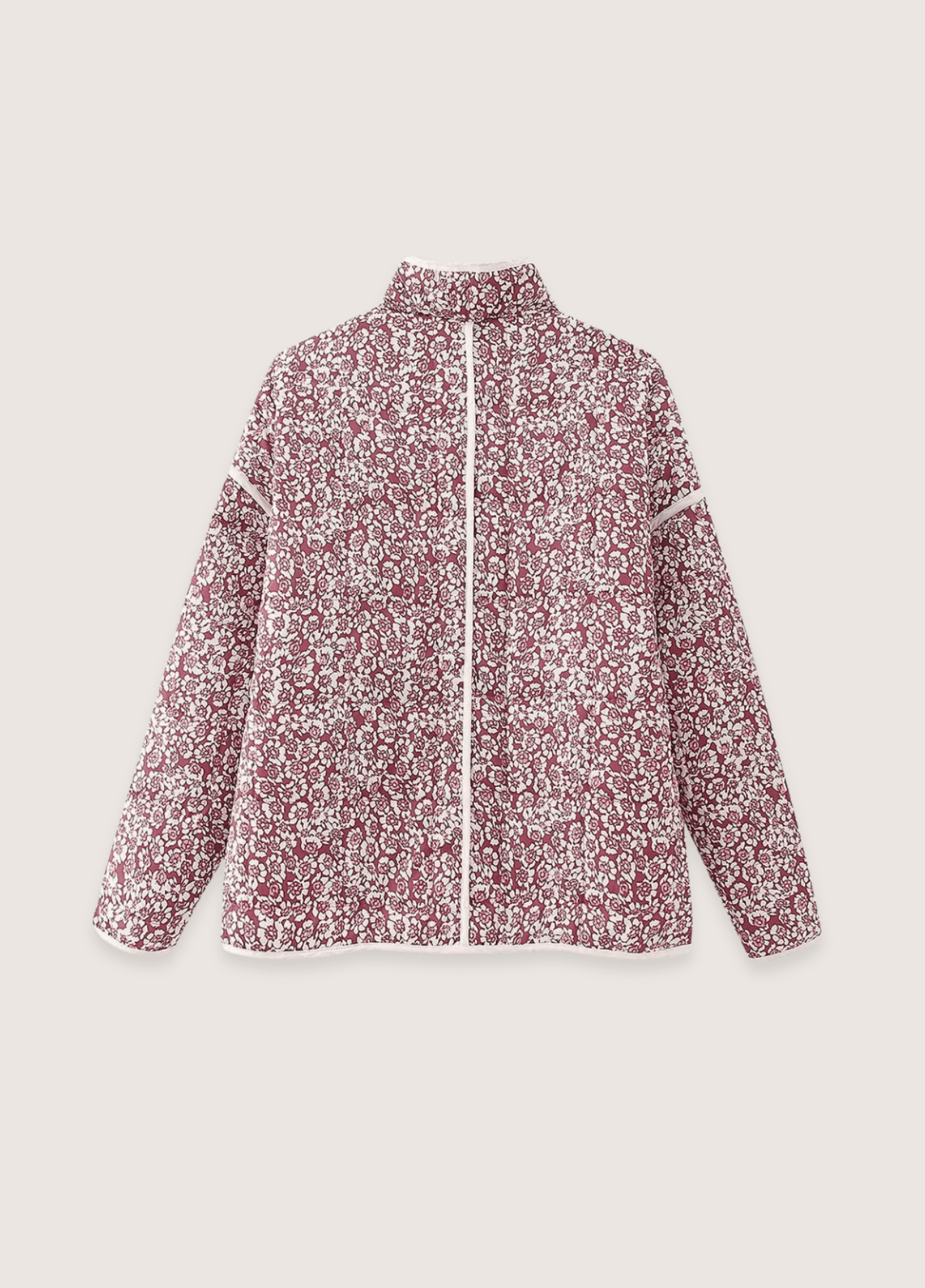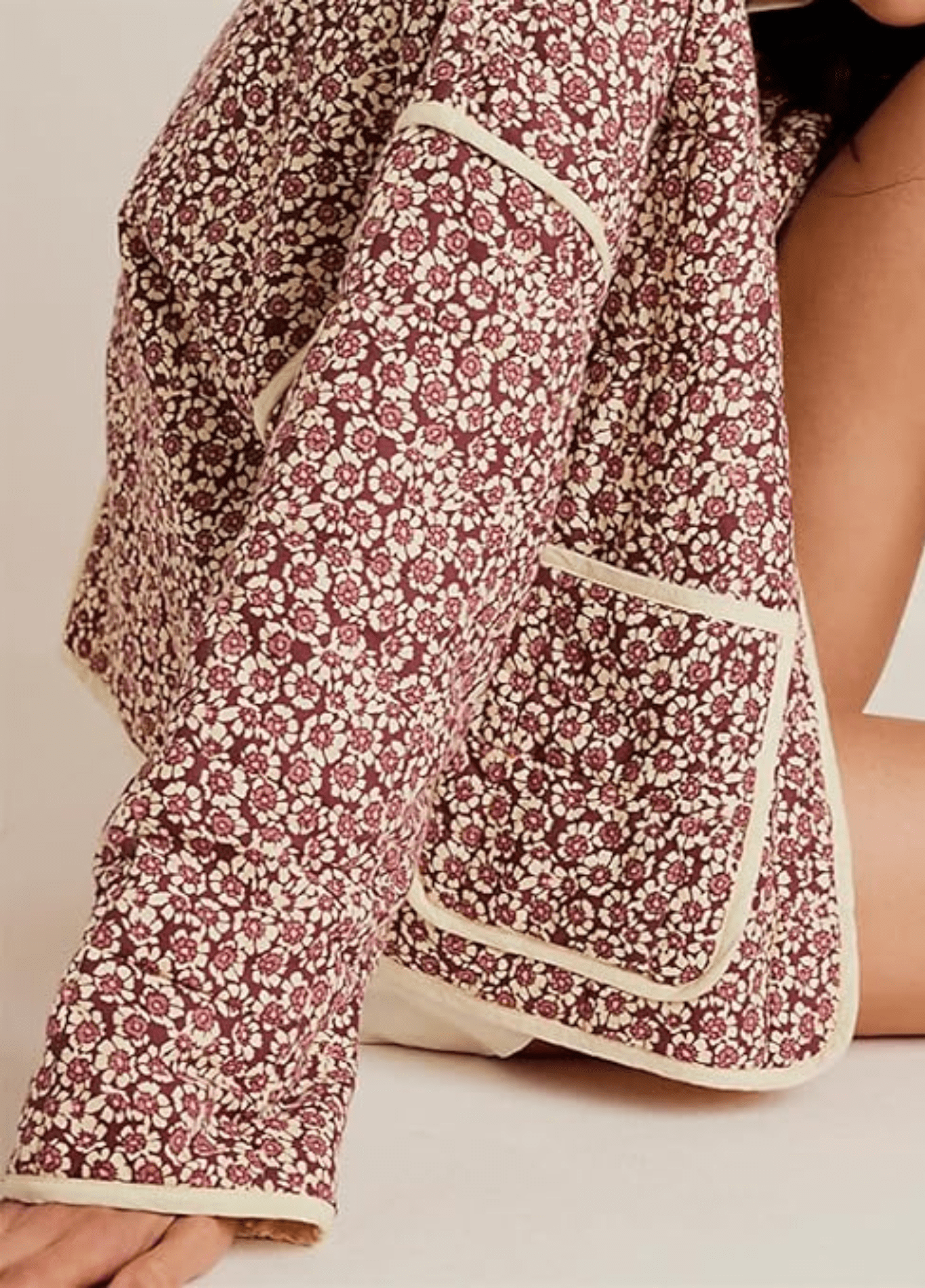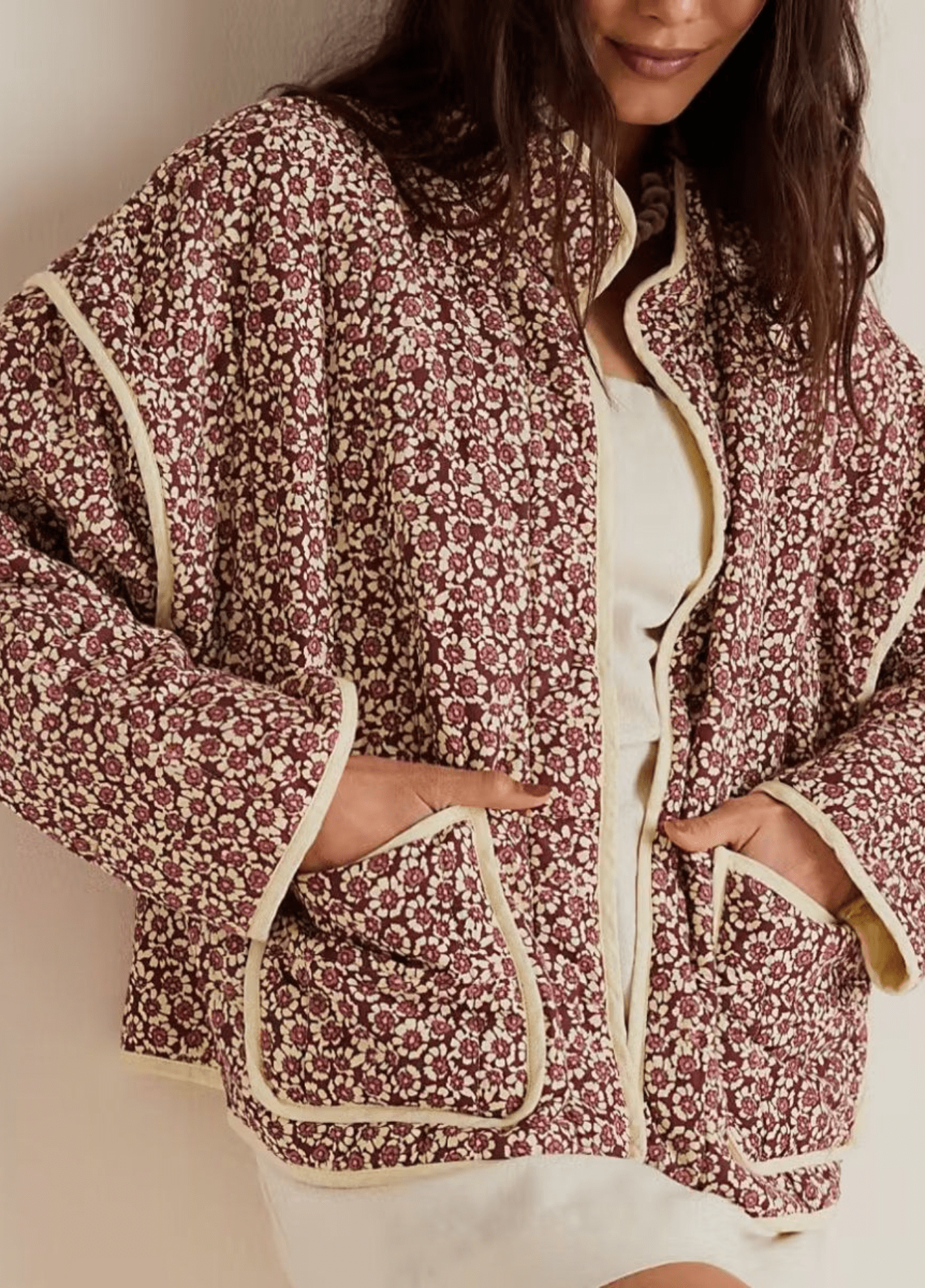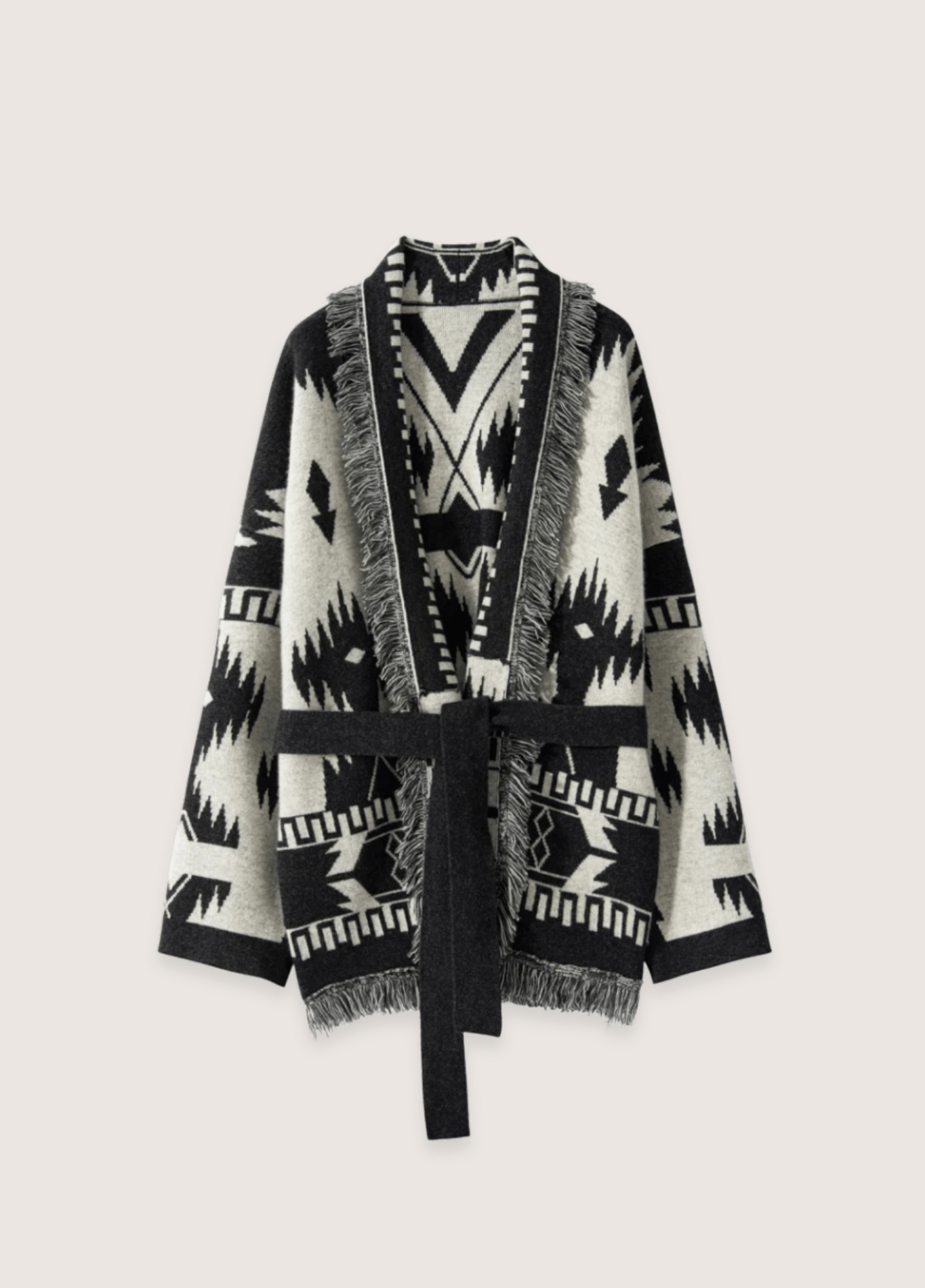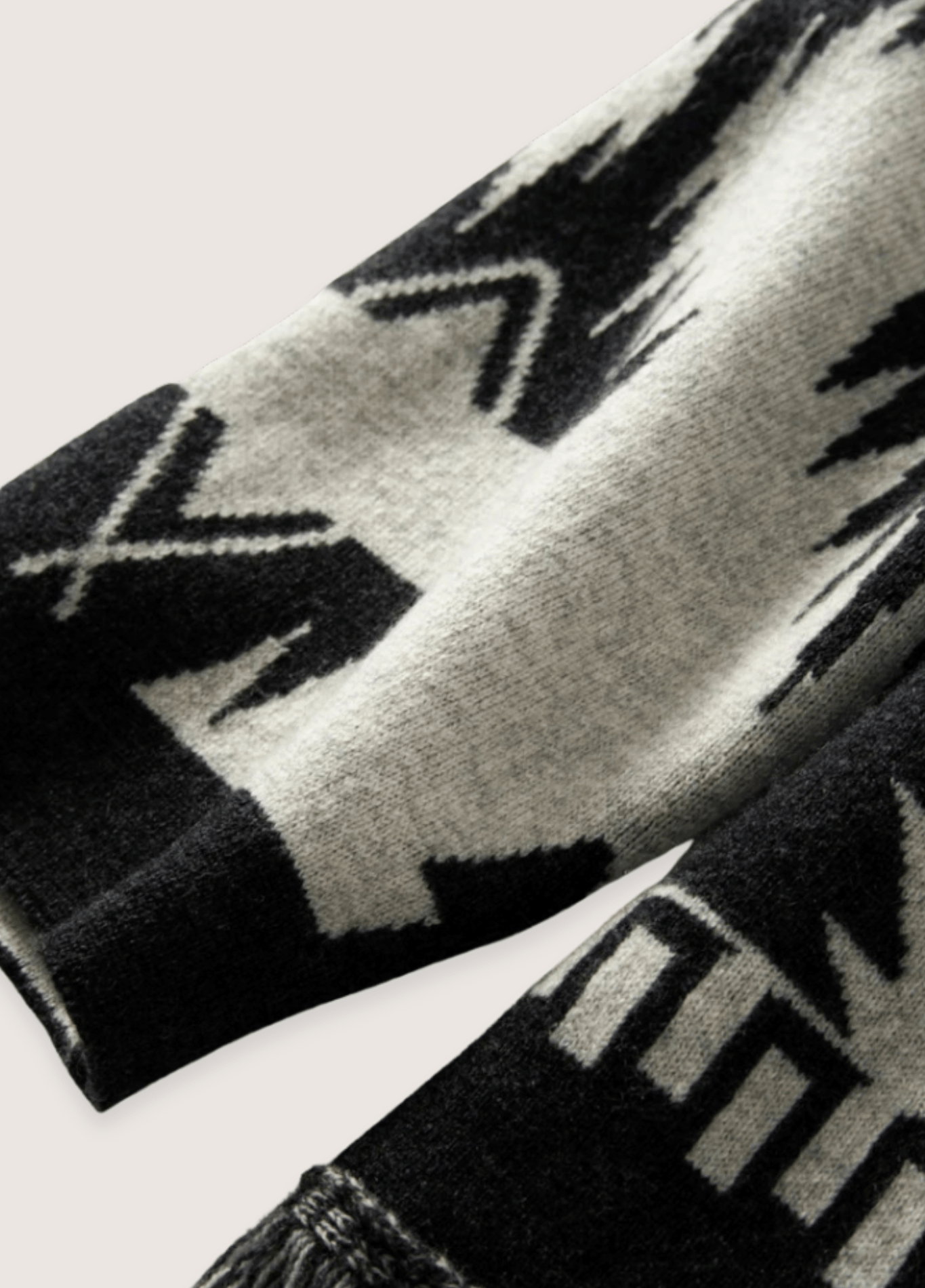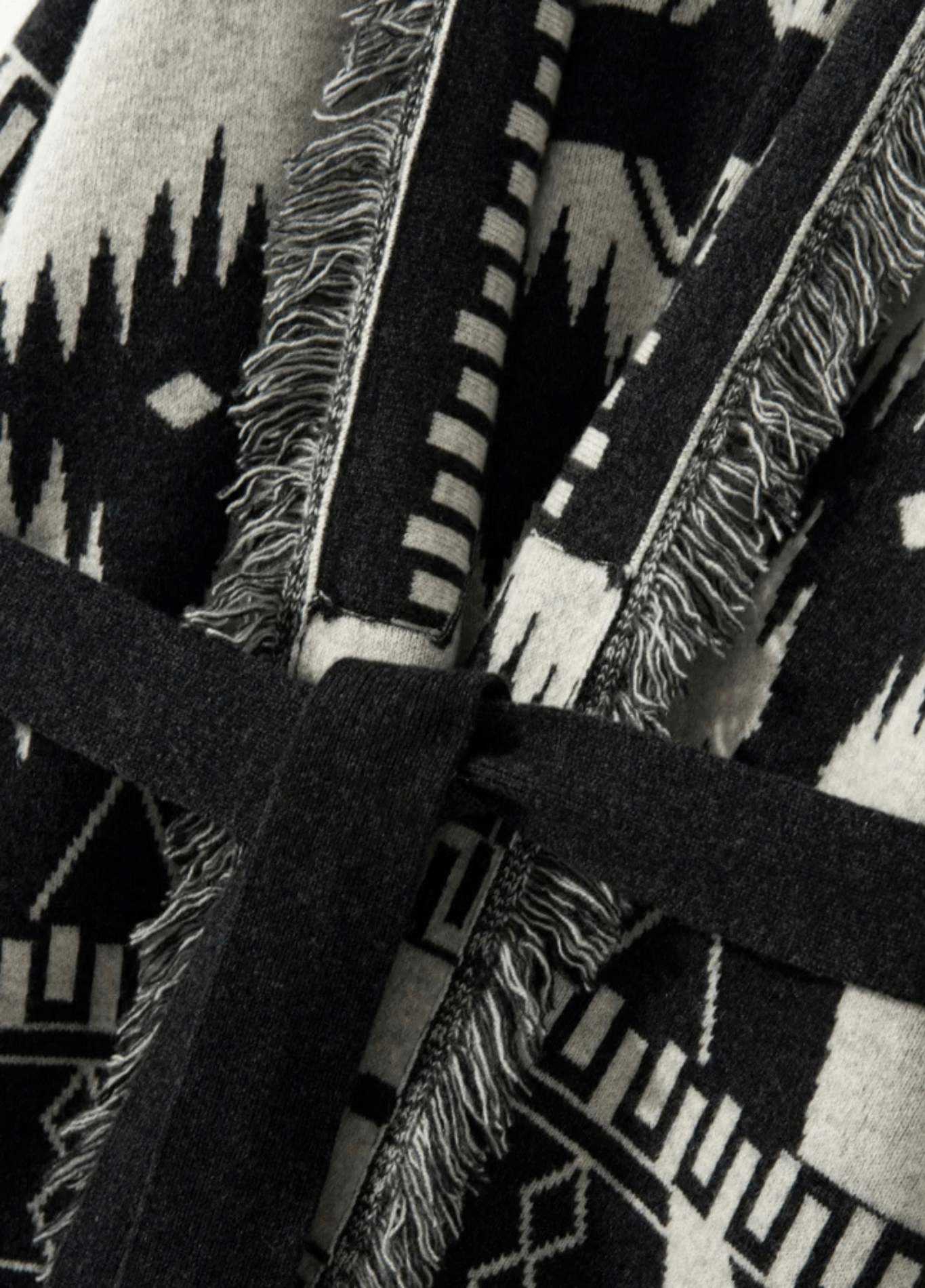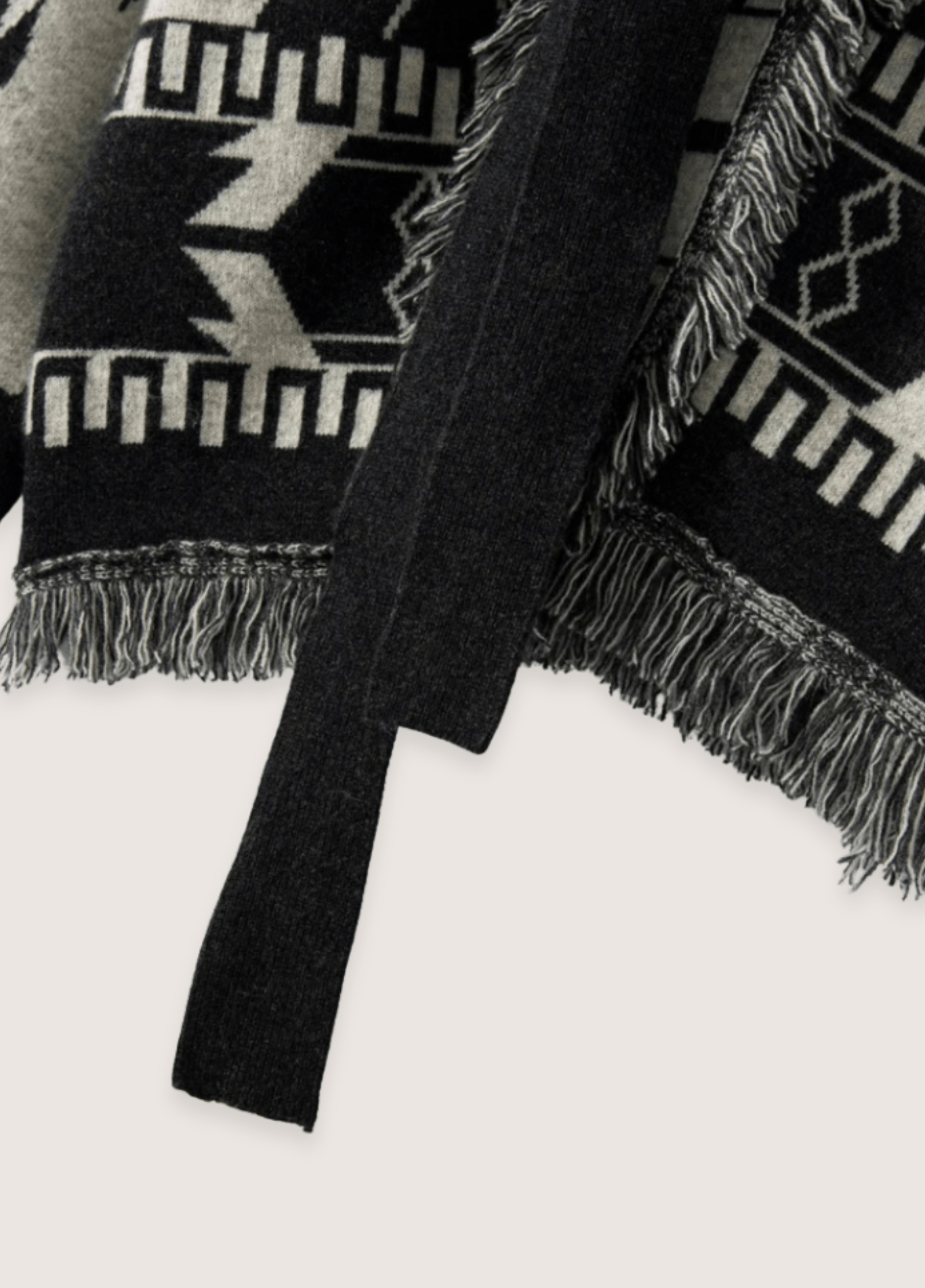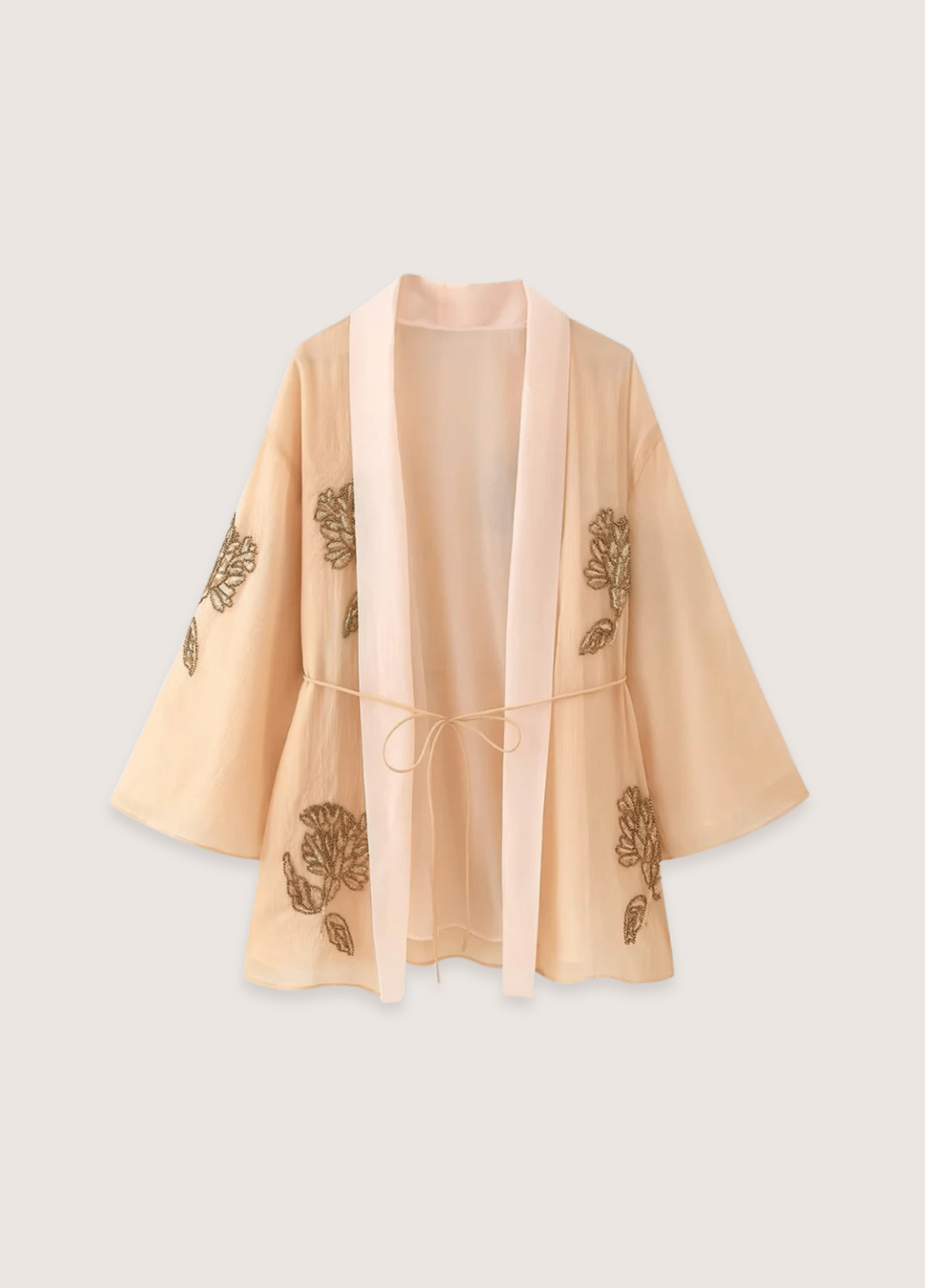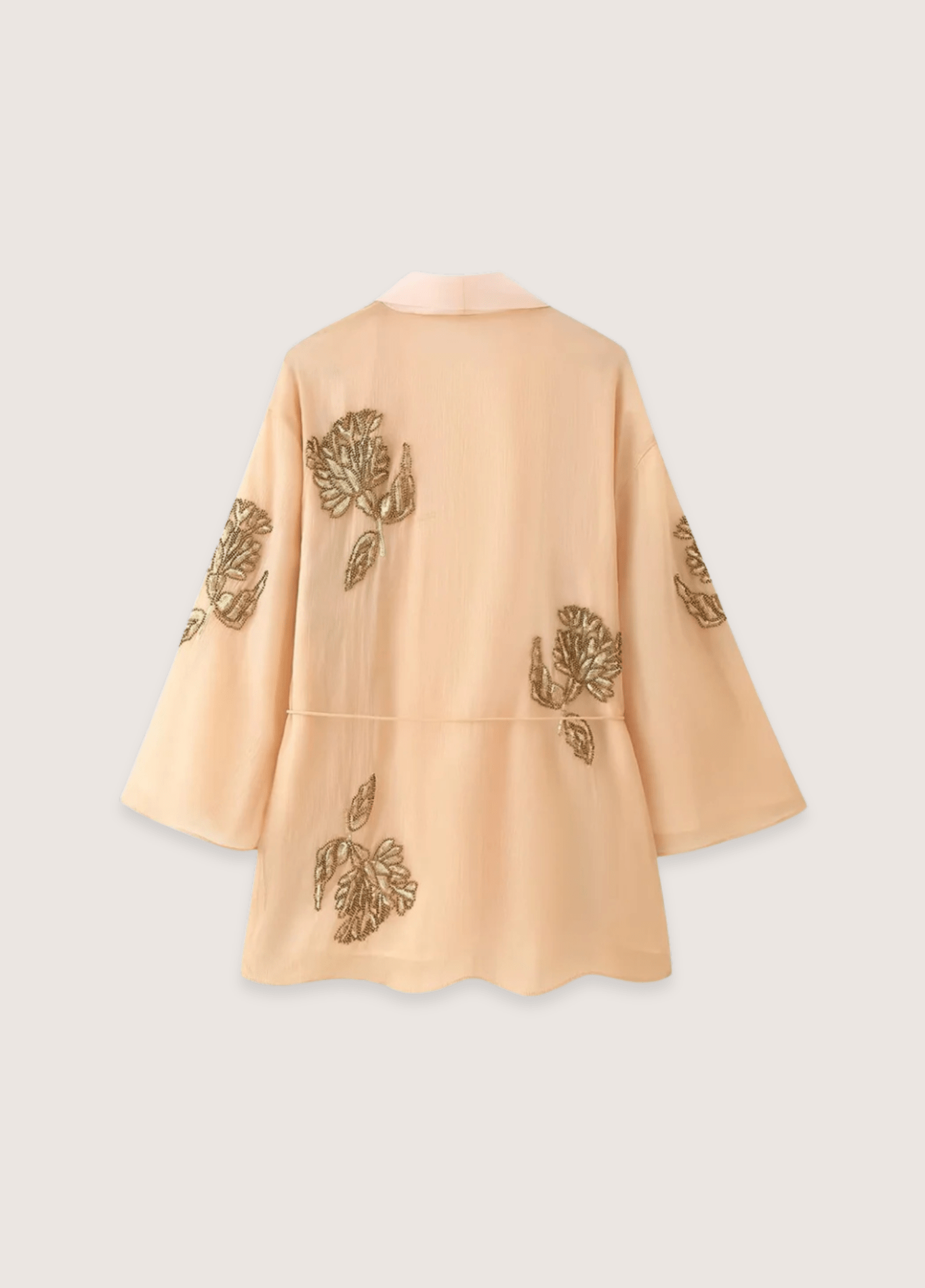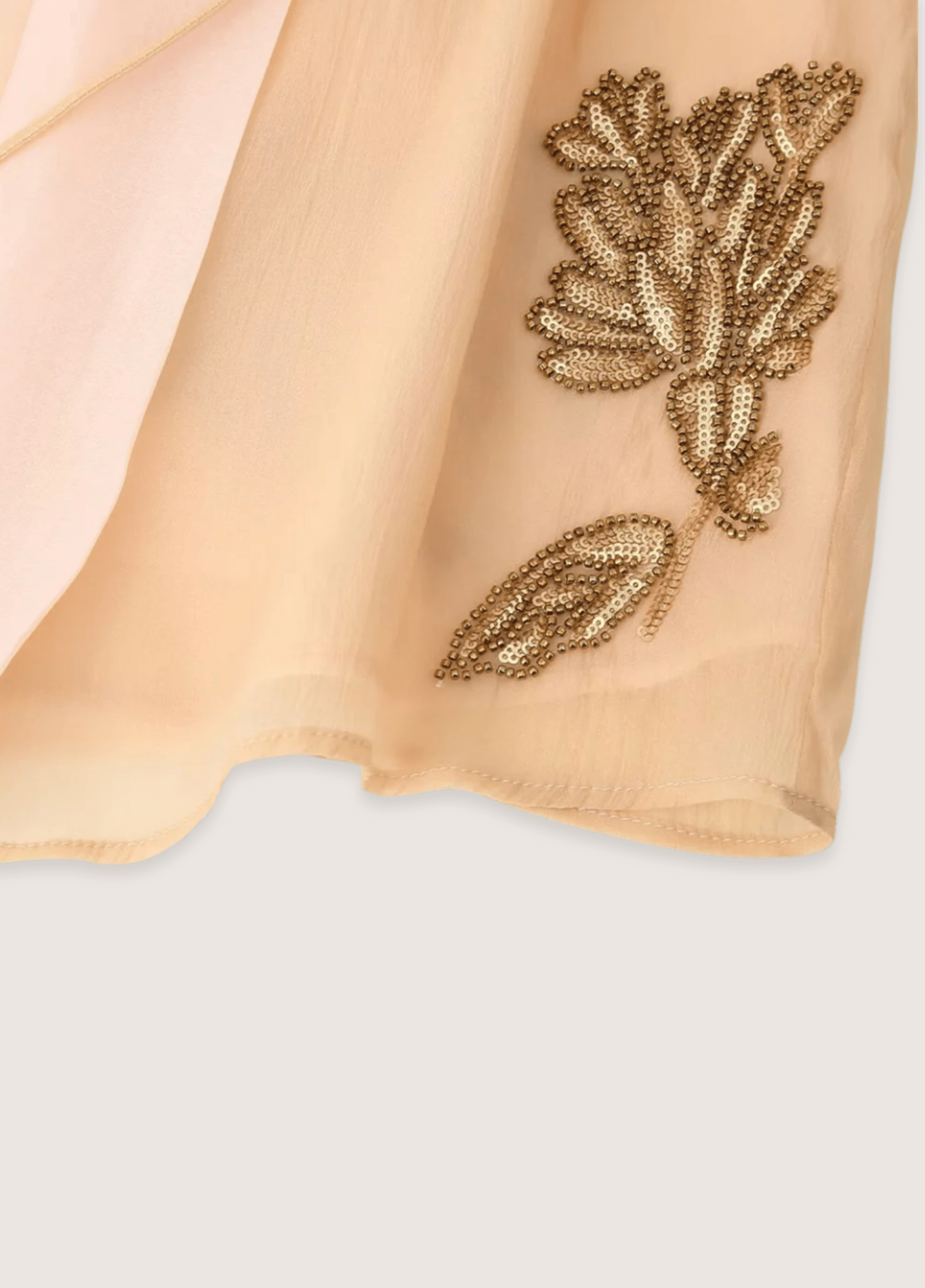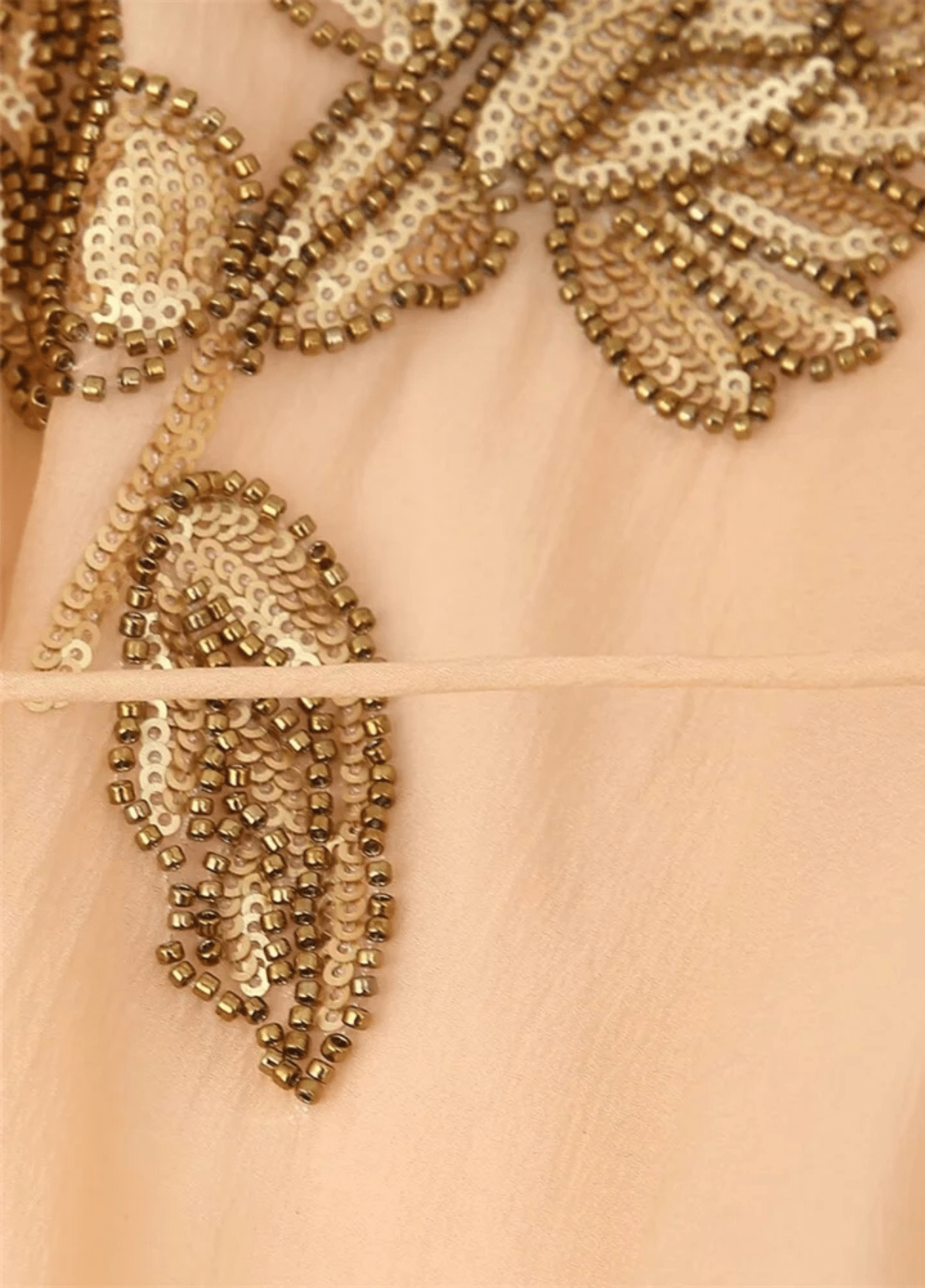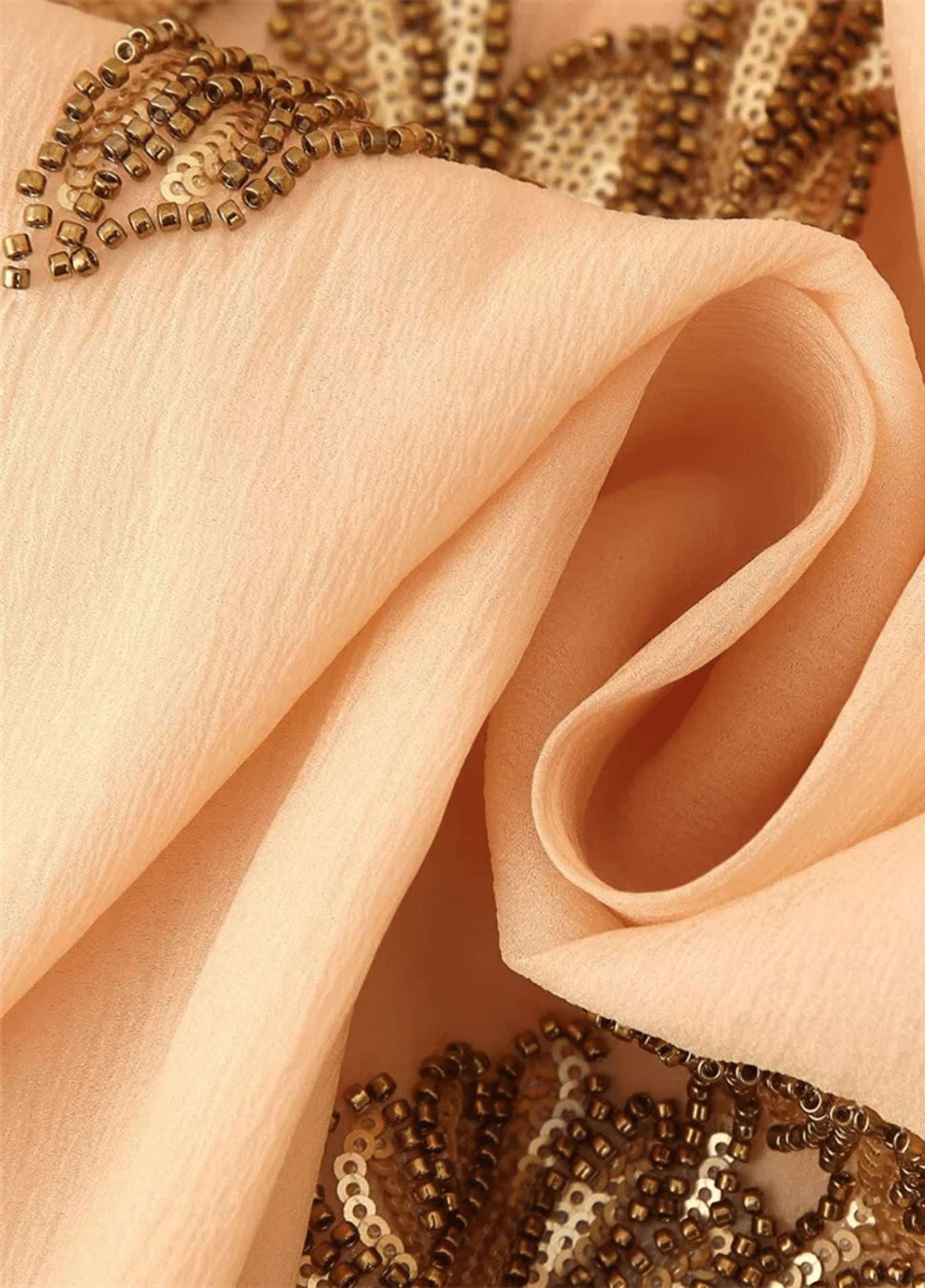Putting on a kimono is like performing a traditional Japanese dance: every gesture counts, every fold is important, and the final beauty lies in the perfection of the details. This age-old clothing tradition, a true art of refinement , requires patience, precision and respect. Whether you are preparing for a tea ceremony, a traditional wedding or simply fascinated by Japanese culture, discover the ancestral art of wearing a kimono.
Summary :
Kimono Essentials: Your Beauty Arsenal
The Art of Dressing: A Precise Step-by-Step Ritual
The Intricate Art of Tying the Obi: The Moment of Truth
The art of adapting your kimono to the seasons
Kimono Etiquette: Wearing with Grace
Expert tips for a perfect fit
Harmony in tradition
Kimono Essentials: Your Beauty Arsenal
Before you begin your transformation into an elegant ( bijin ), make sure you have all the necessary items. Each piece plays a crucial role in the final harmony of your outfit:
The main elements
- The nagajuban : traditional underwear that protects the kimono and ensures a smooth silhouette
- The main kimono : choose it according to the occasion and the season
- The eri-shin : insert for the collar, essential for maintaining its perfect shape
- The obi : the main belt, a true work of art in itself
Obi accessories
- The obi-ita : rigid plate to smooth the surface of the obi
- The obi-makura : special cushion giving shape to the knot of the obi
- The obijime : decorative cord that holds the whole thing together
- The obiage : a delicate piece of silk to drape the obi
Foot accessories
- Tabi : traditional white socks with a distinctive look
- Zori : traditional sandals, the perfect choice to complete your outfit
 A woman wearing tabi and zori
A woman wearing tabi and zori
The Art of Dressing: A Precise Step-by-Step Ritual
1. Preparation: nagajuban
Nagajuban is your first step towards elegance:
- Start with a thin cotton underlay
- Place the left side on the right (absolute rule: never the other way around)
- Adjust the length so that it hits exactly at the ankles
- Make sure the collar is perfectly aligned
2. The main kimono: the art of layering
1. Put on the kimono delicately- The collar should be slightly spread at the back of the neck
- Create the ohashori (waist pleat) of about 15 cm
- Check the perfect alignment of the seams
- The edges of the kimono must be strictly parallel to the ground
- The sleeves should fall gracefully.
- The bottom of the kimono should touch the ankles.
The Intricate Art of Tying the Obi: The Moment of Truth
The obi is more than just a belt - it is the jewel of your kimono. Tying it is an art in itself:
The preparation
- Position the obi-ita precisely
- Smooth out each fold carefully
- Prepare the obi-makura according to the desired style
The knotting
- Wrap the obi around the waist starting at the center
- Create the necessary folds for the chosen style
- Form the knot with patience and precision
- Add the obijime to secure the assembly
- Complete with obiage for an elegant finish
The Golden Rules: The Commandments of Kimono
- The sacred rule of left over right : an inviolable principle
- The harmony of the neck : neither too open nor too closed
- Perfect symmetry : essential for elegance
- Absolute parallelism : a guarantee of refinement
- Precise fit : the key to comfort and elegance
The art of adapting your kimono to the seasons
The kimono celebrates the Japanese seasons with a particular sensitivity:
Spring (春 - Haru)
- Cherry blossom and plum blossom patterns
- Soft and pastel colors
- Medium silk fabrics
Summer (夏 - Natsu)
- Lightweight cotton yukata
- Water, wave, fan patterns
- Bright and refreshing colors
Autumn (秋 - Aki)
- Warm tones of maple and chrysanthemum
- Thicker fabrics
- Sophisticated patterns
Winter (冬 - Fuyu)
- Lined kimonos for extra warmth
- Deep, rich colors
- Pine and bamboo patterns
 A woman wearing a kimono on the streets of Kyoto
A woman wearing a kimono on the streets of Kyoto
Kimono Etiquette : Wearing with Grace
The posture
- Straight but natural back
- Shoulders relaxed
- Head slightly lowered
The movements
- Walk in small, elegant steps
- Measured and fluid gestures
- Graceful sleeve support
Expert tips for a perfect fit
1. Preparation
- Allow at least 30 minutes for dressing
- Use a full-length mirror
- Have all your accessories at your fingertips
2. Adjustments
- Check alignment regularly
- Adjust the ohashori according to your height
- Keep the collar in the ideal position
3. Maintenance
- Store your folded kimono properly
- Air it regularly
- Treat stains immediately
Harmony in tradition
Wearing a kimono is an art that requires patience, precision and respect for tradition. Every detail counts in this expression of Japanese beauty. Take the time to learn and practice - mastery will come with experience. The kimono is not just a garment, it is a bridge between the past and the present, a celebration of eternal elegance.
 A Japanese woman wearing a kimono and her obi
A Japanese woman wearing a kimono and her obi
